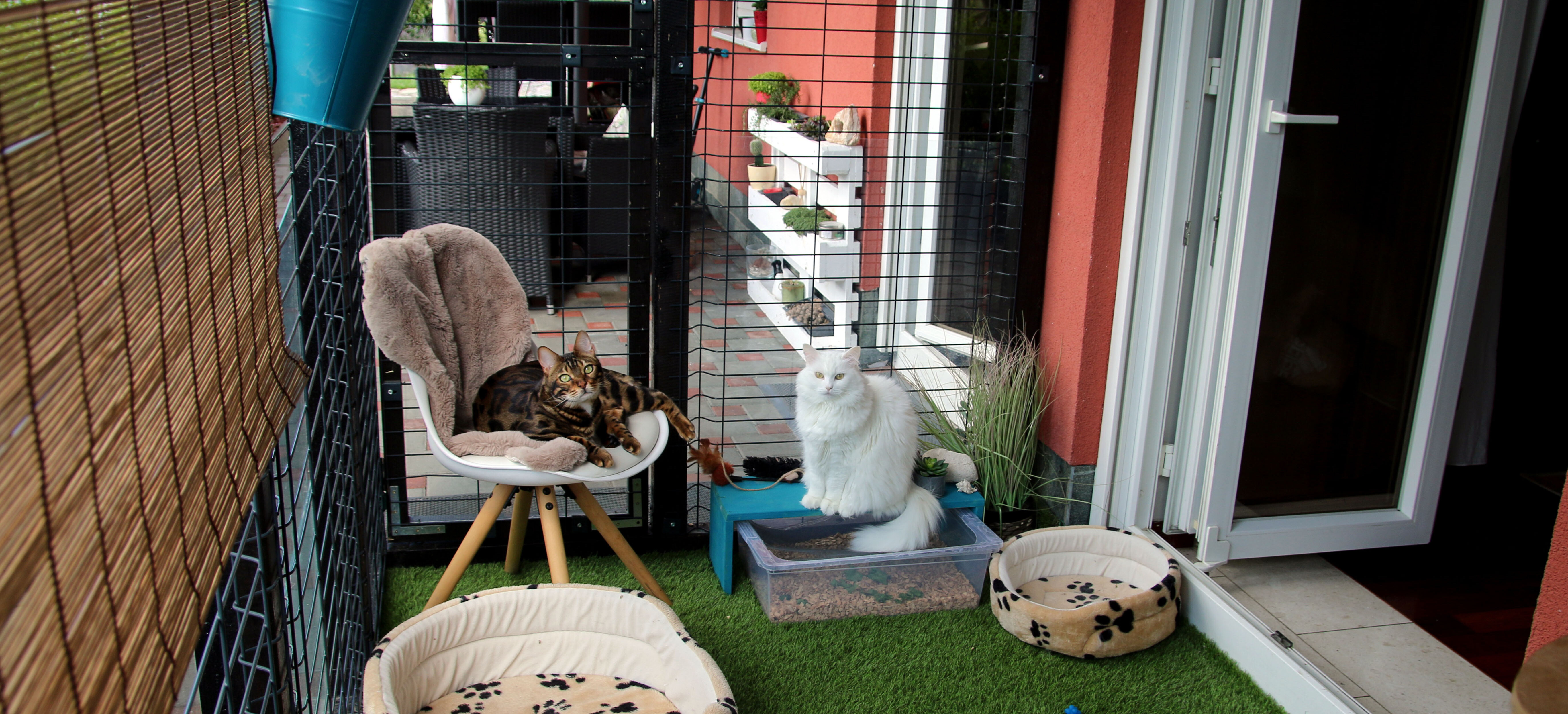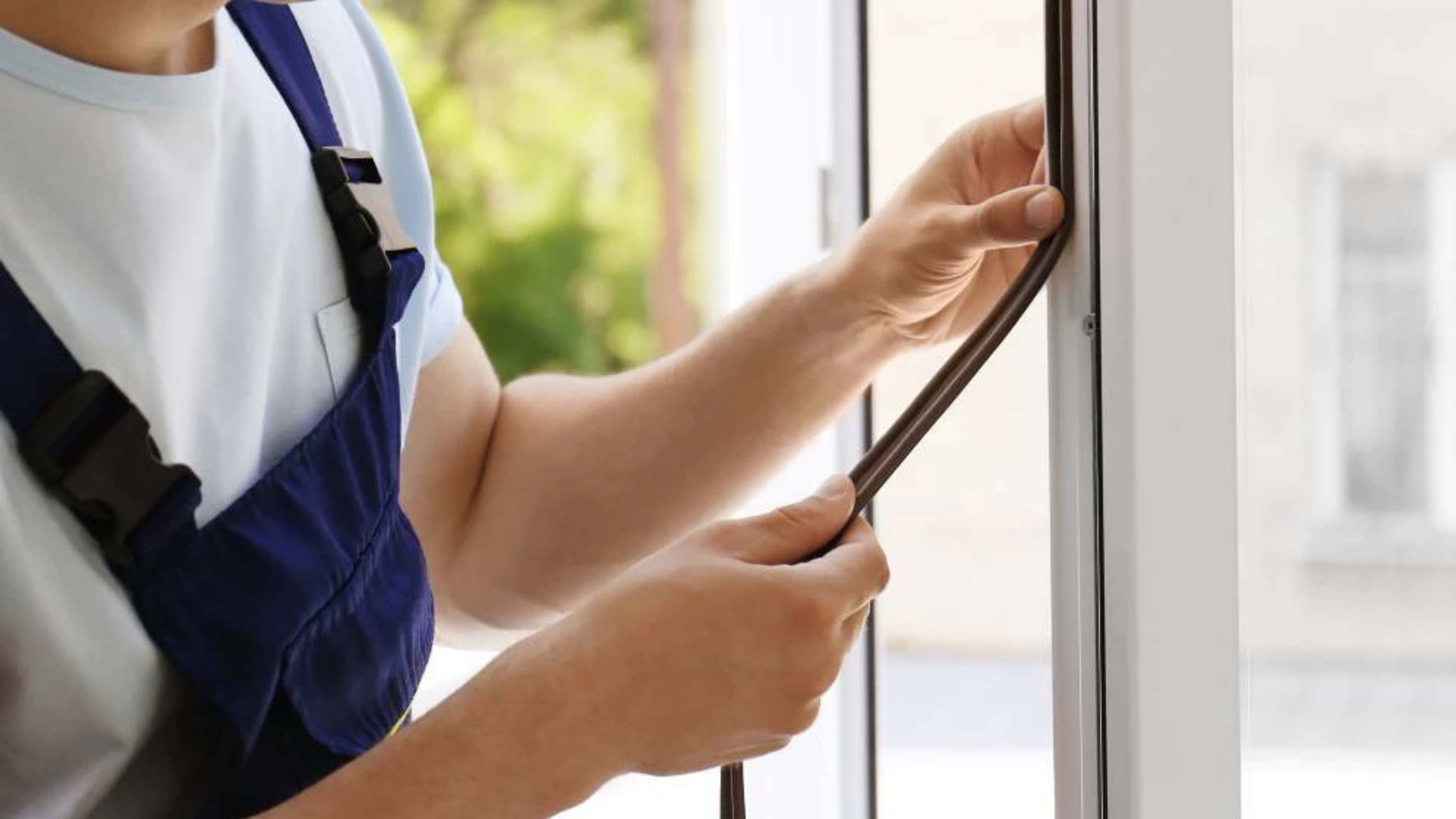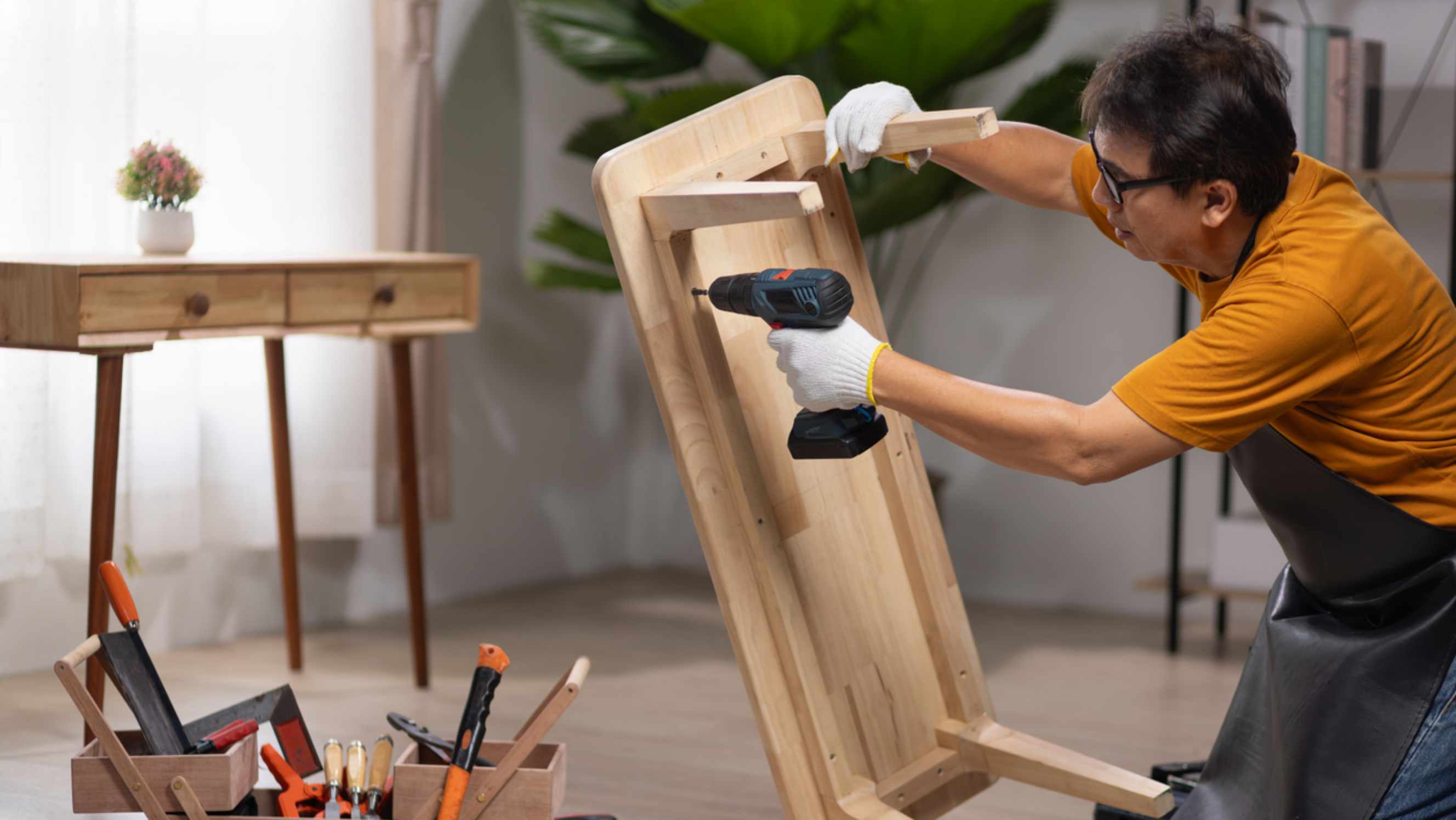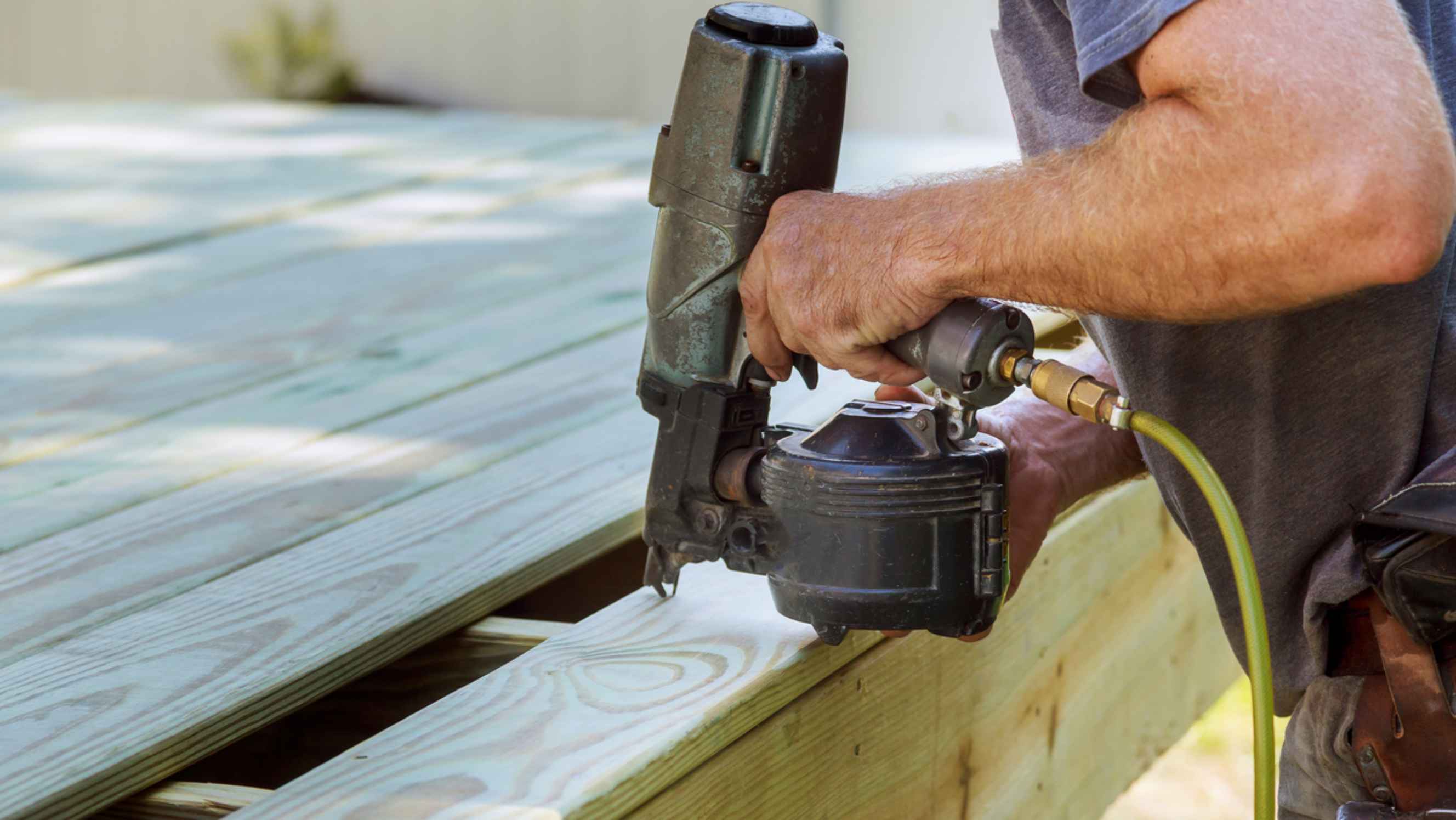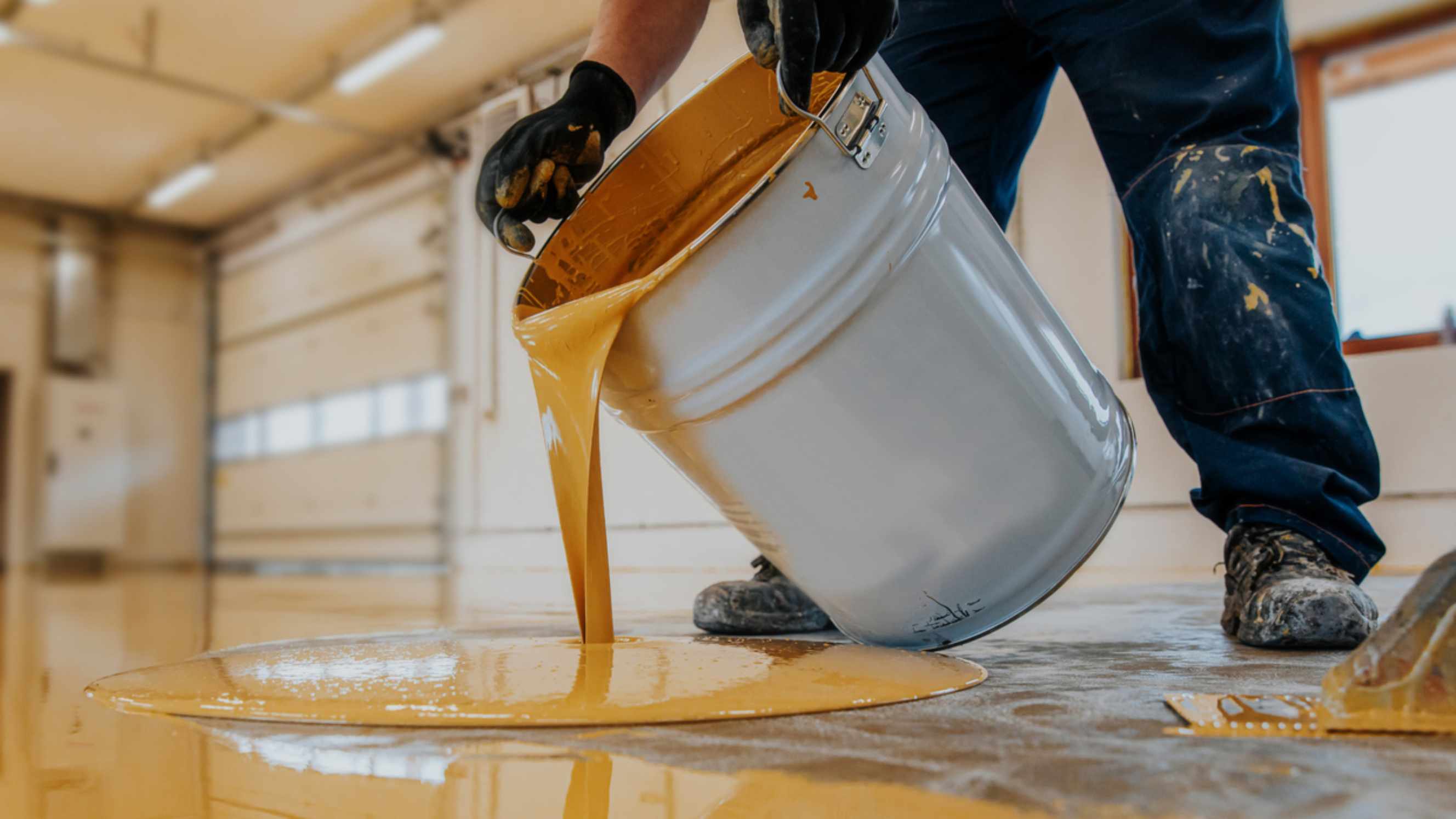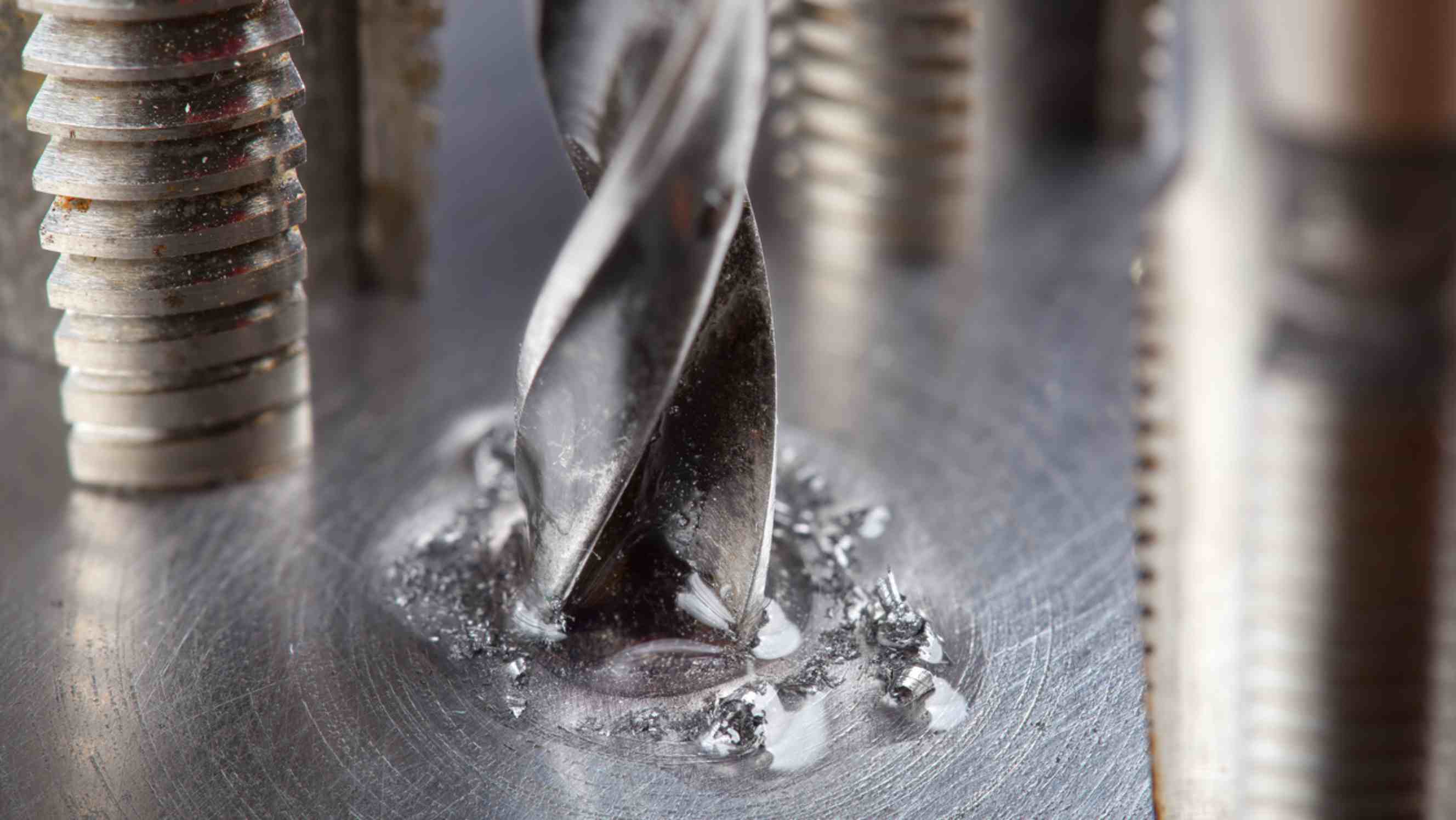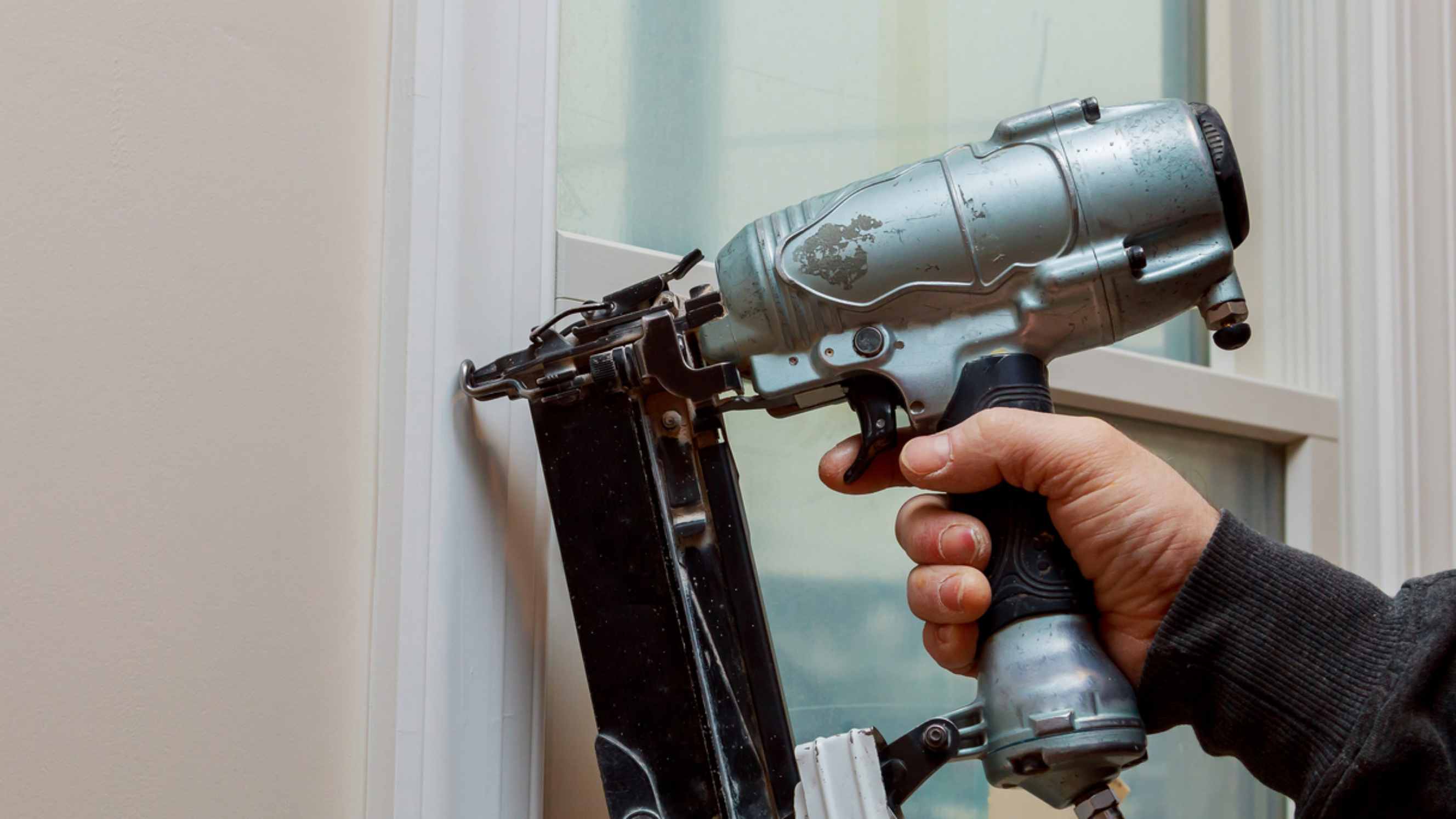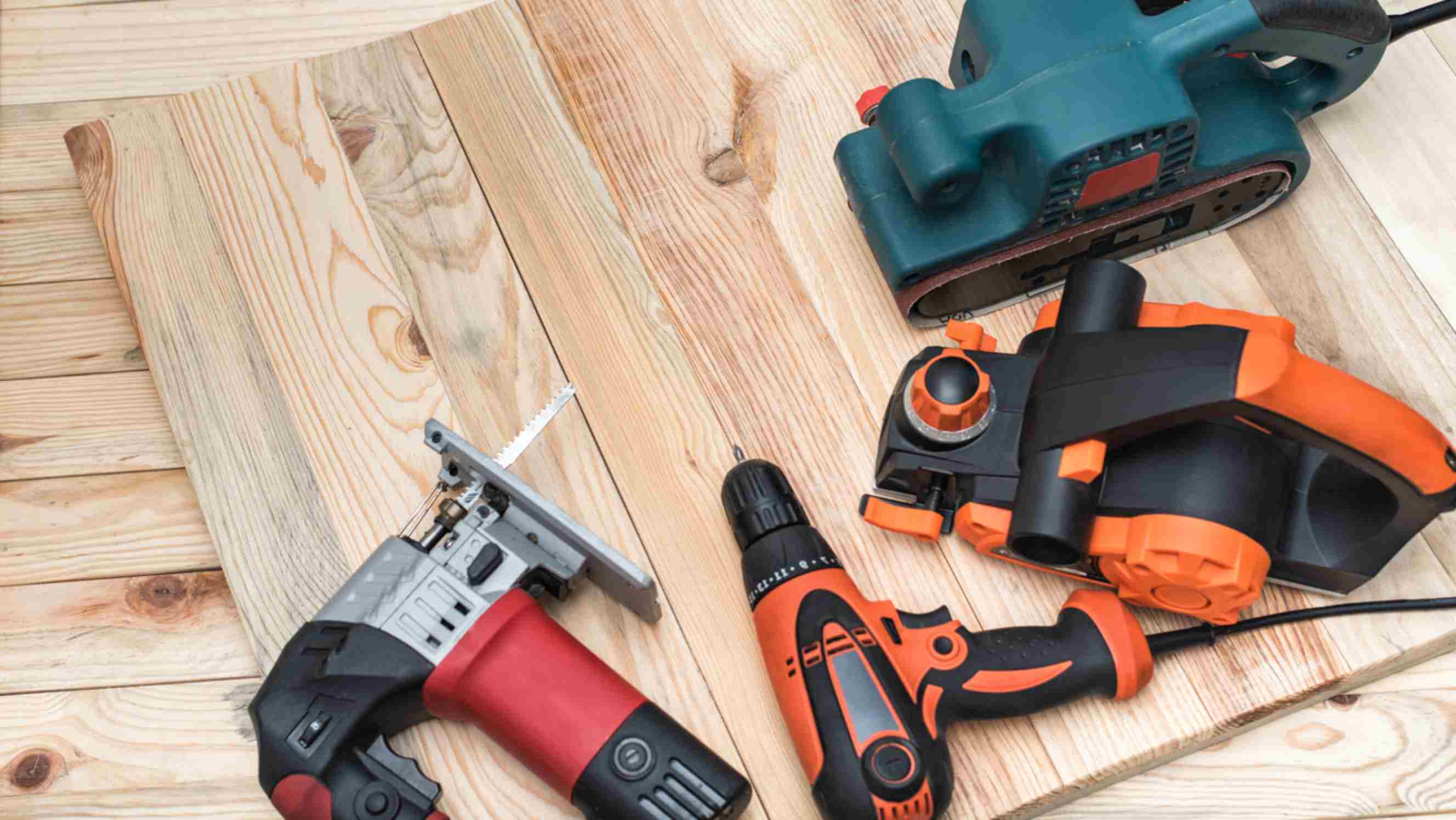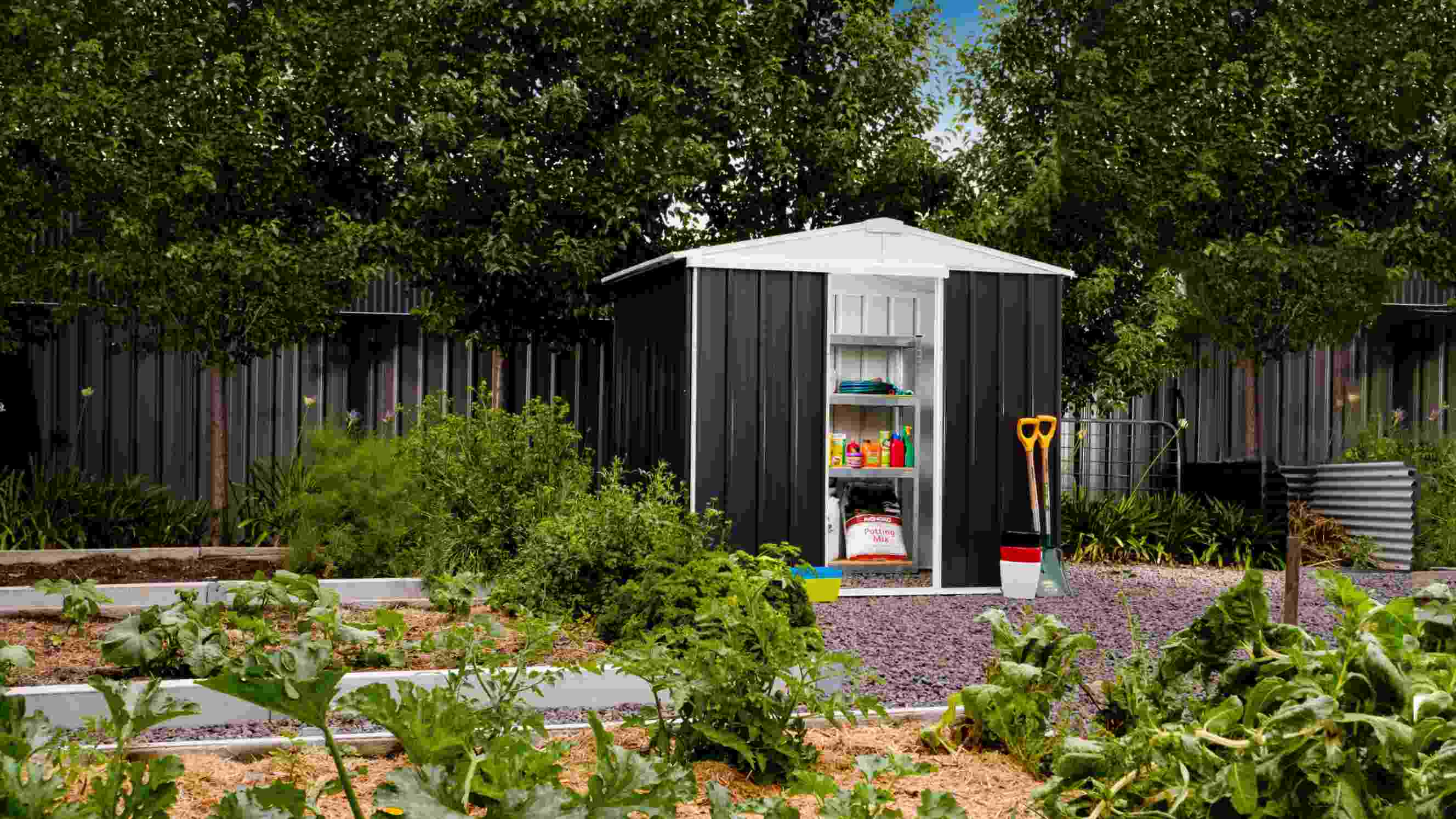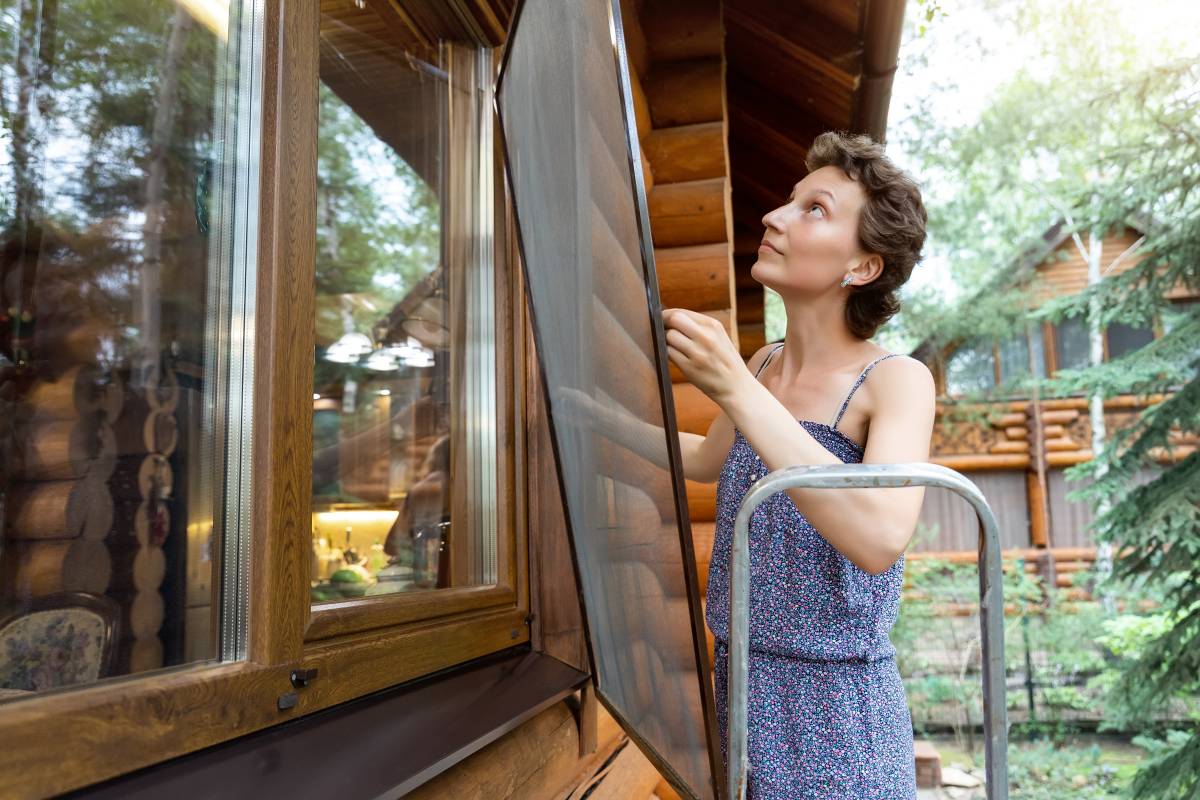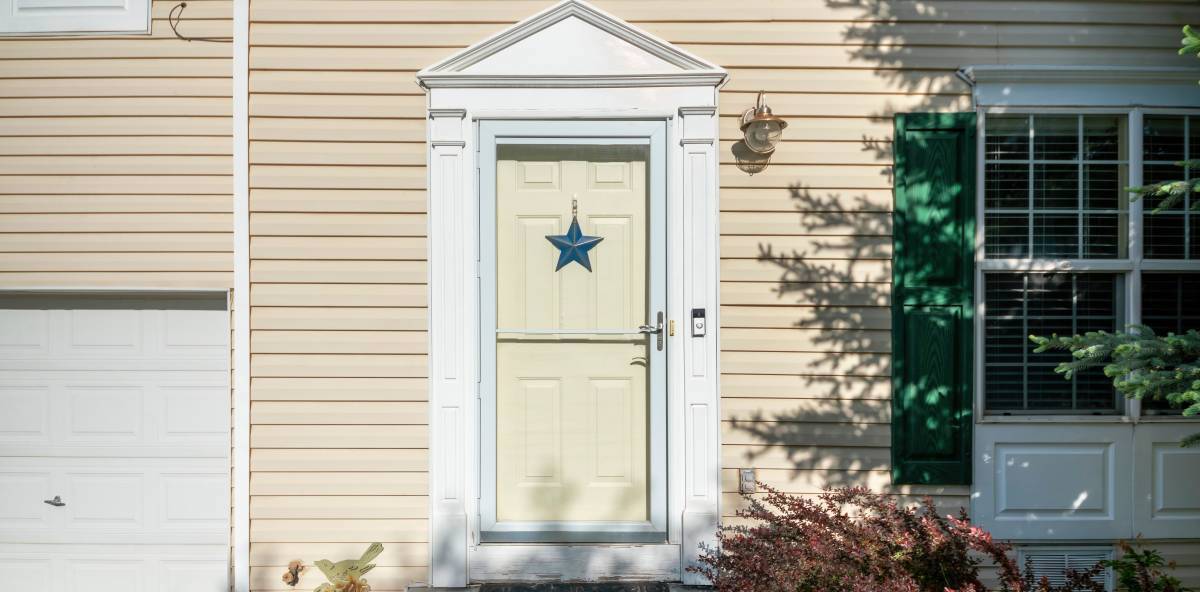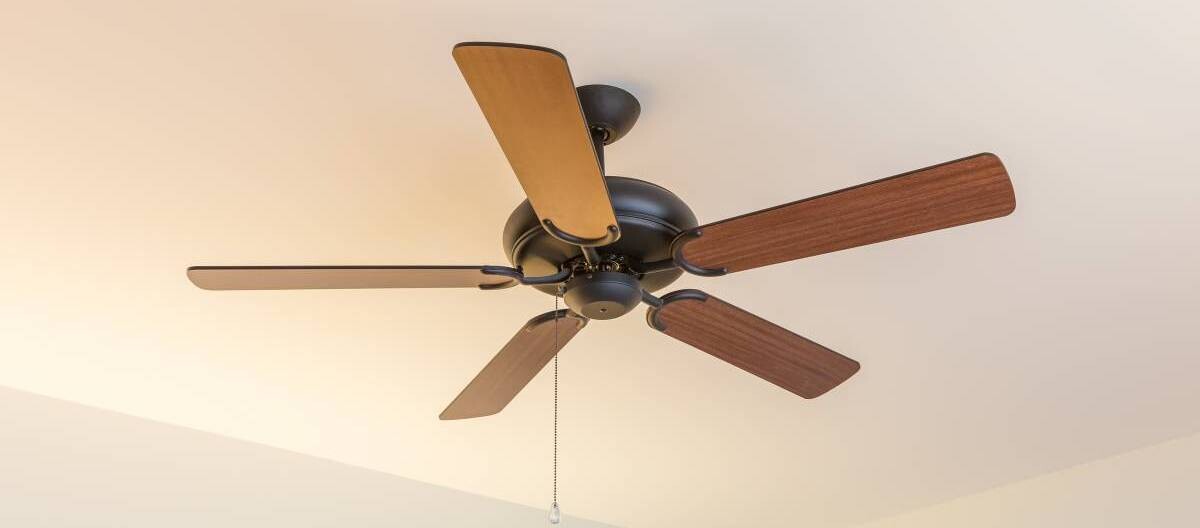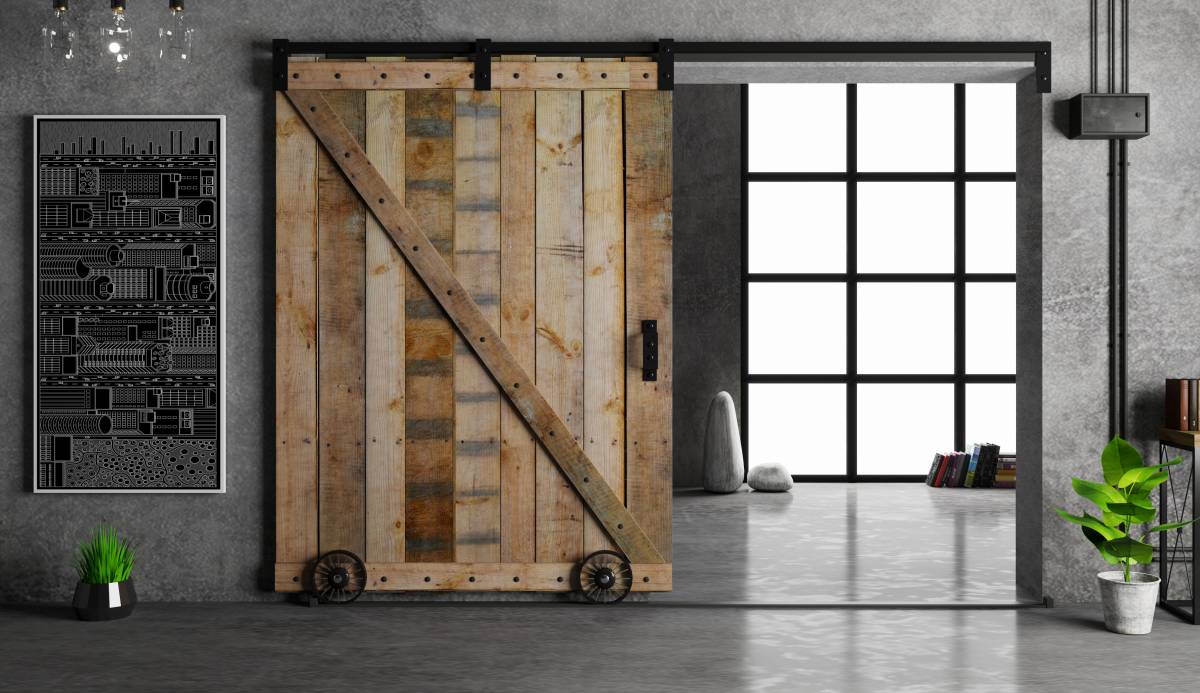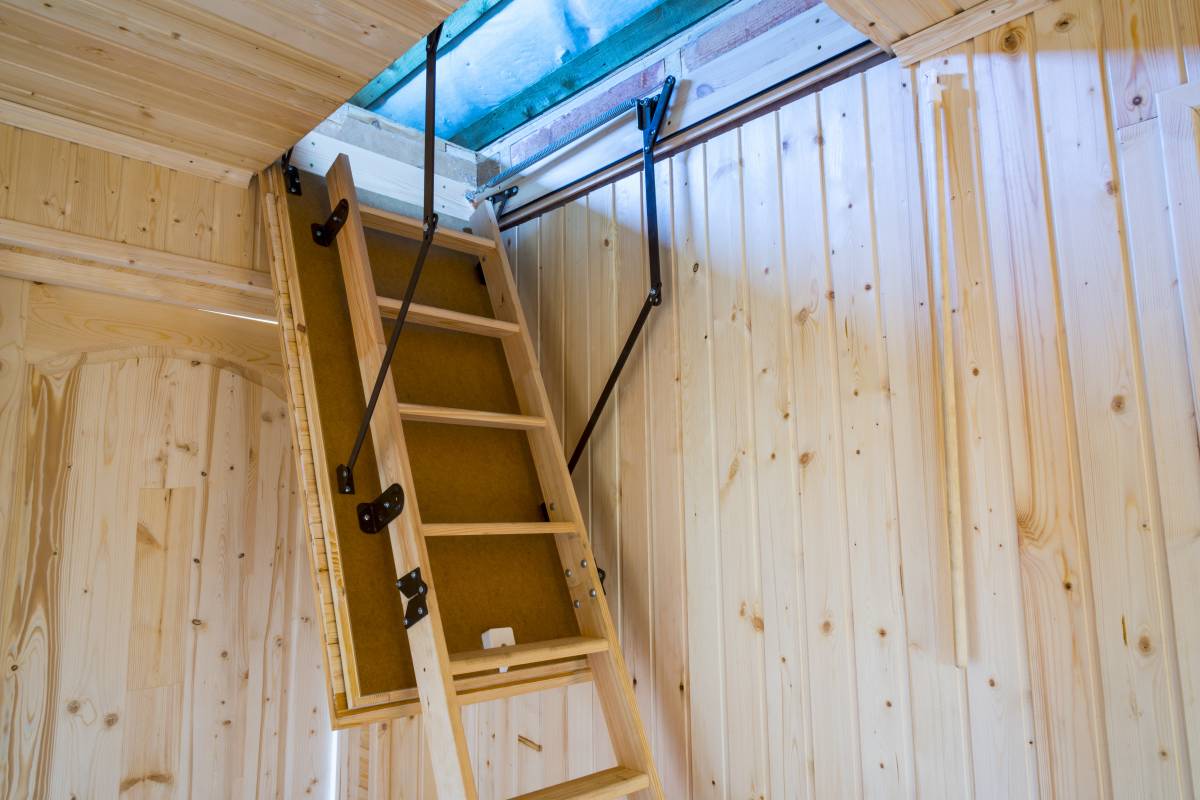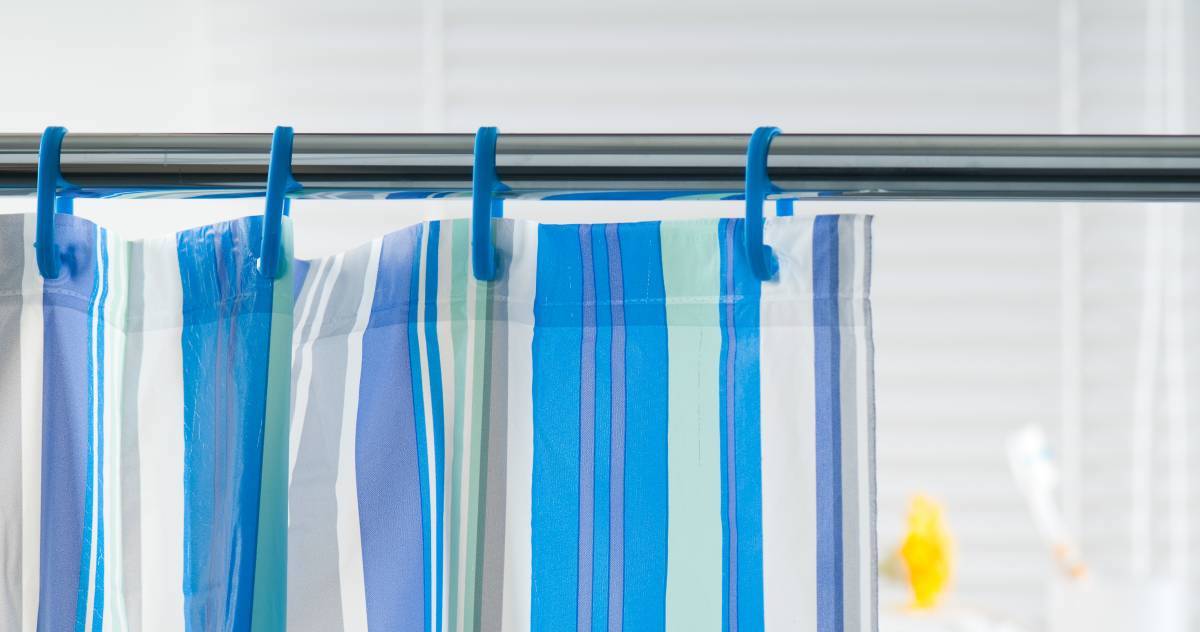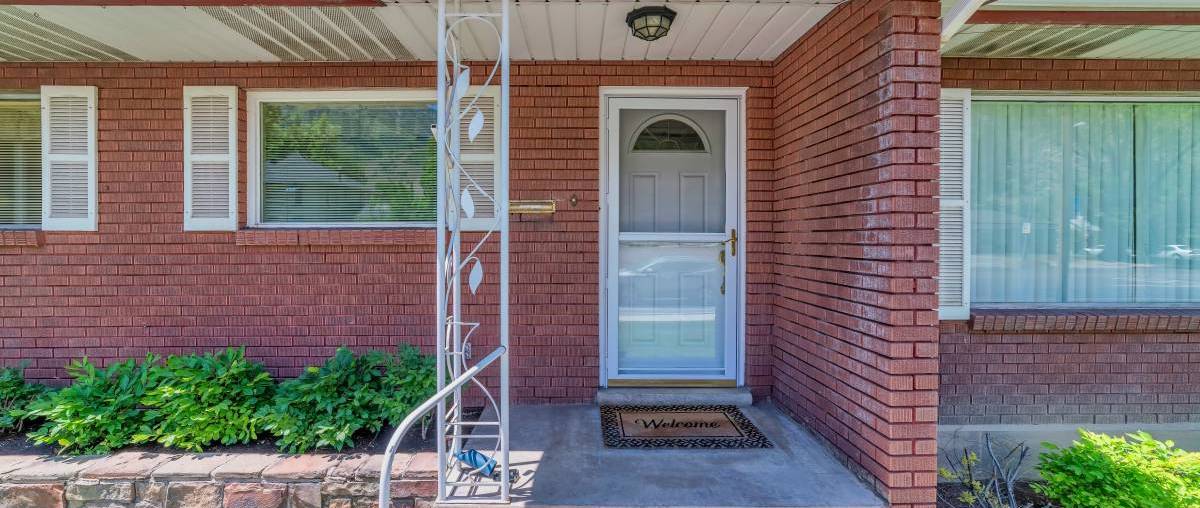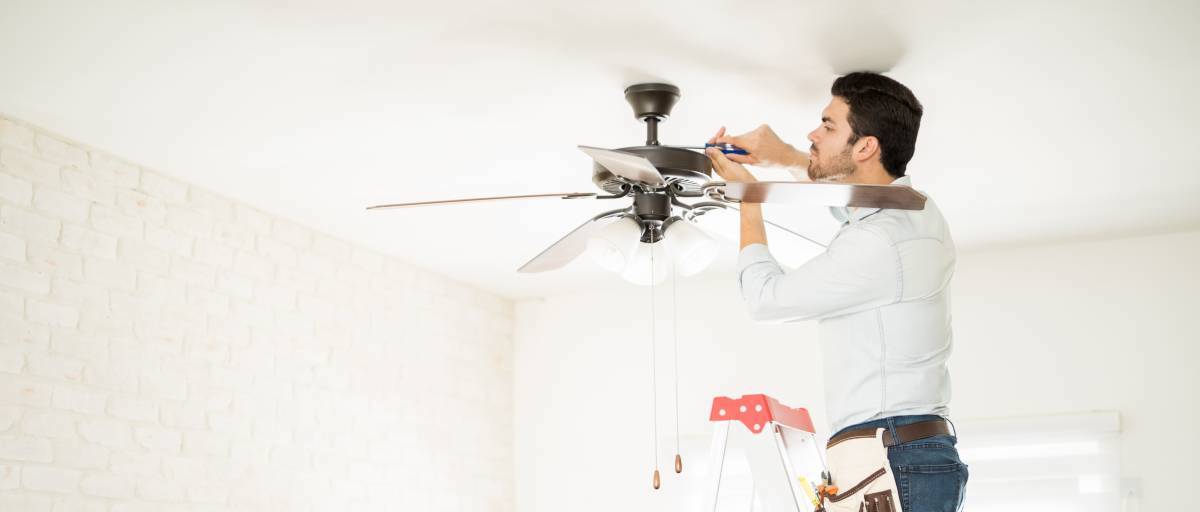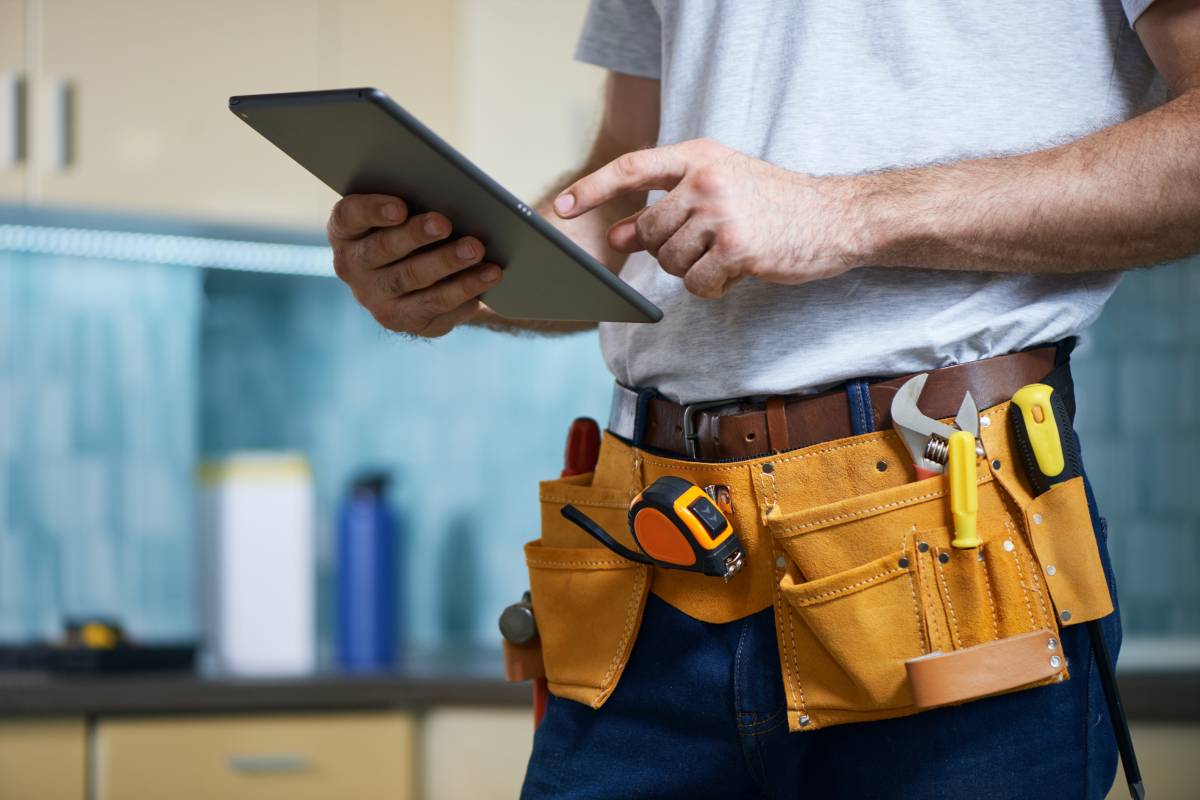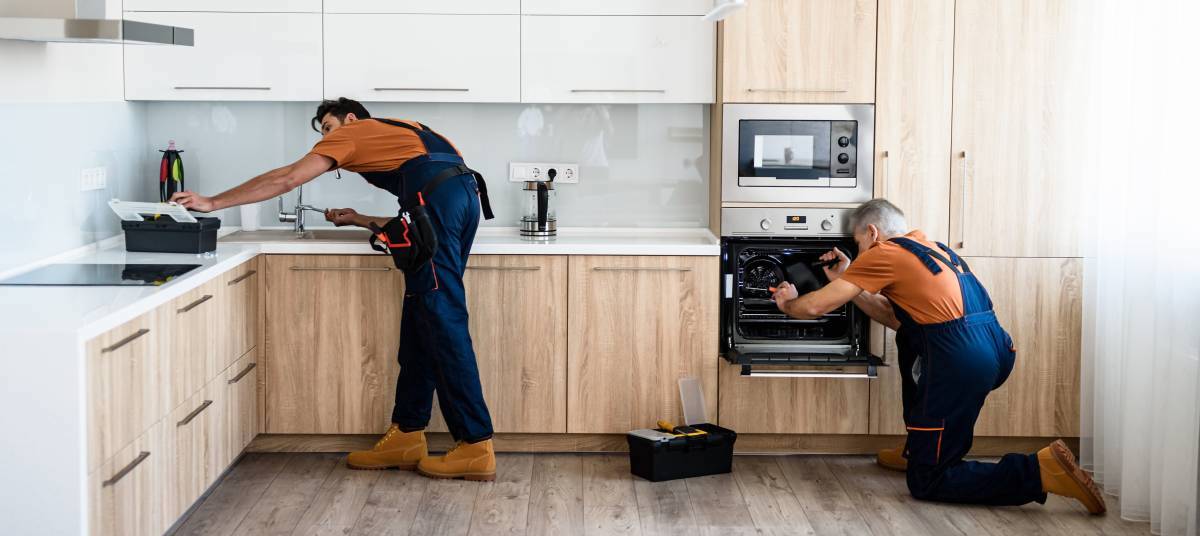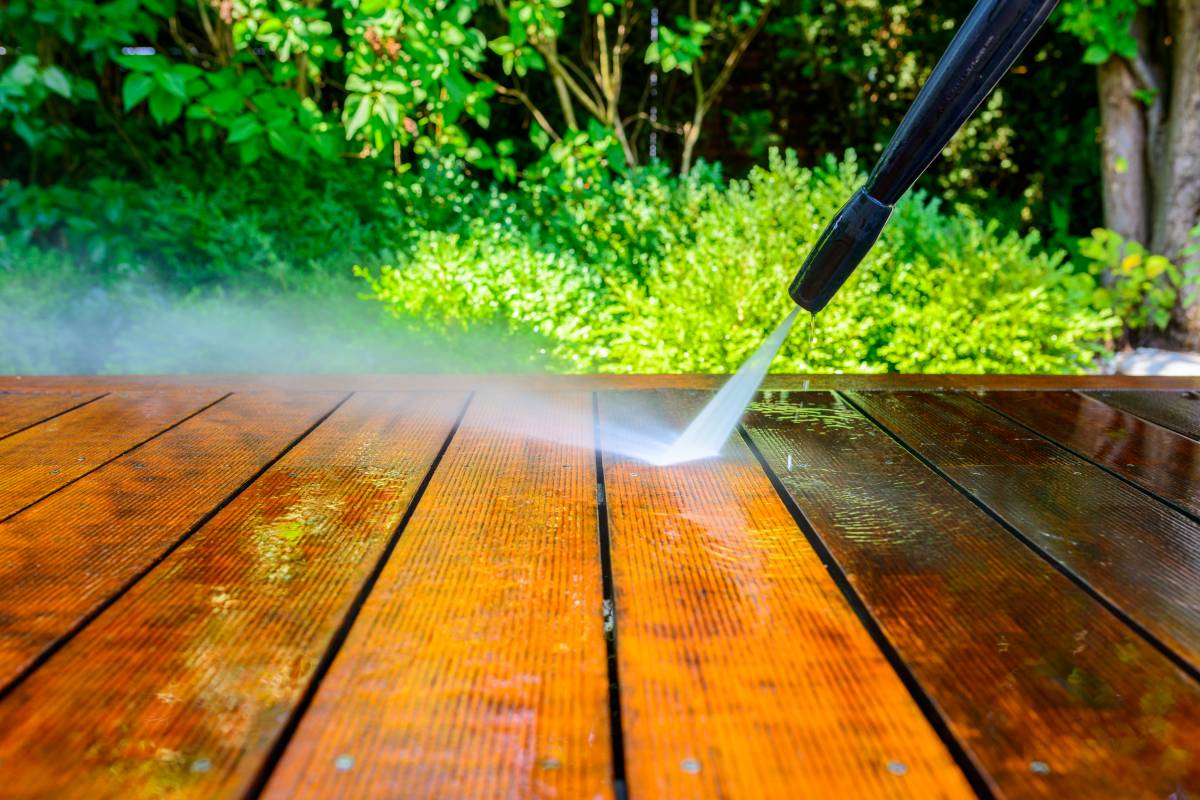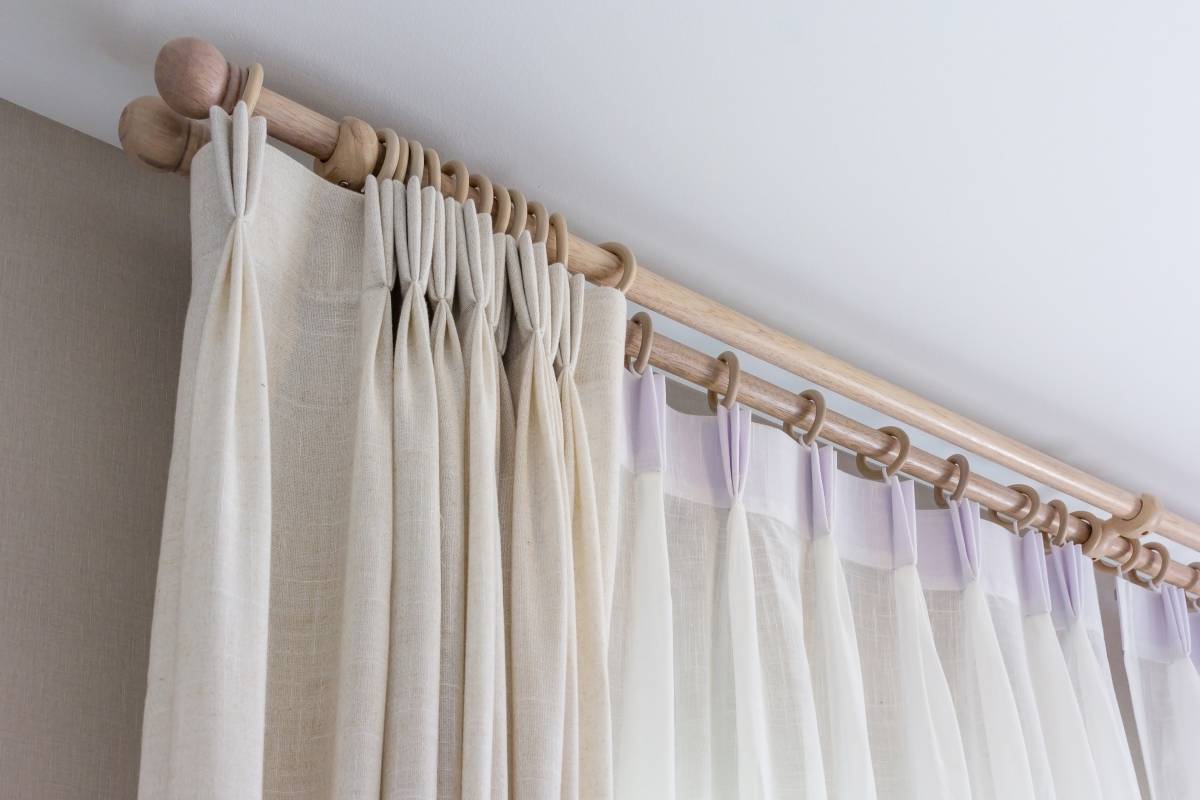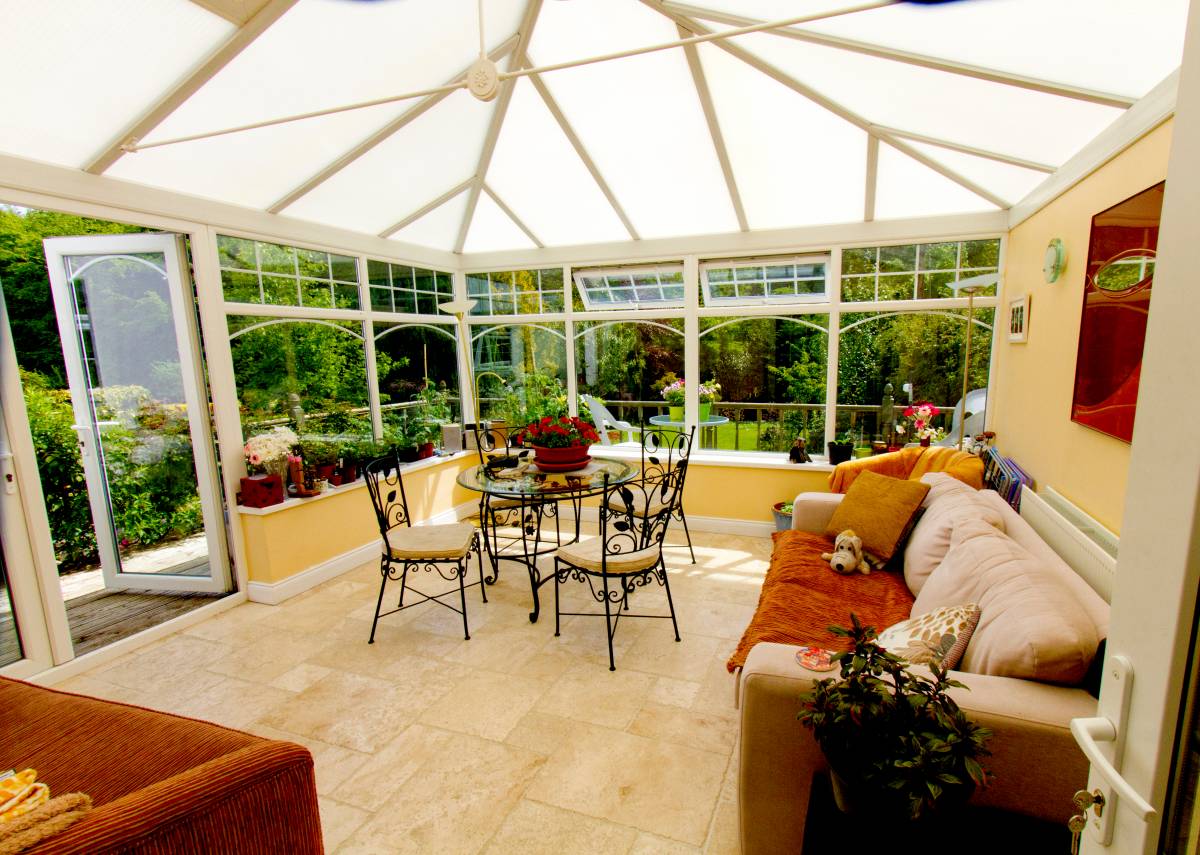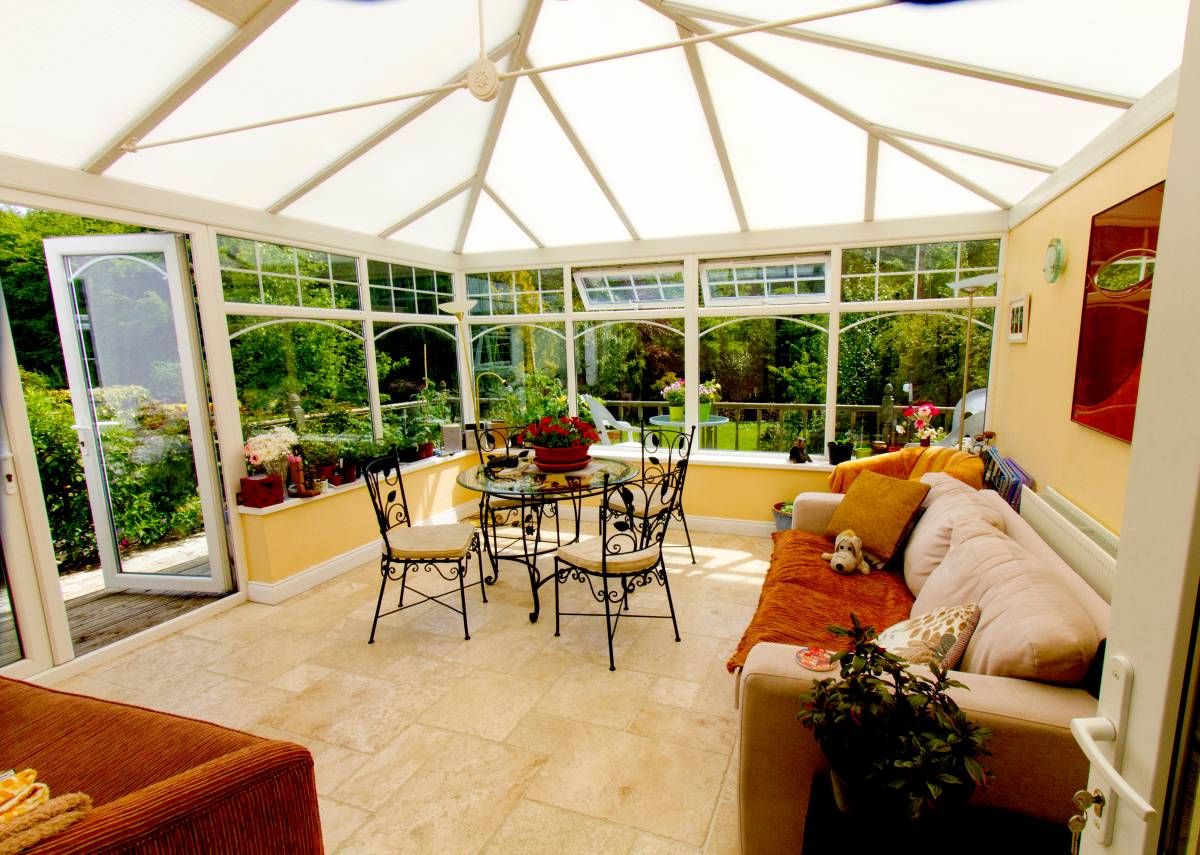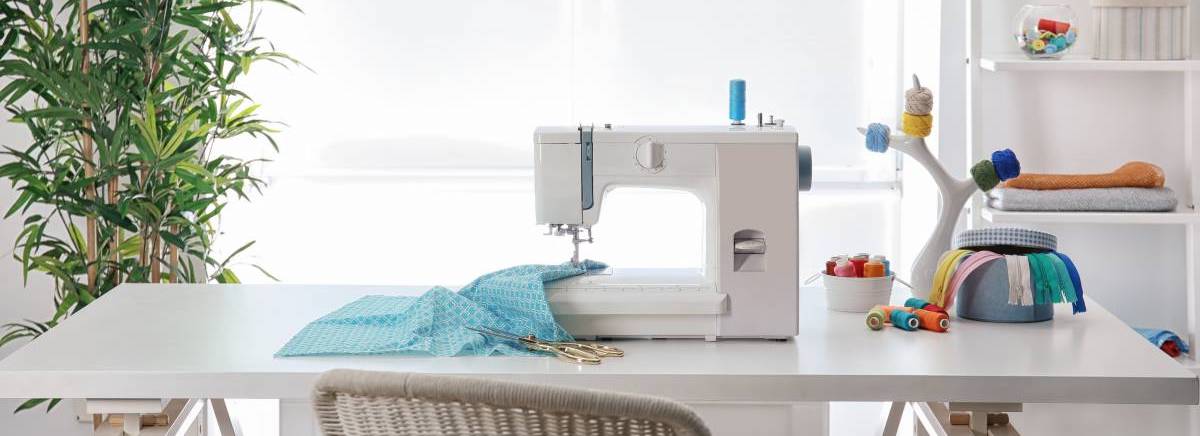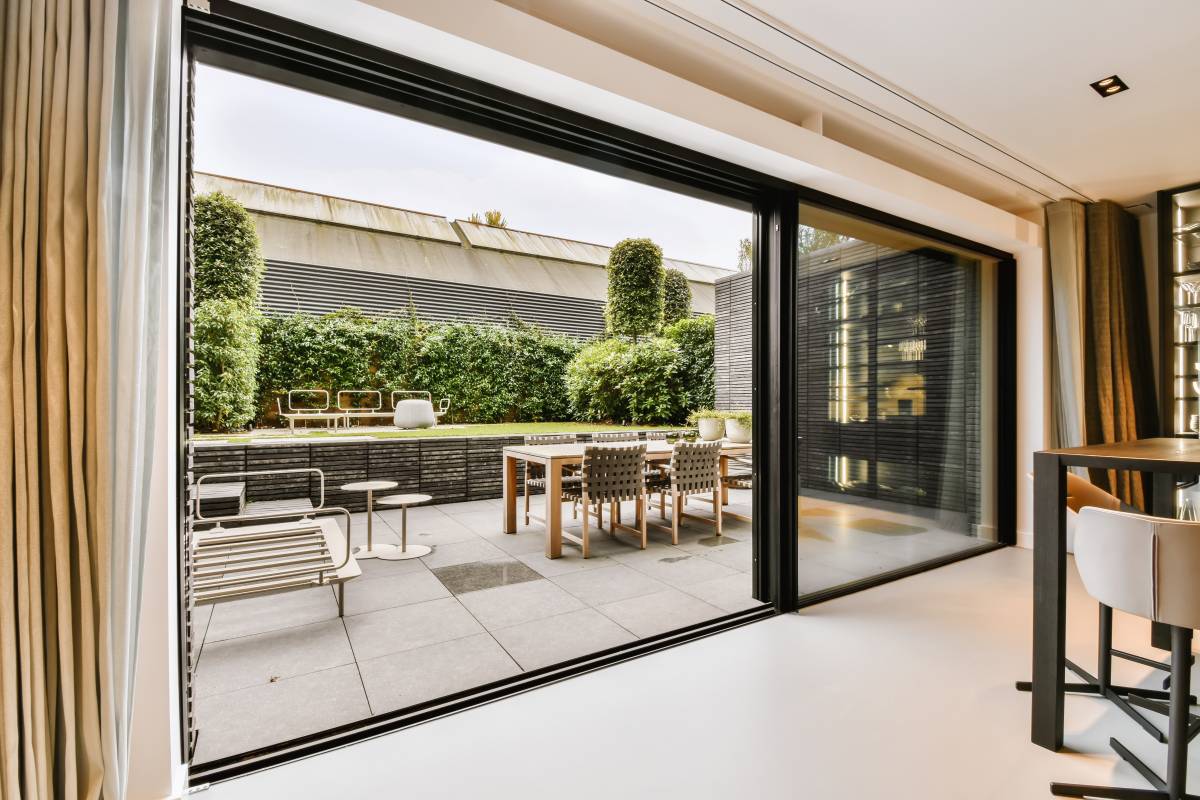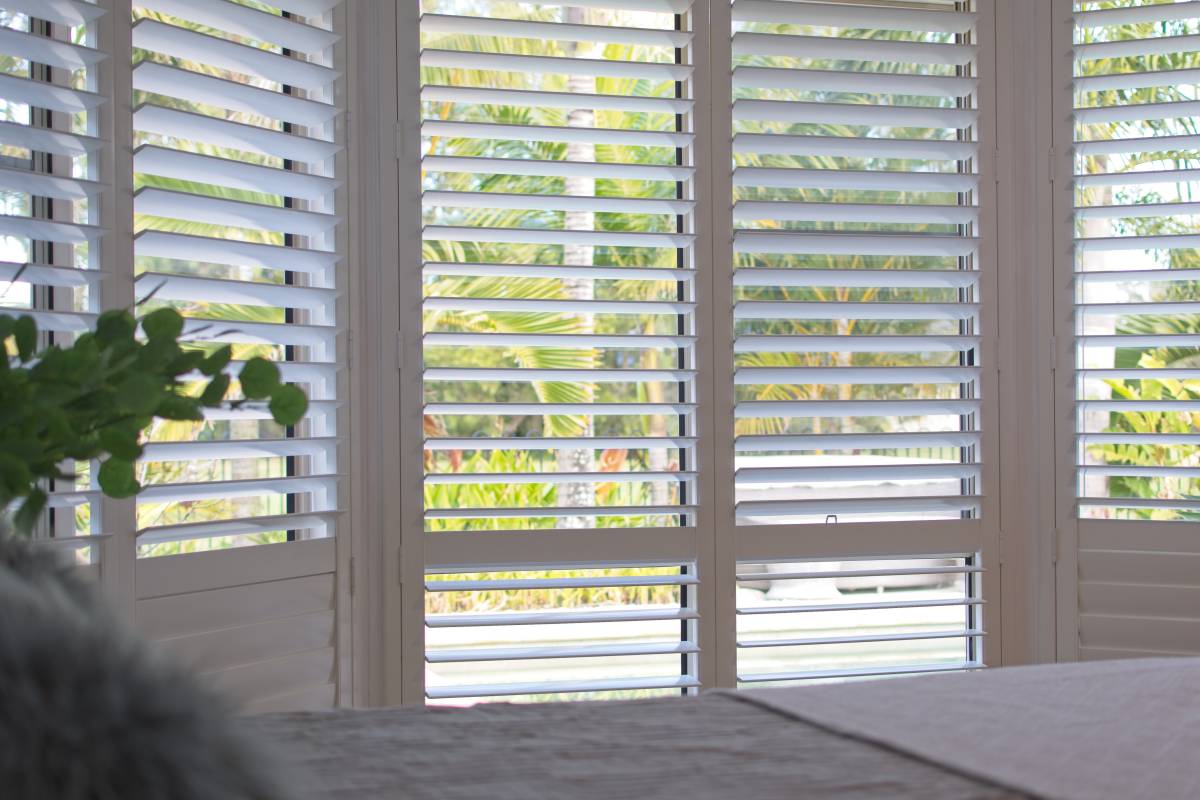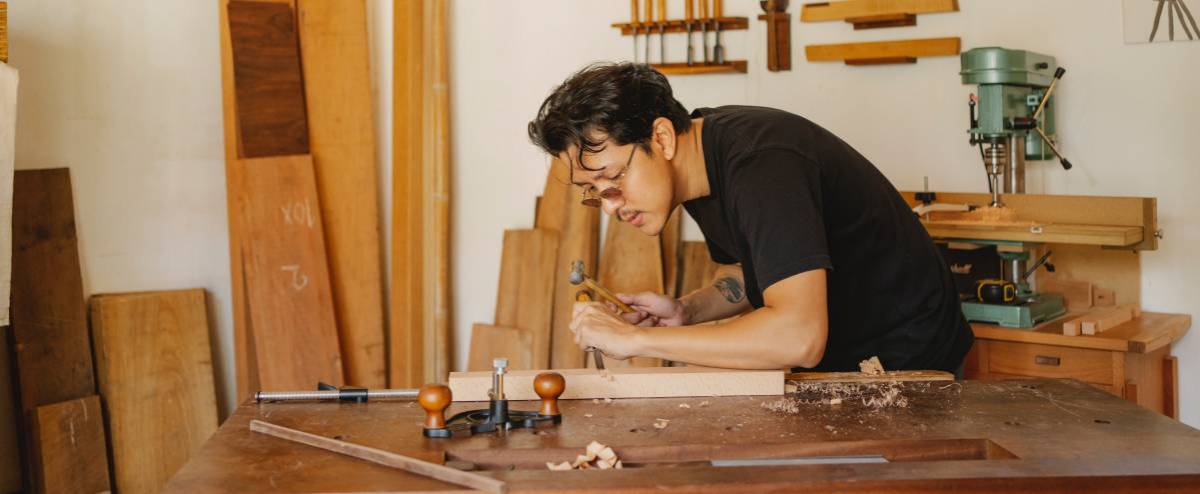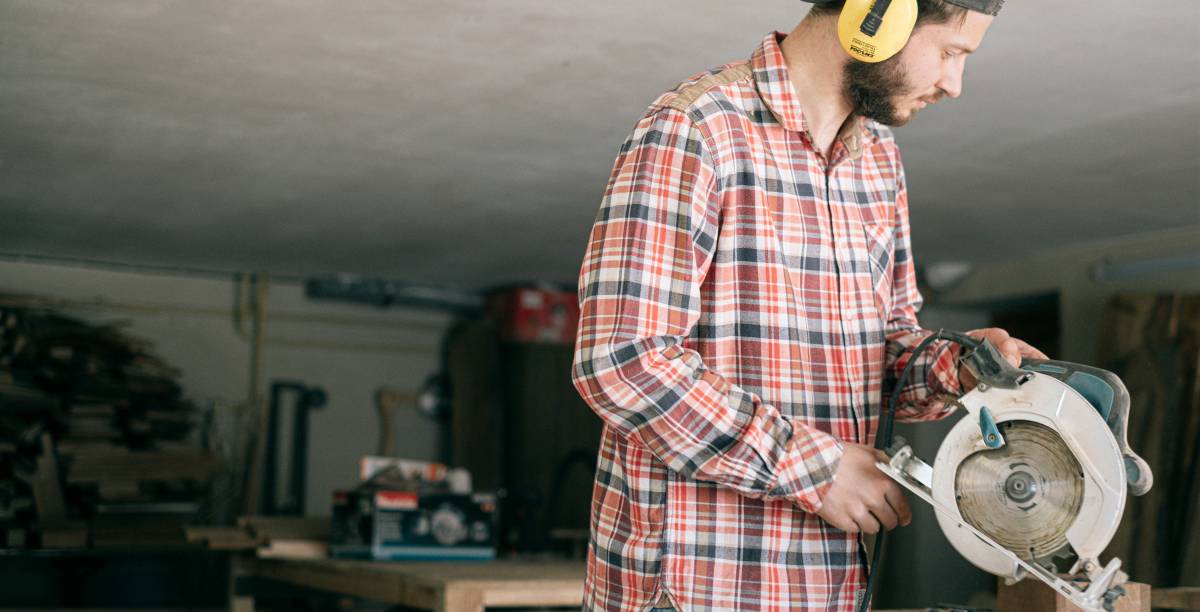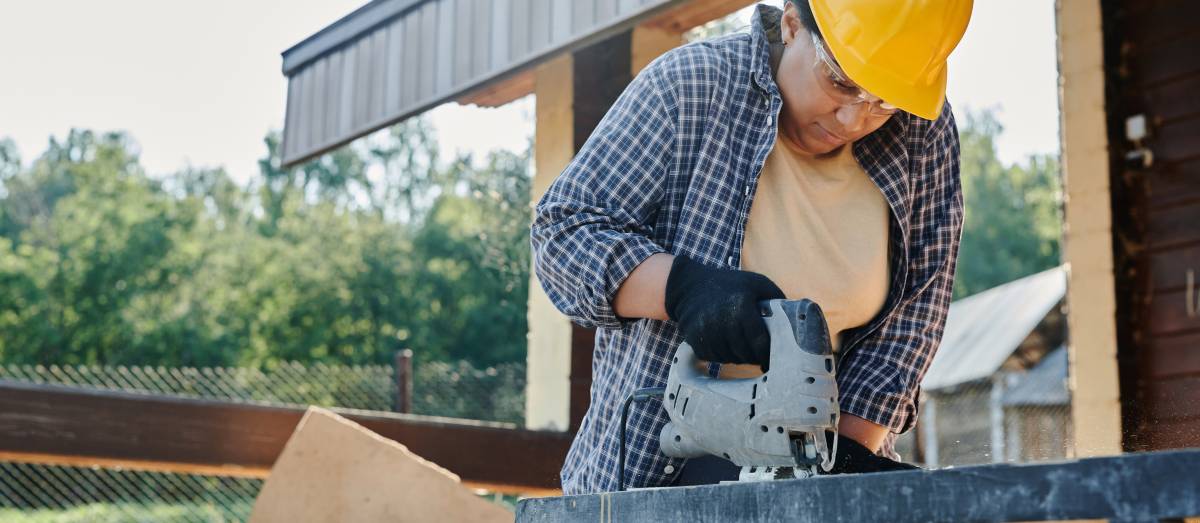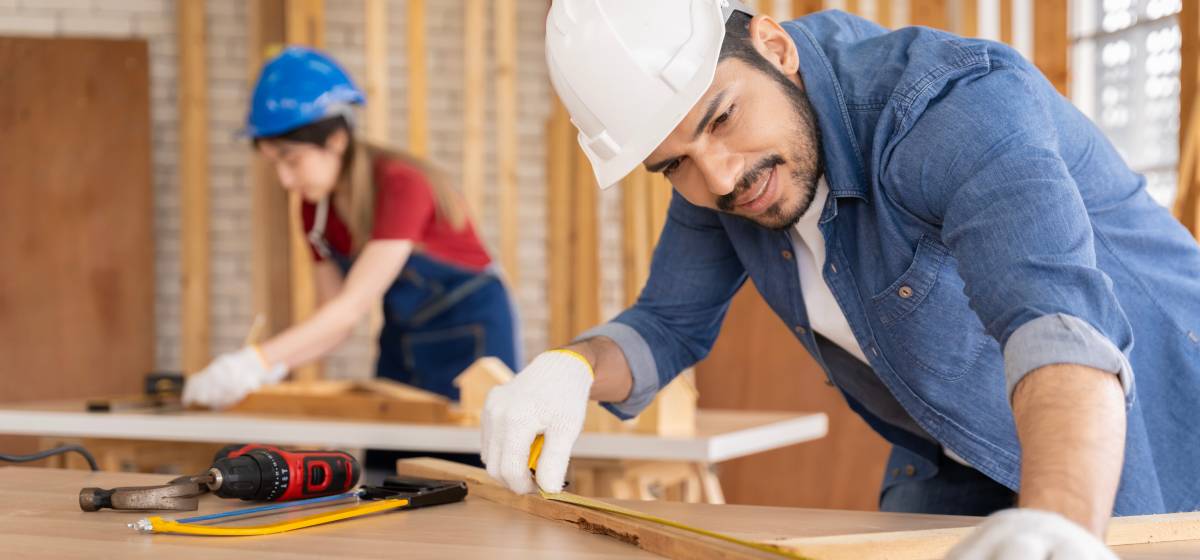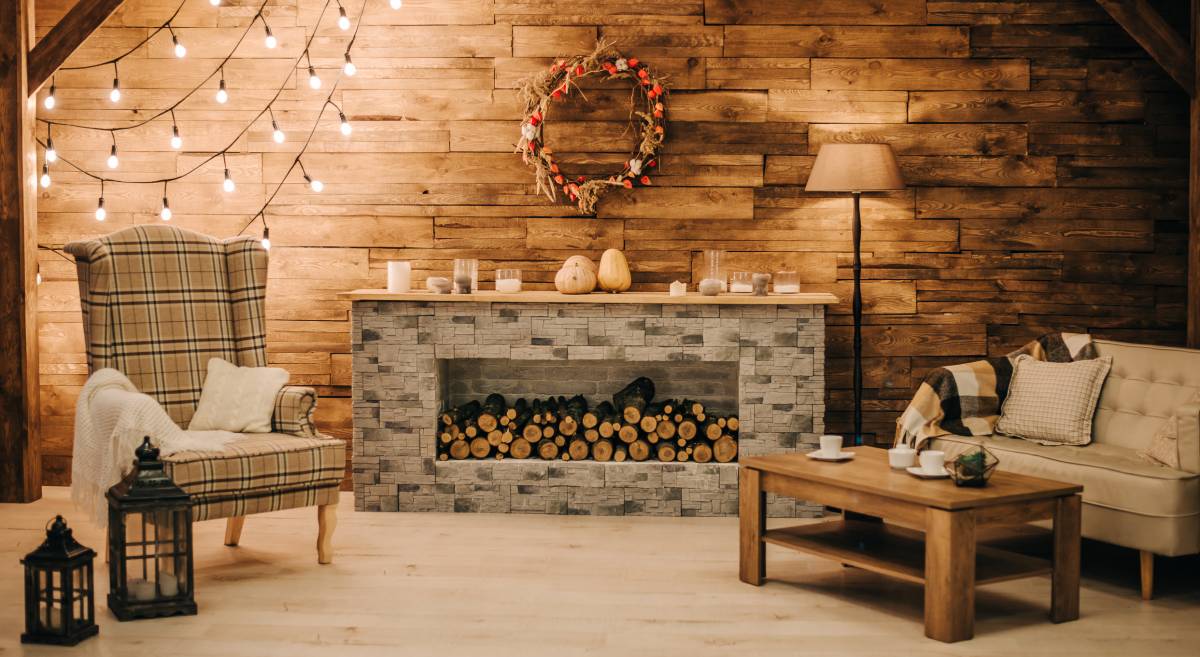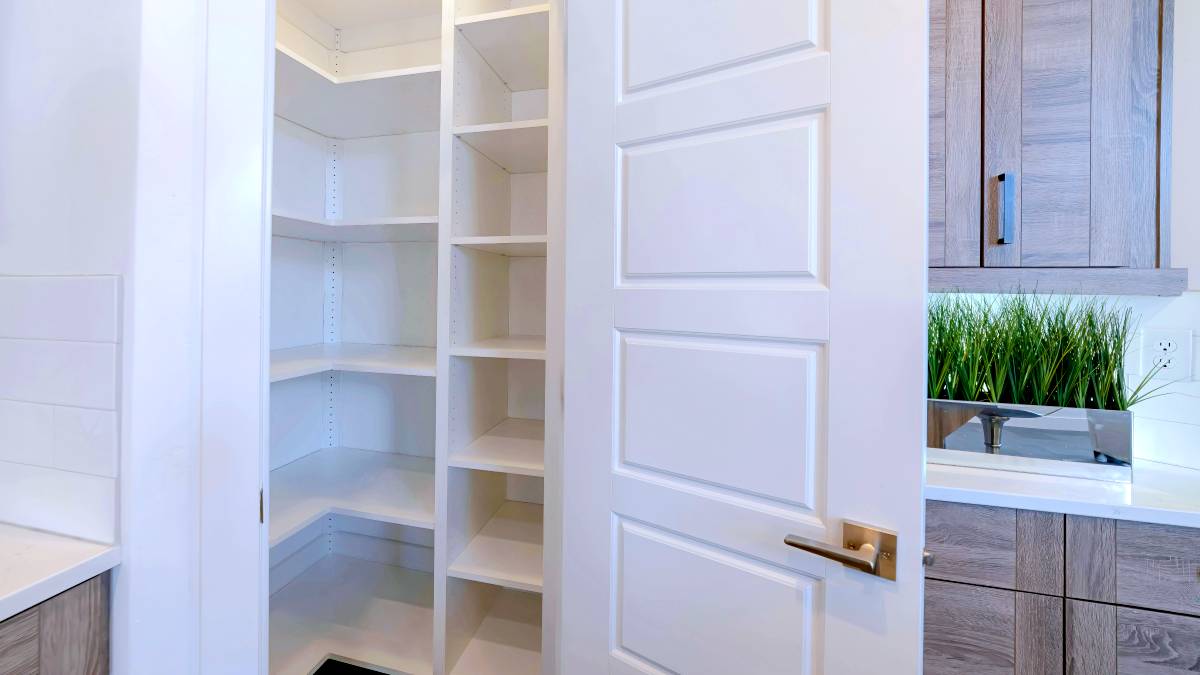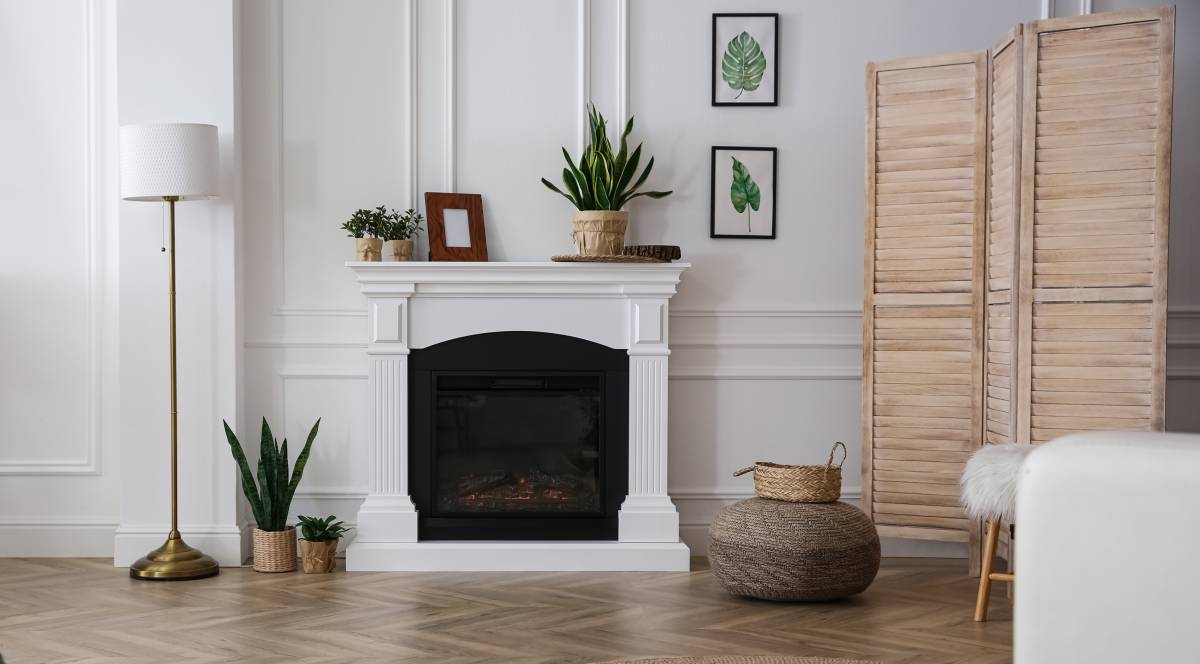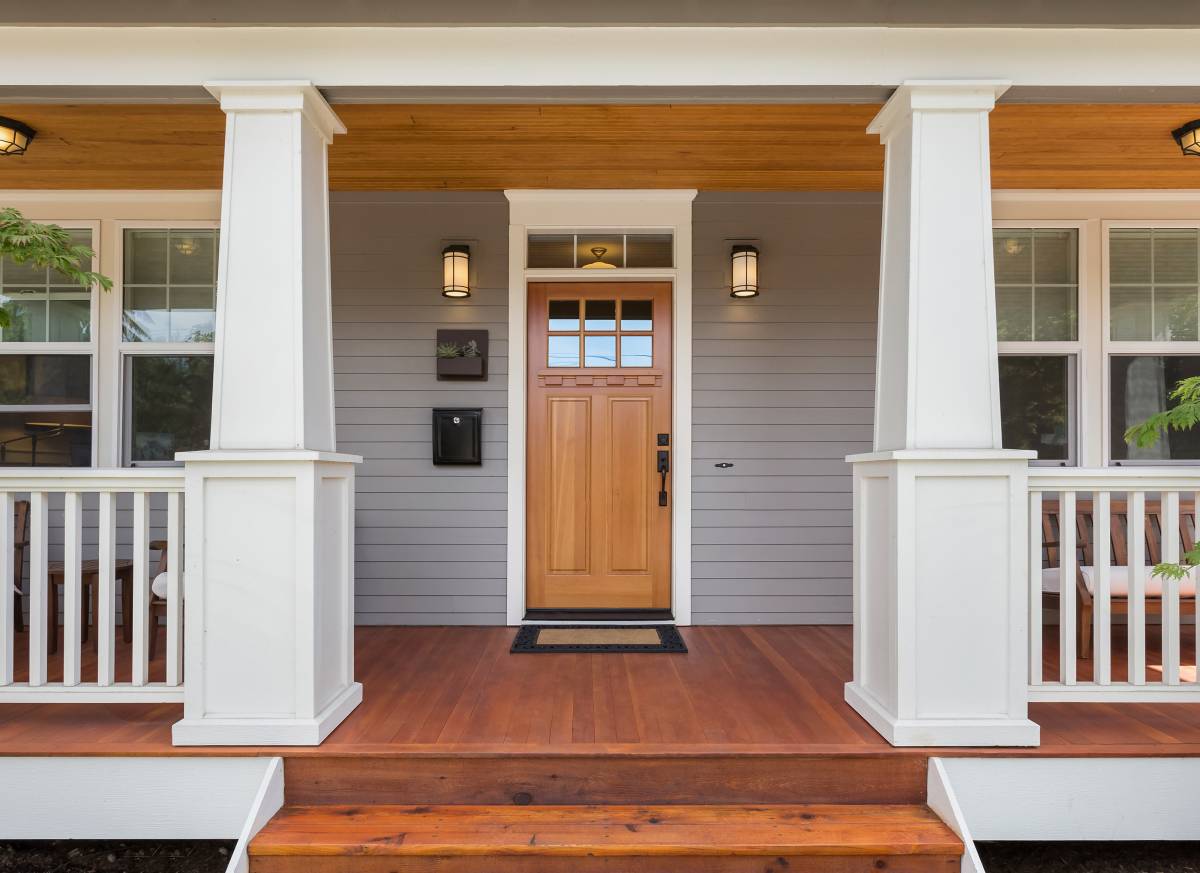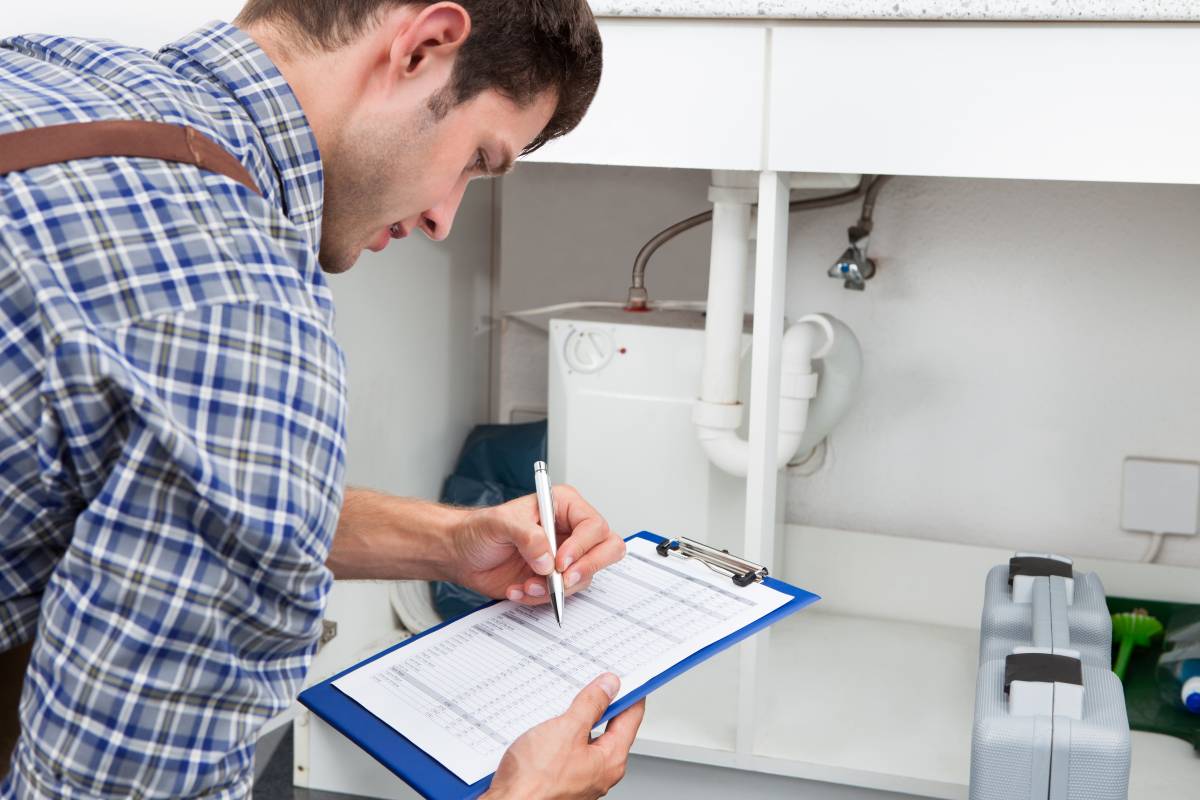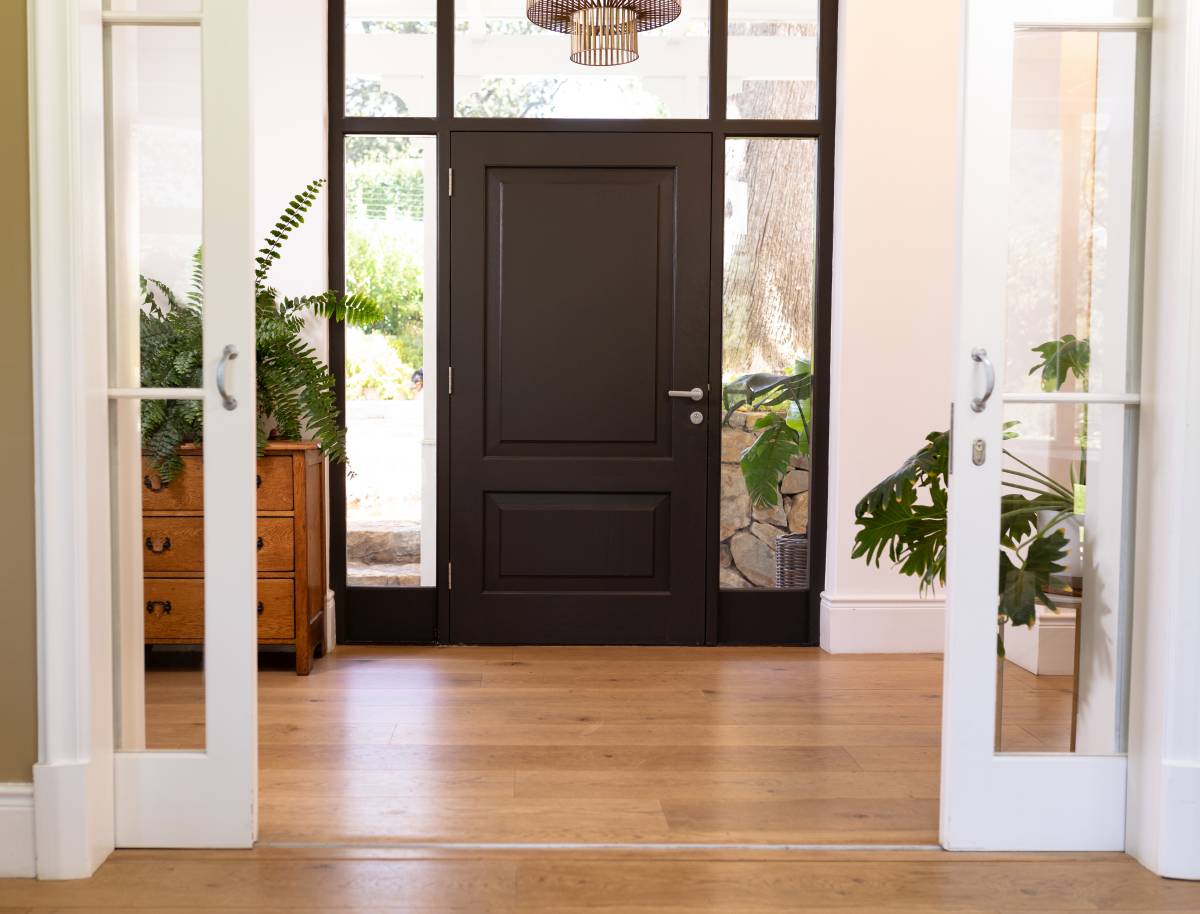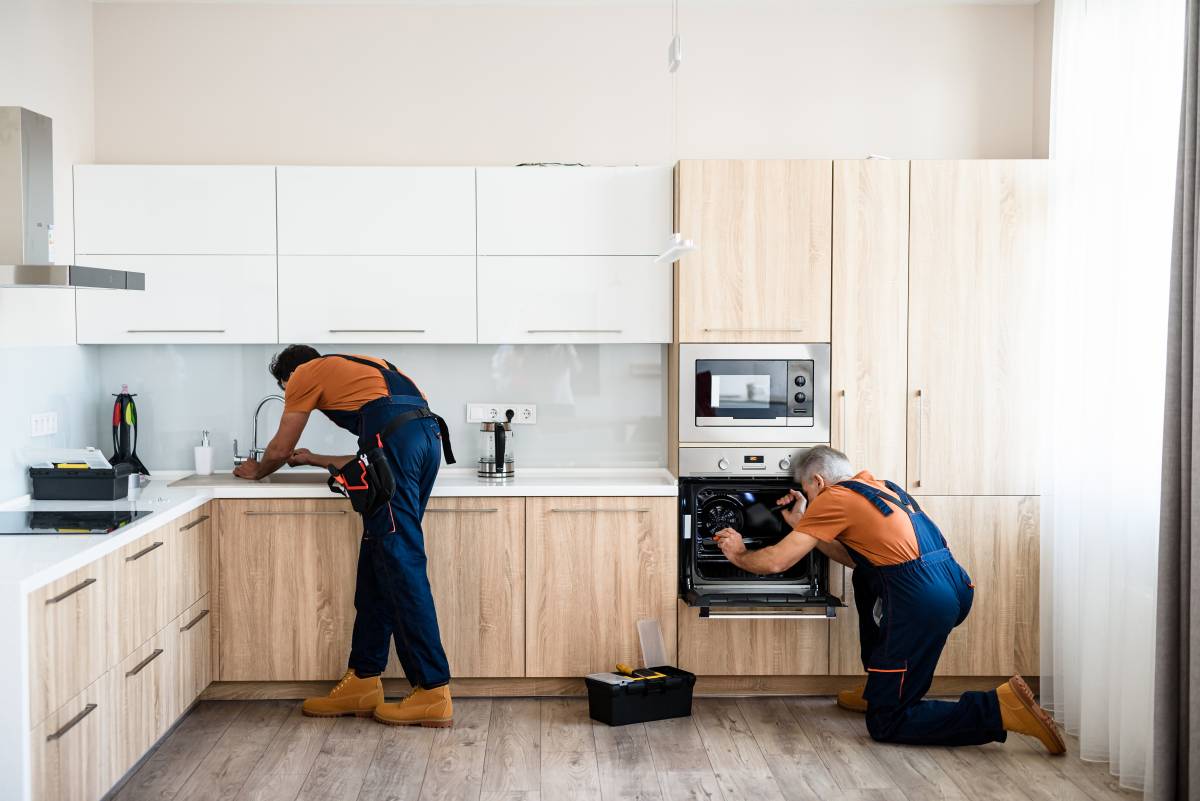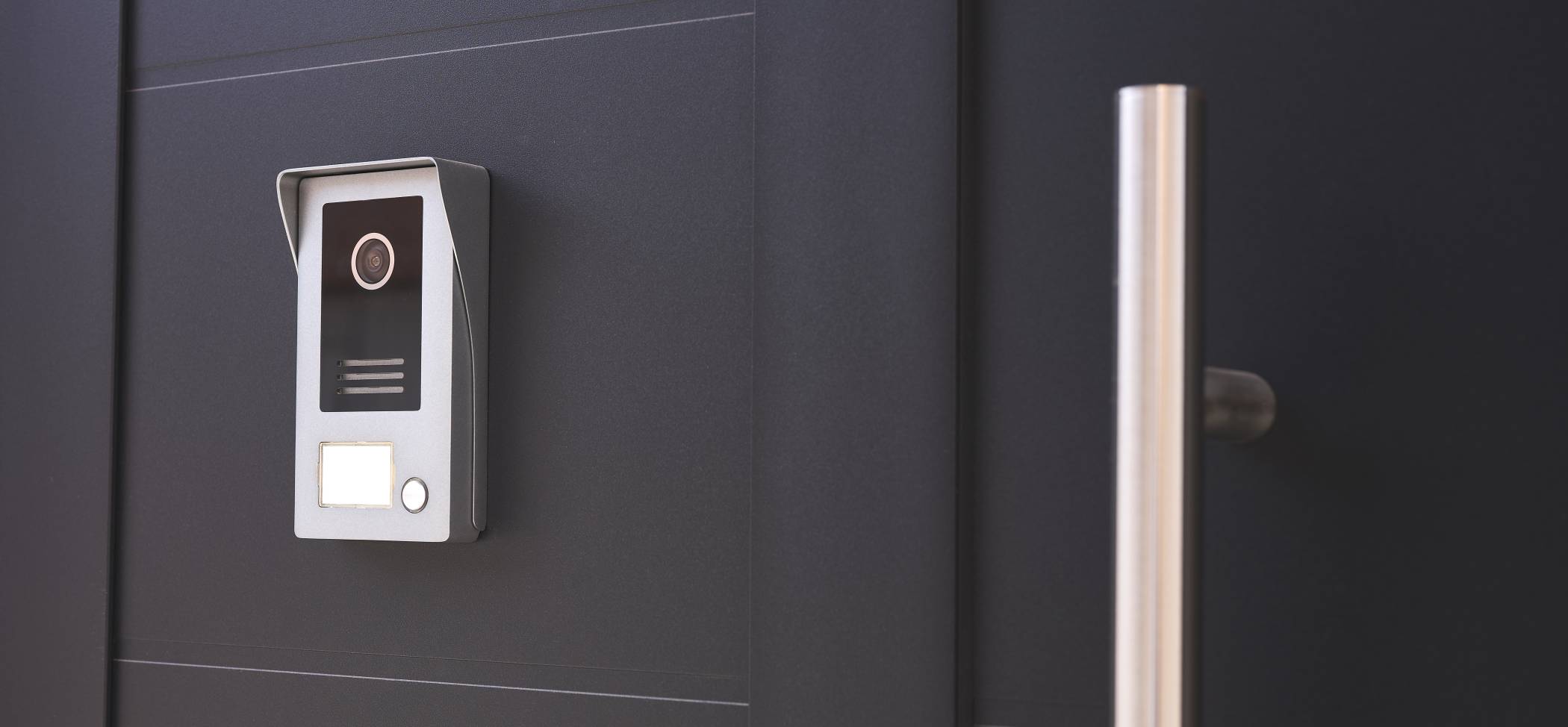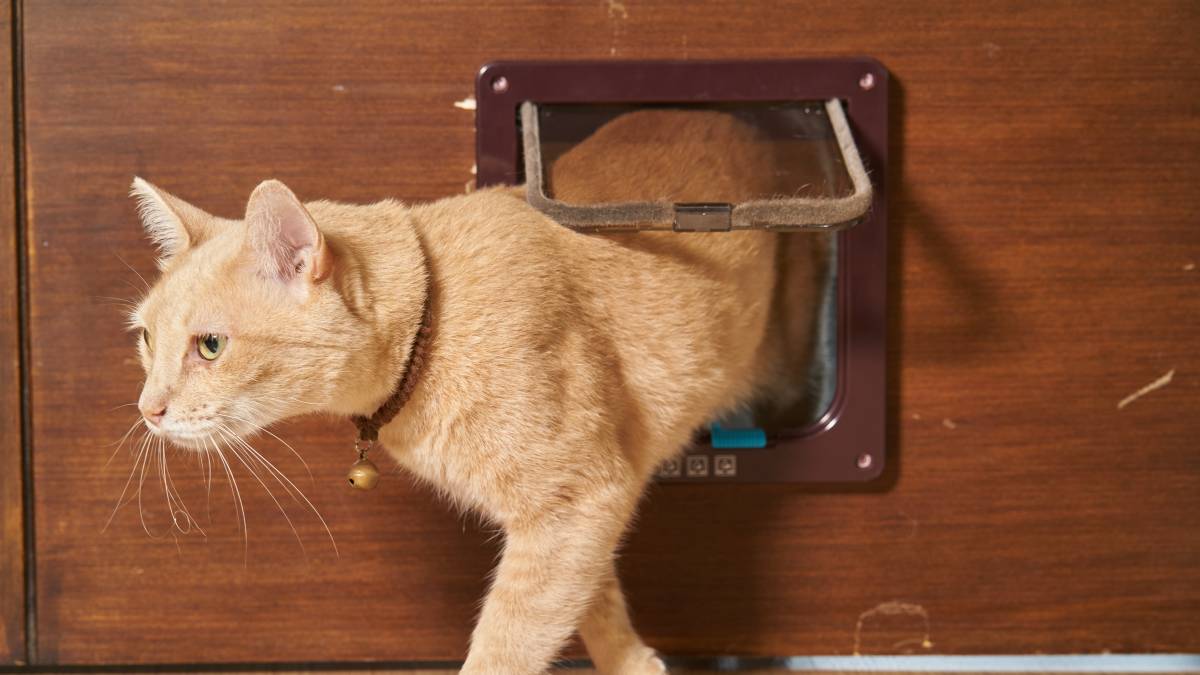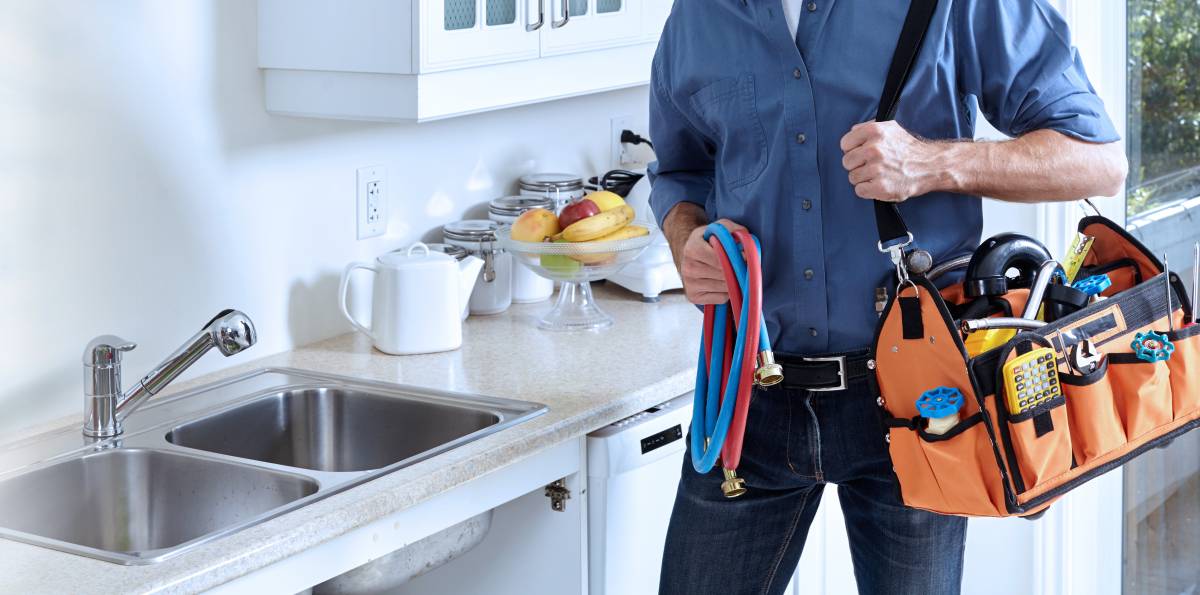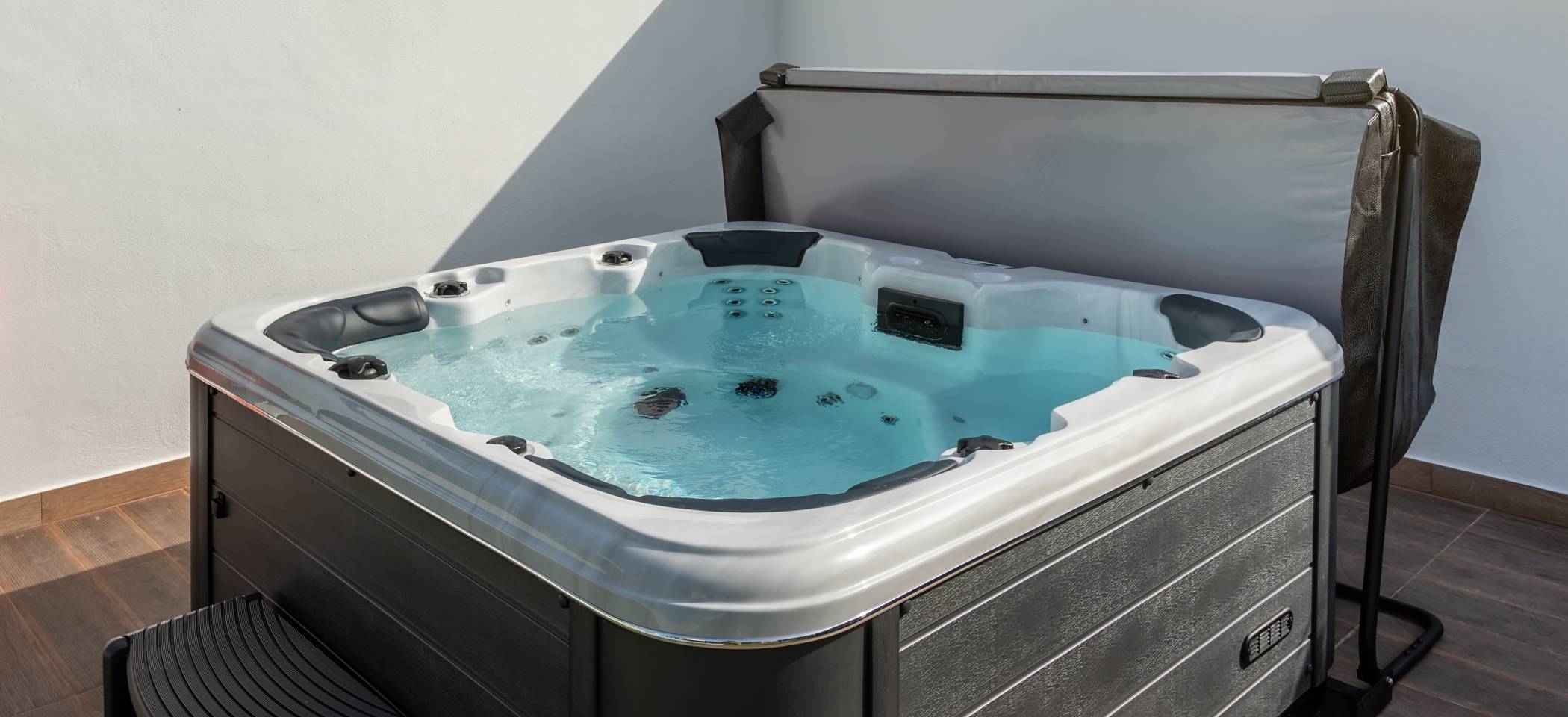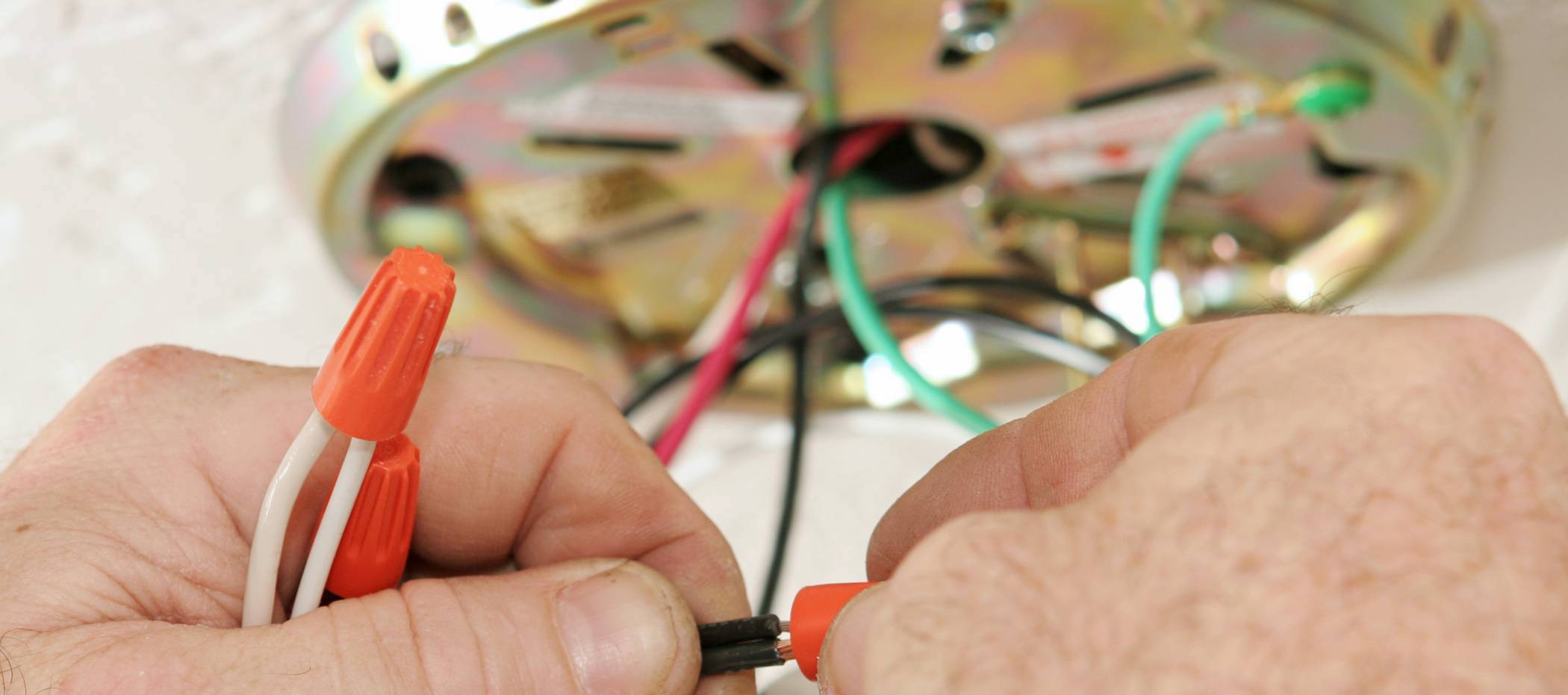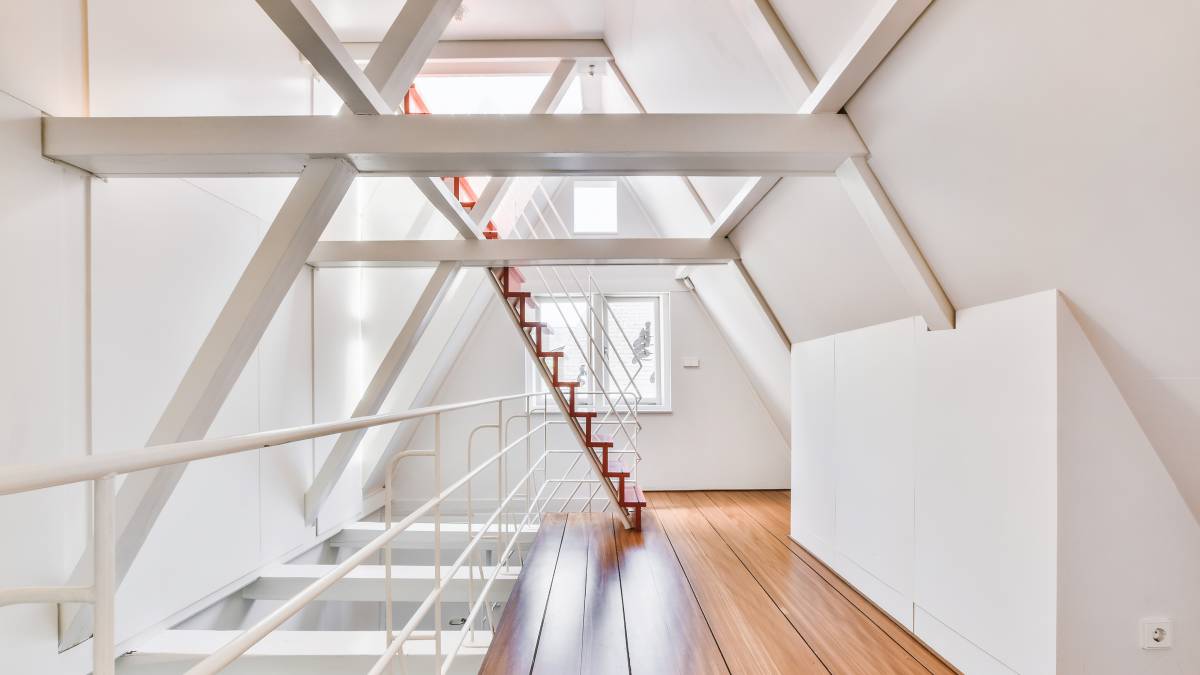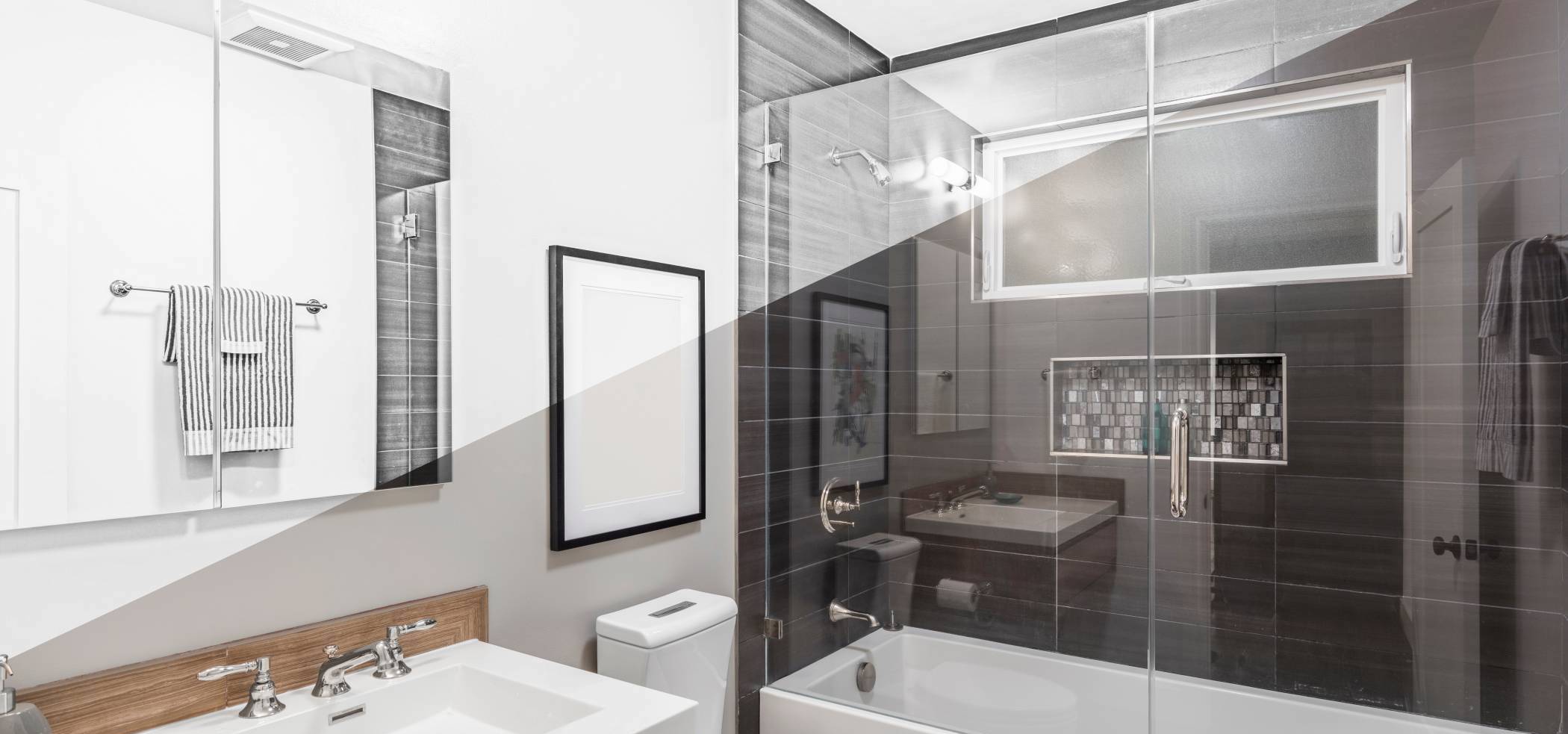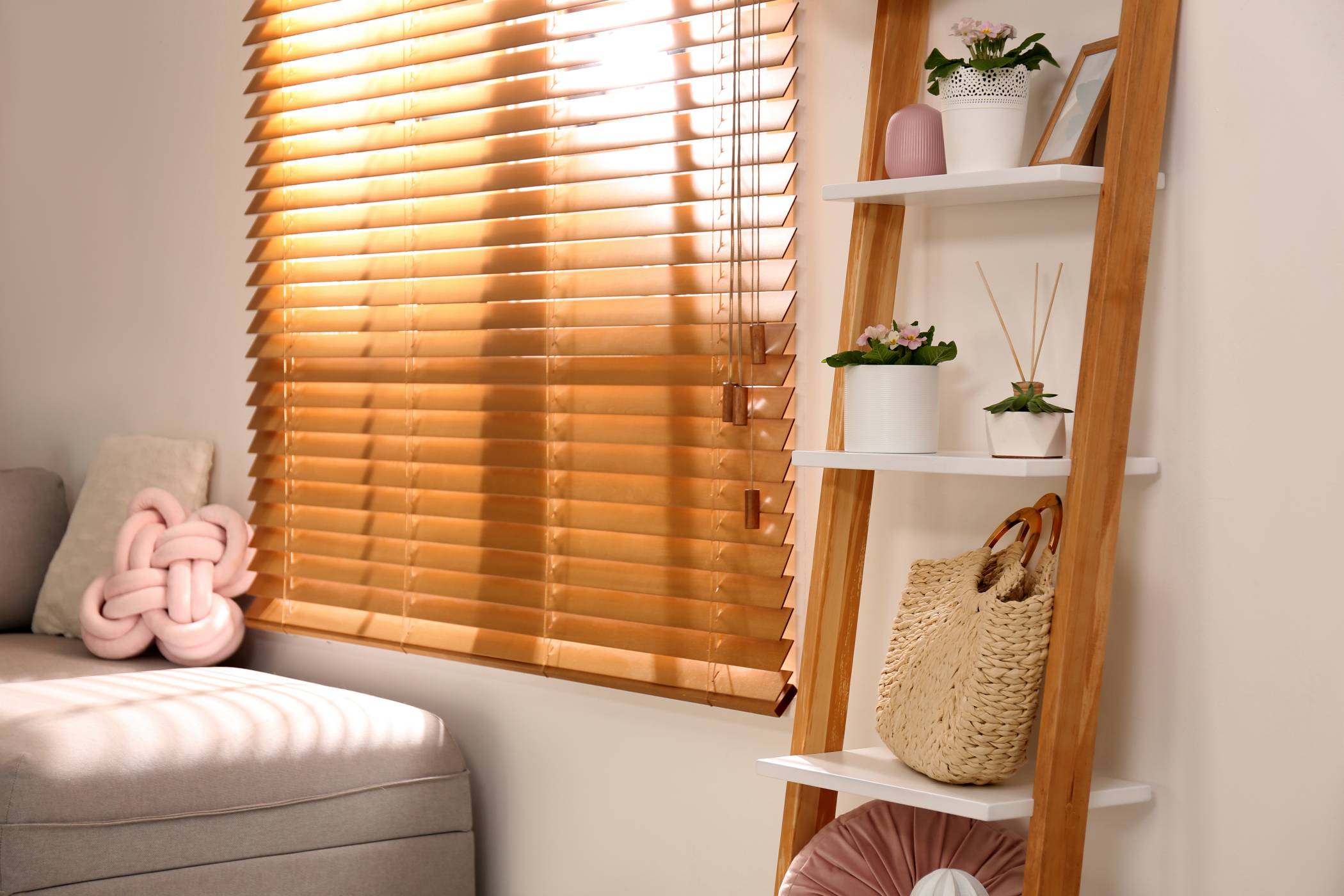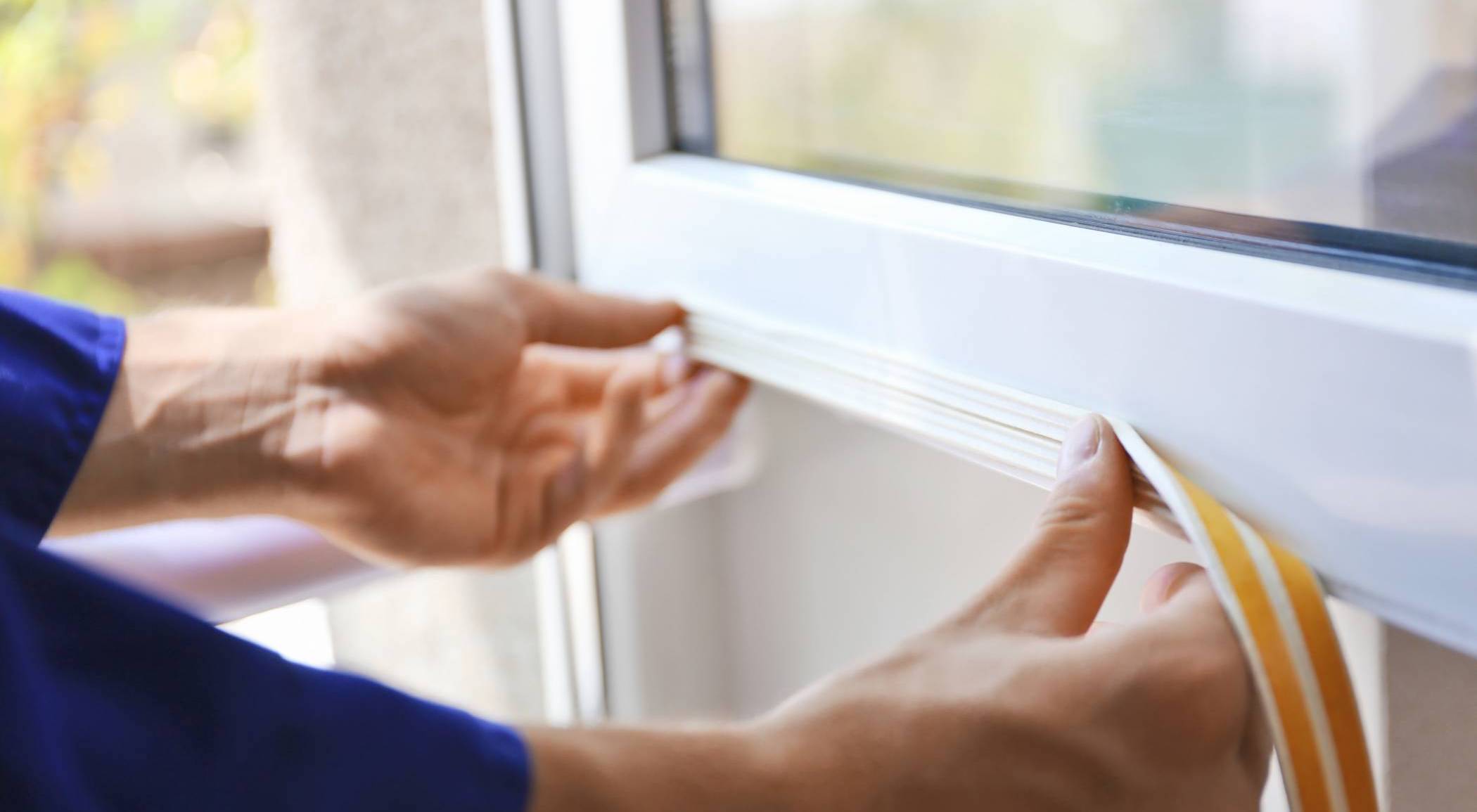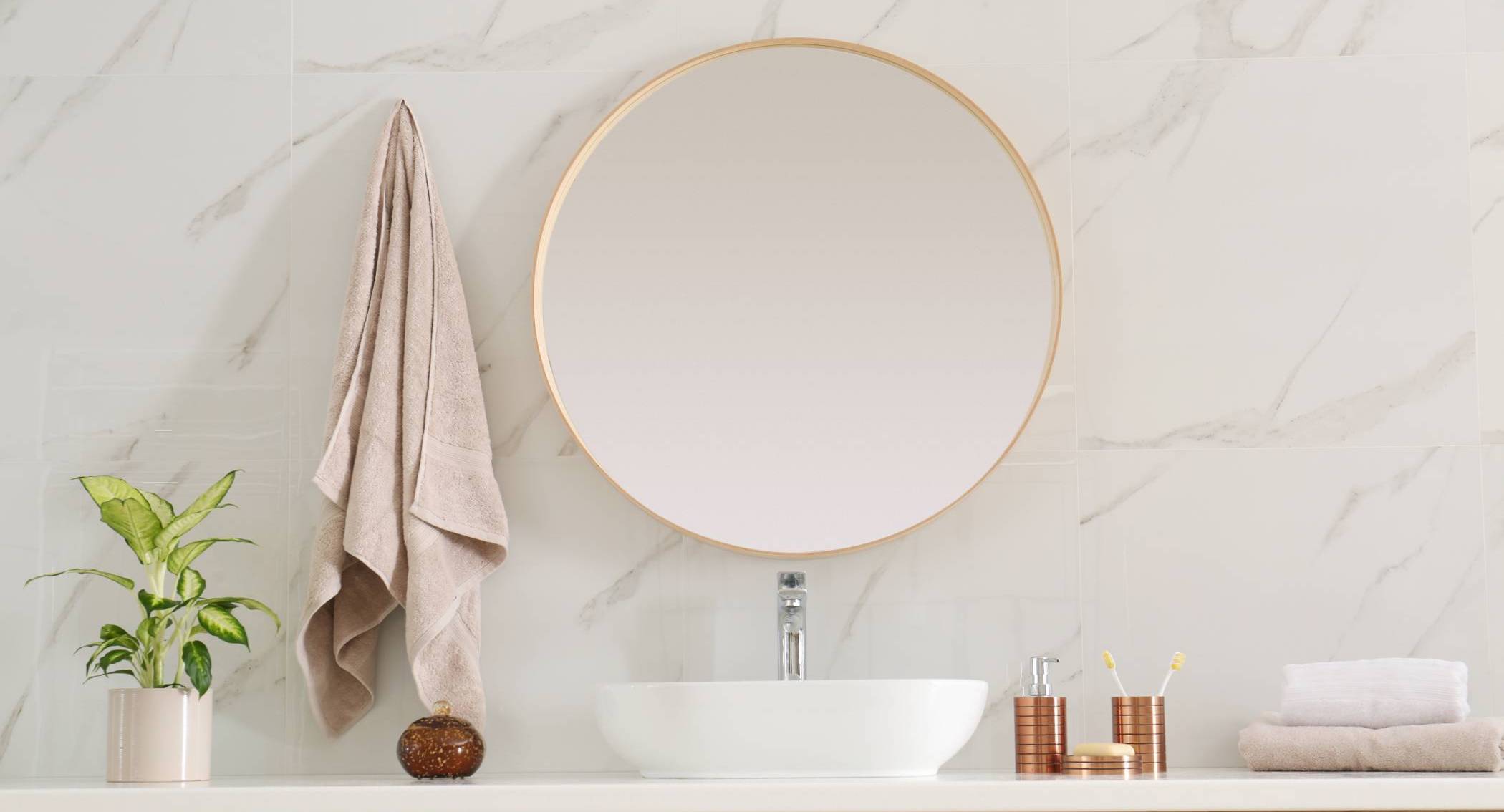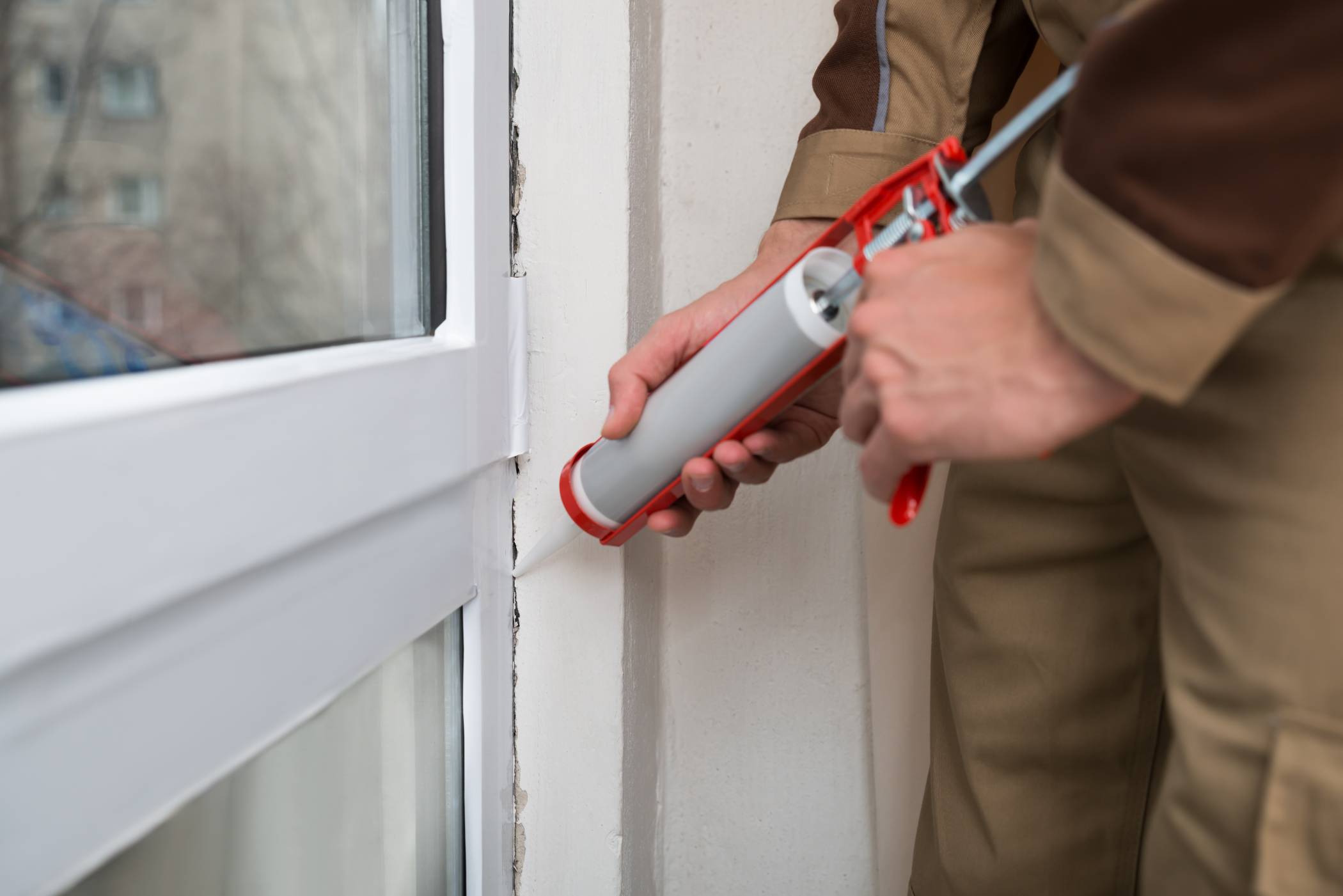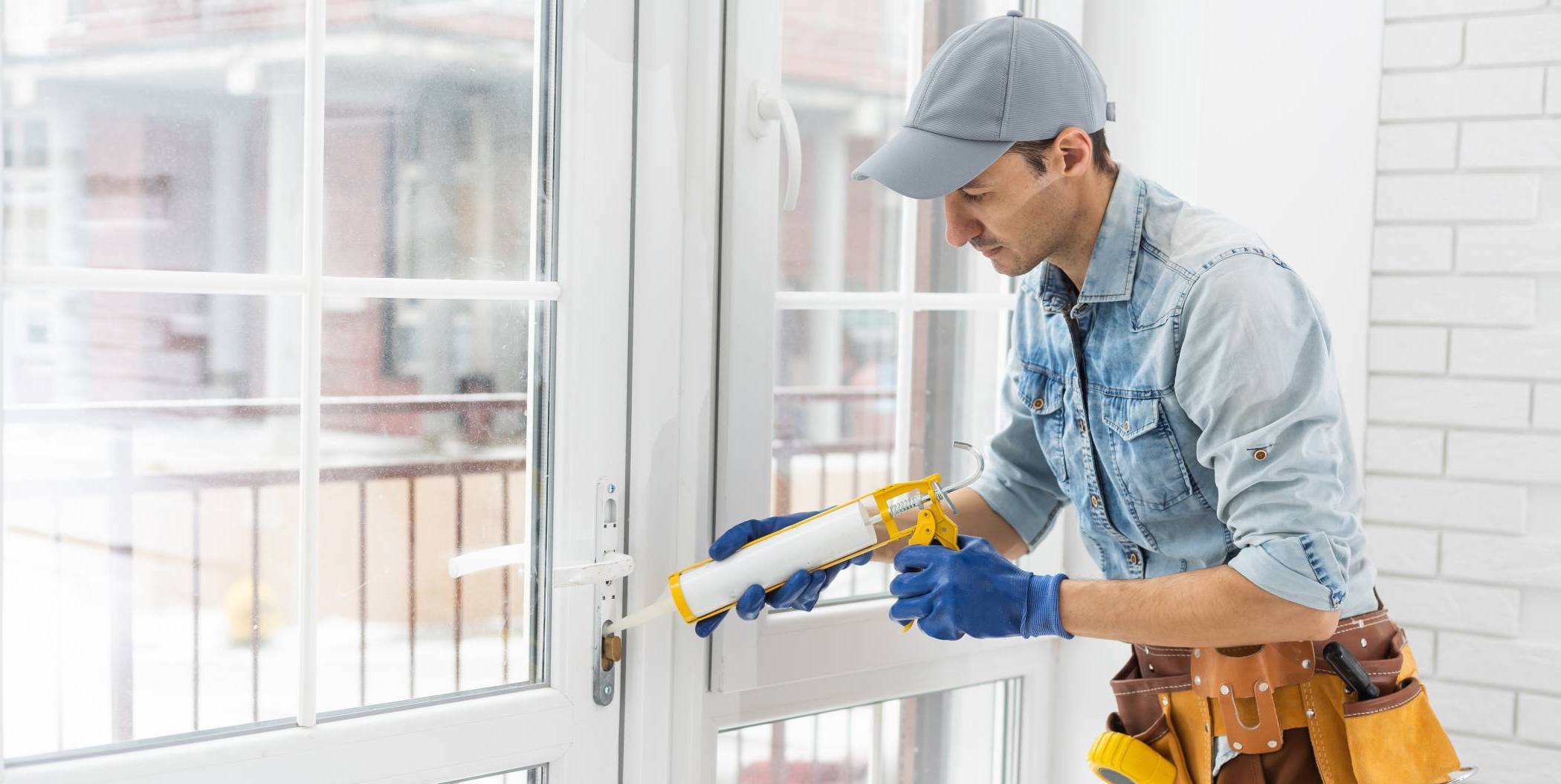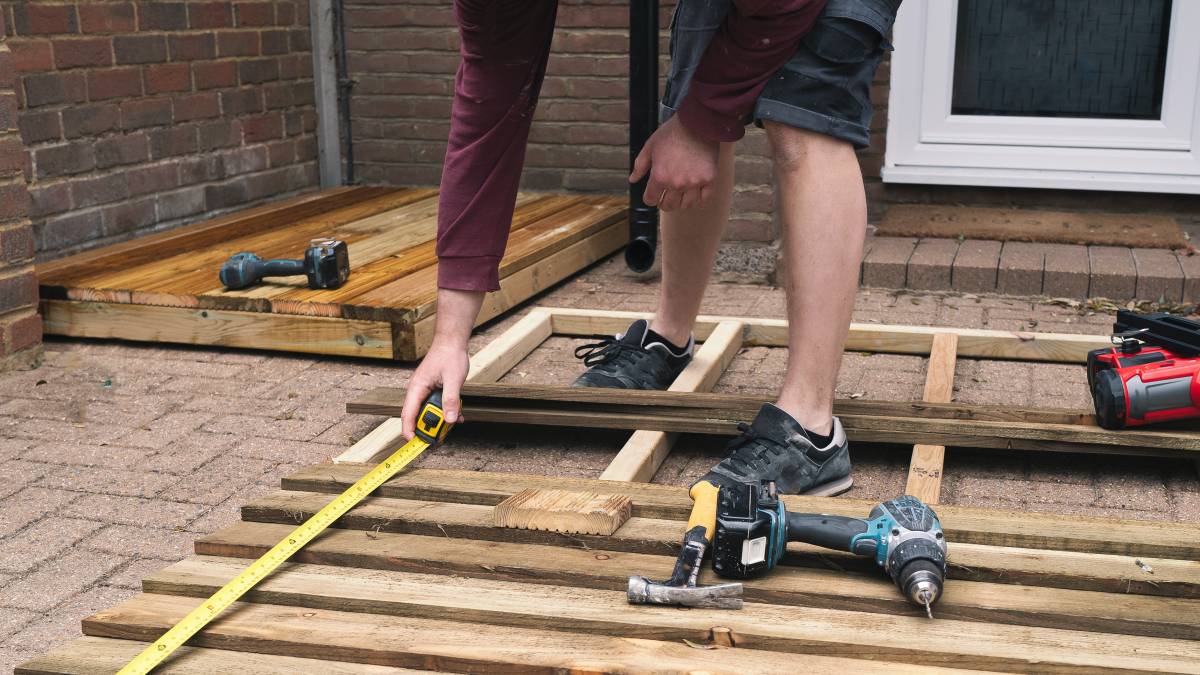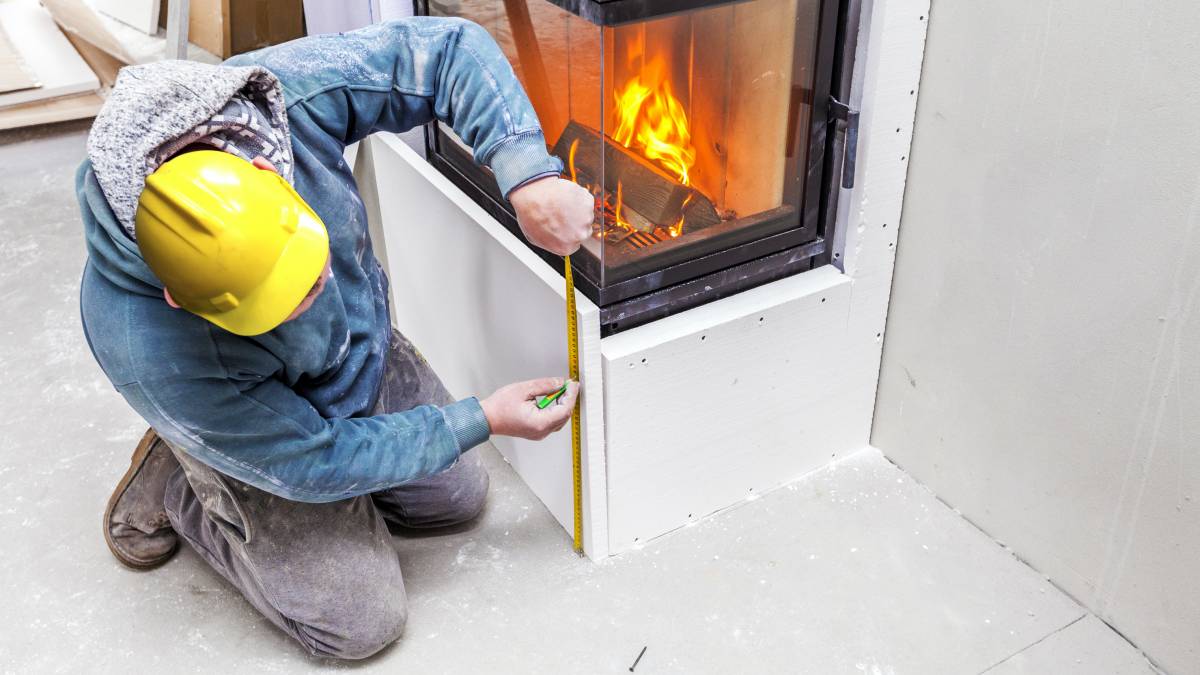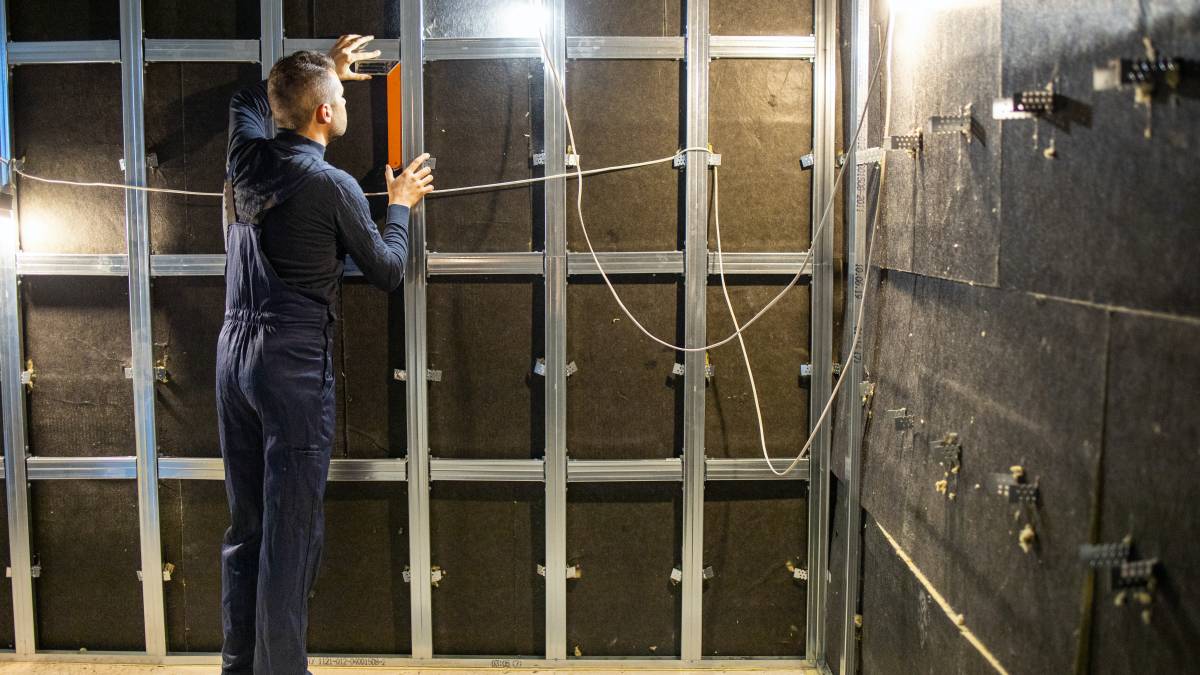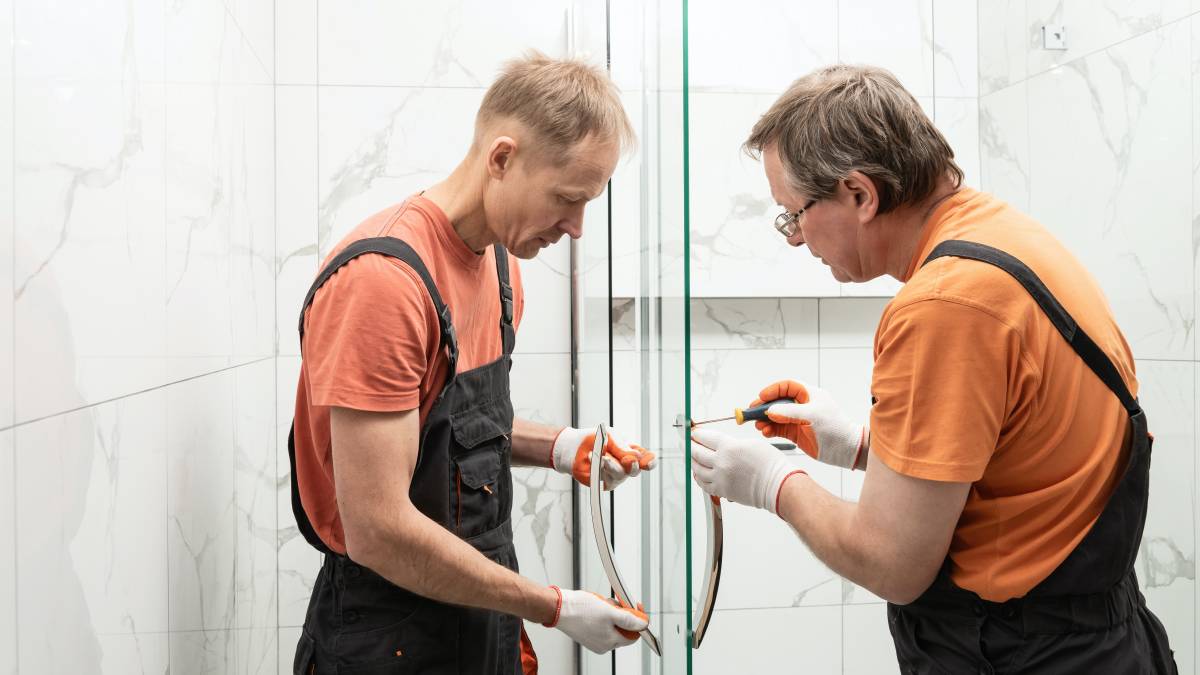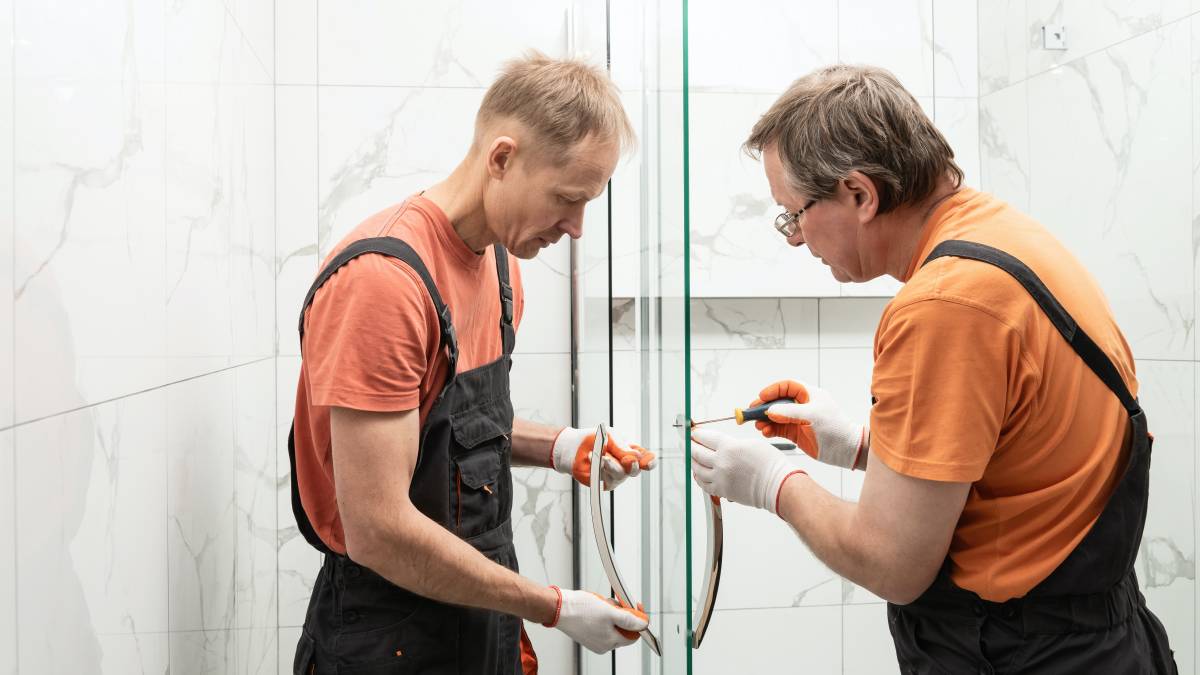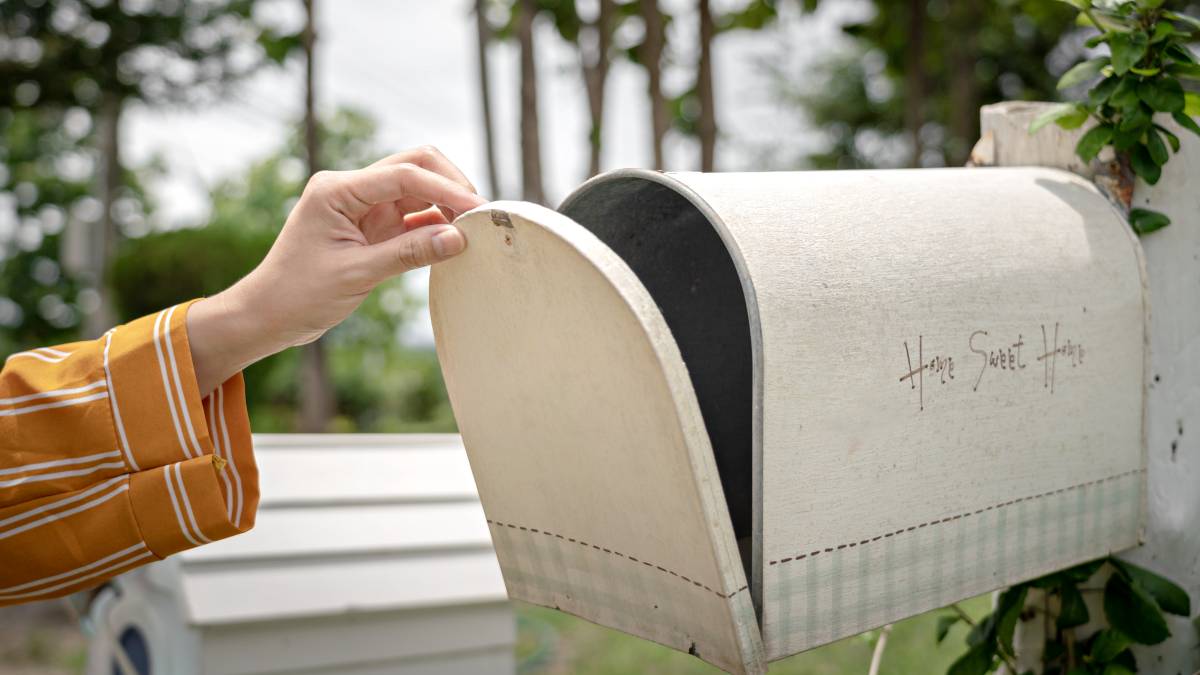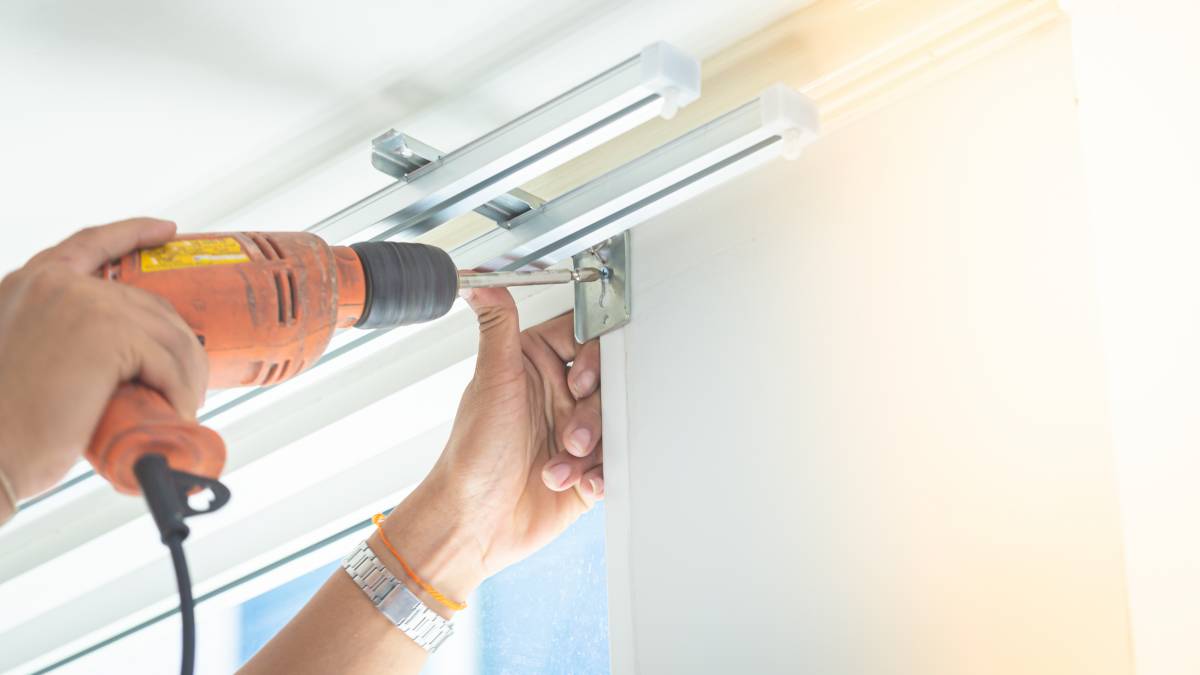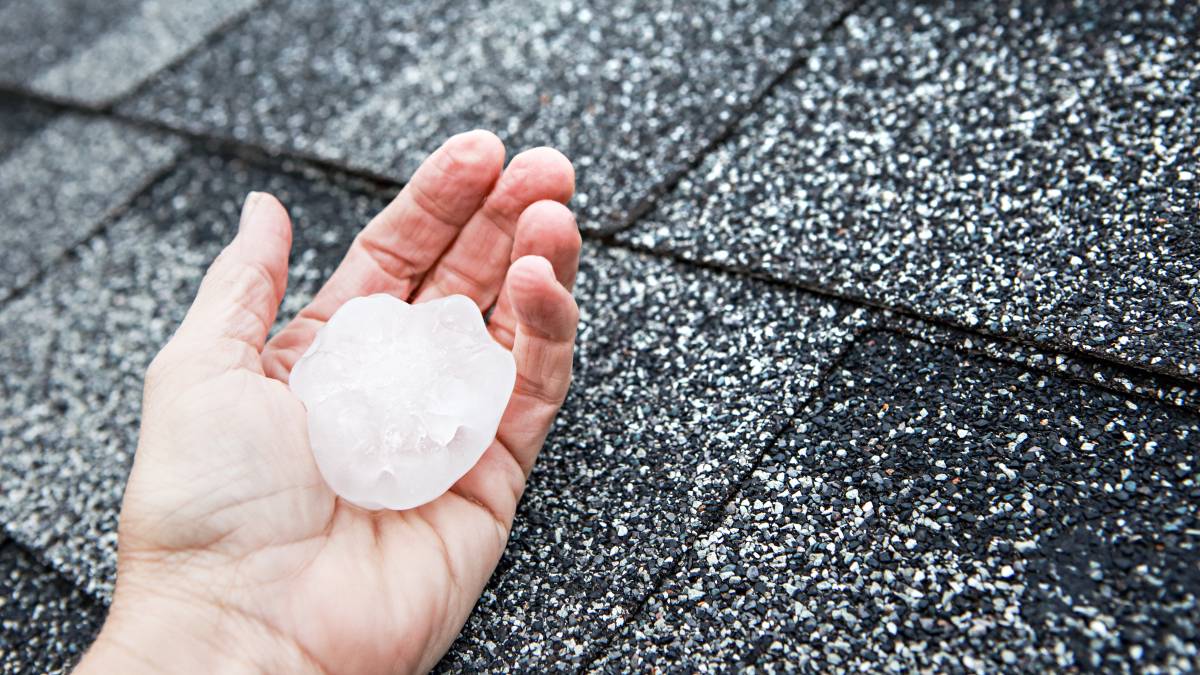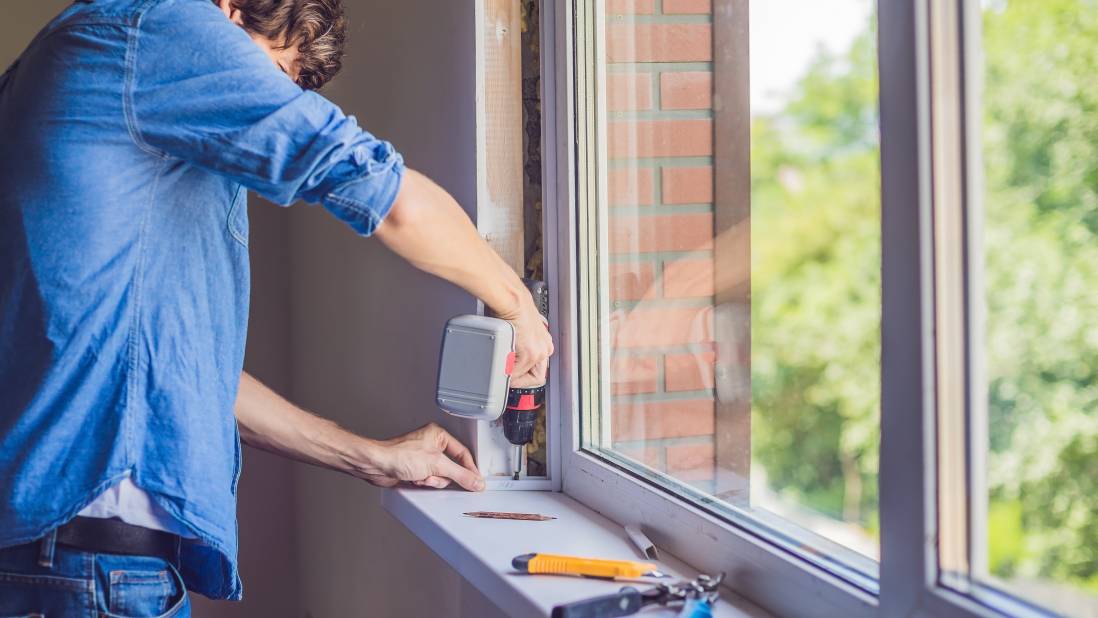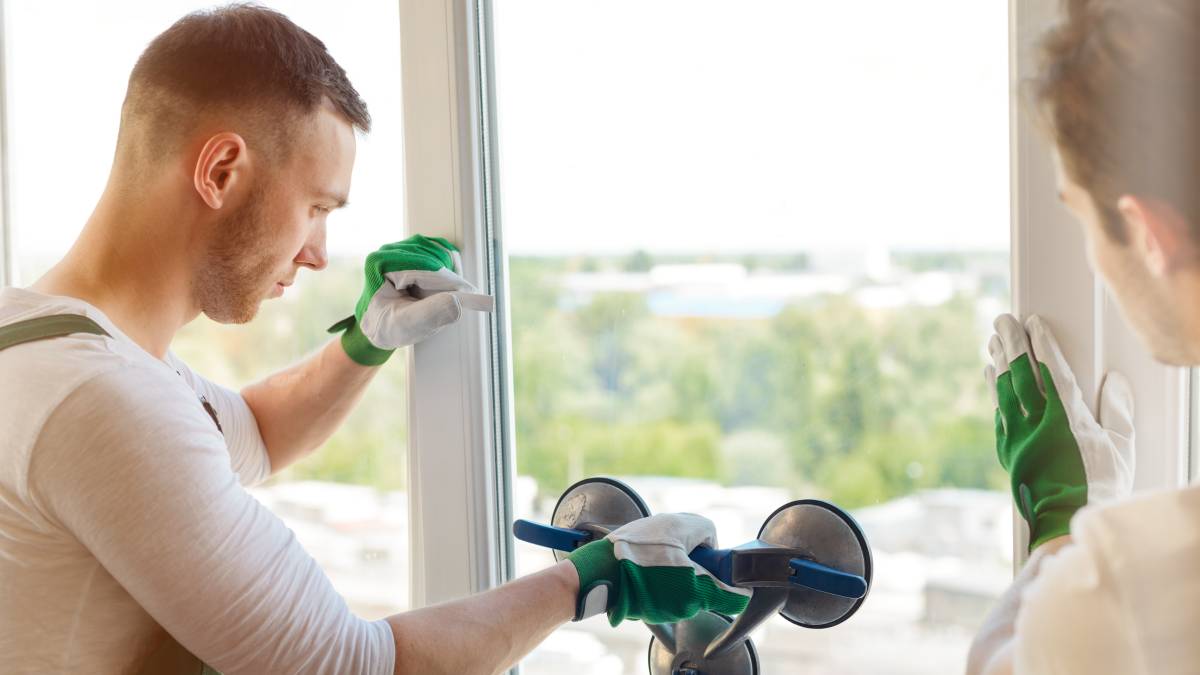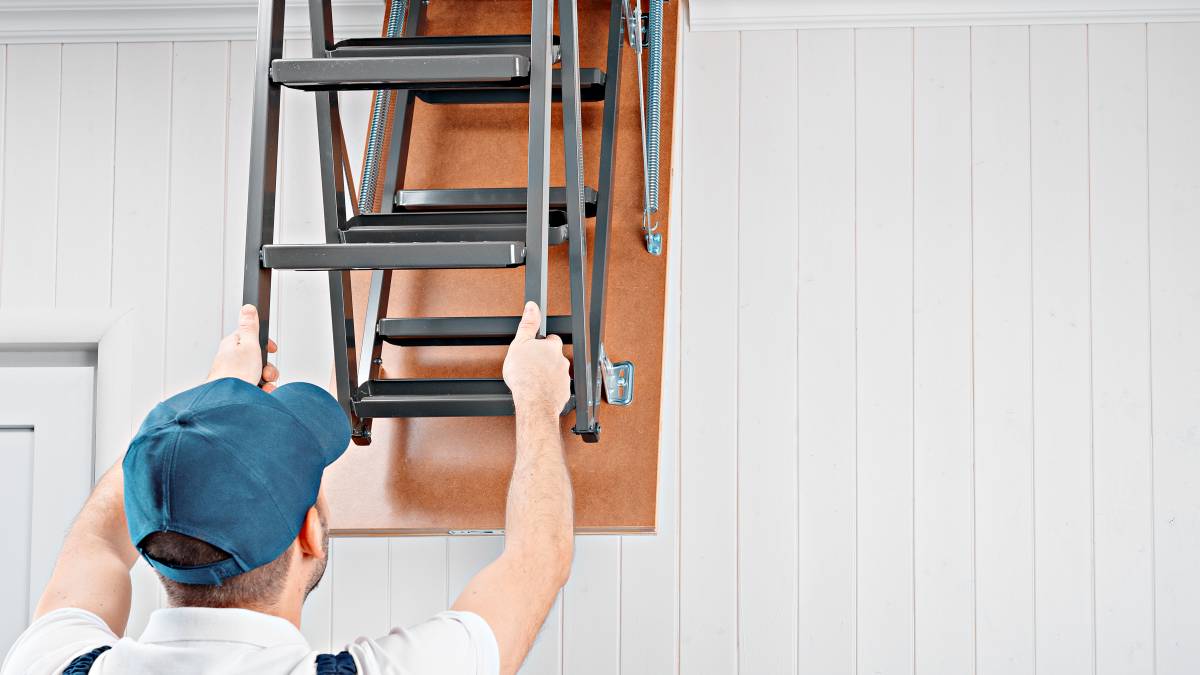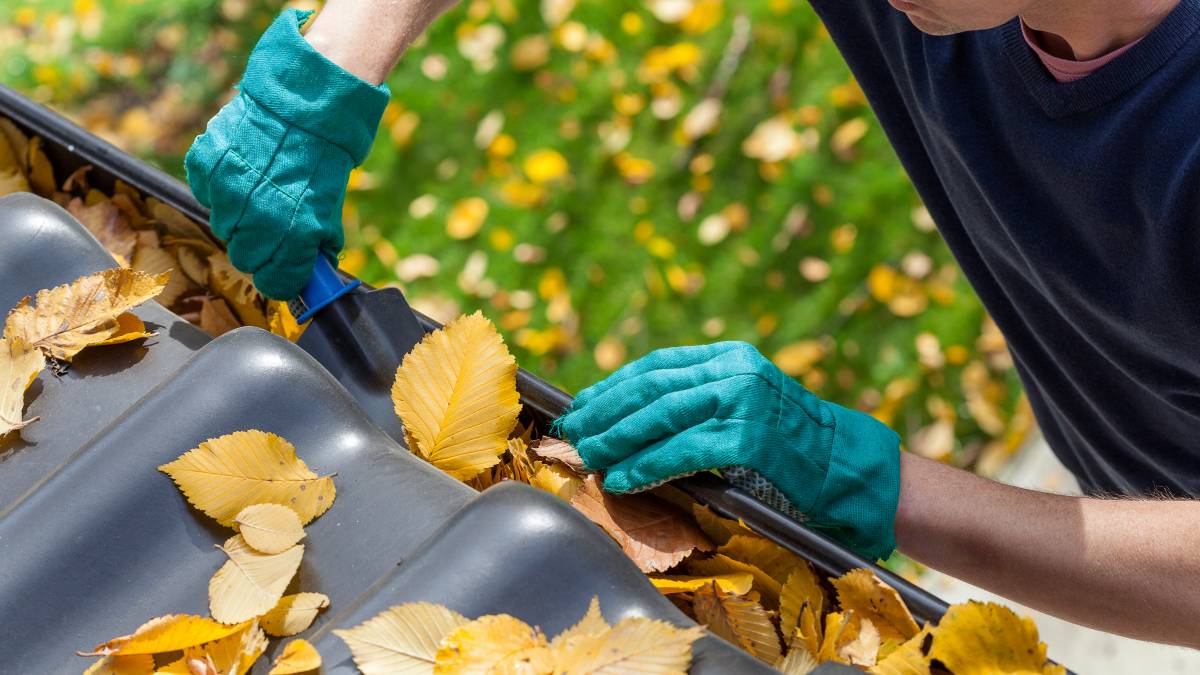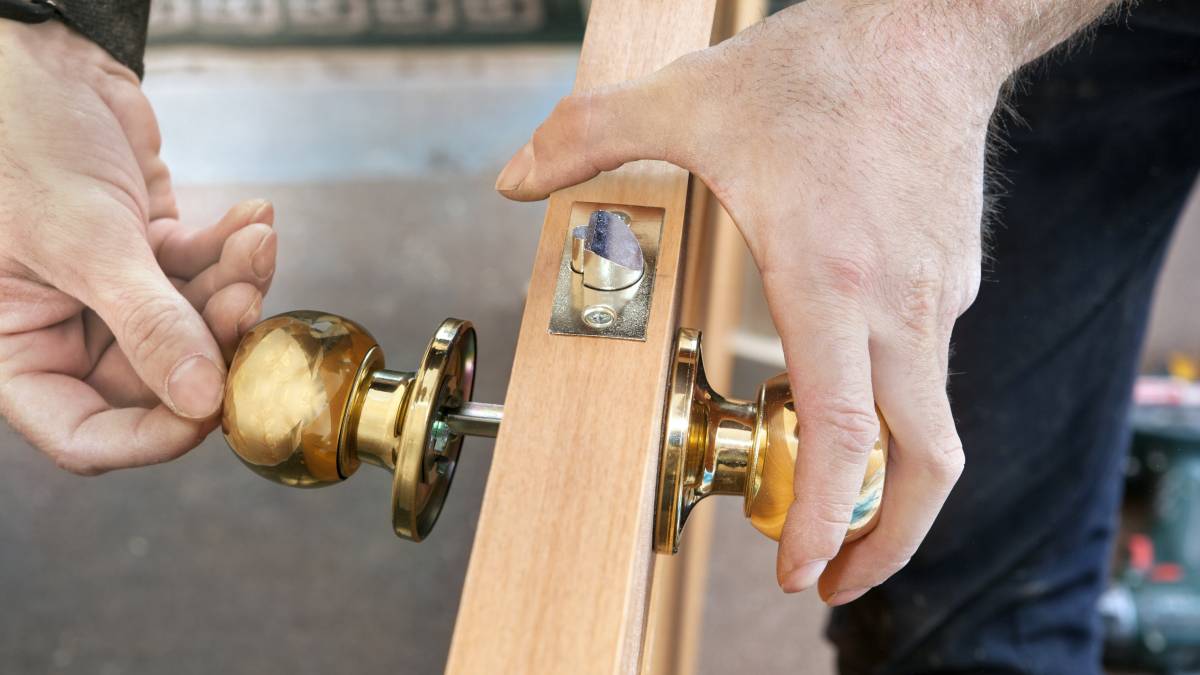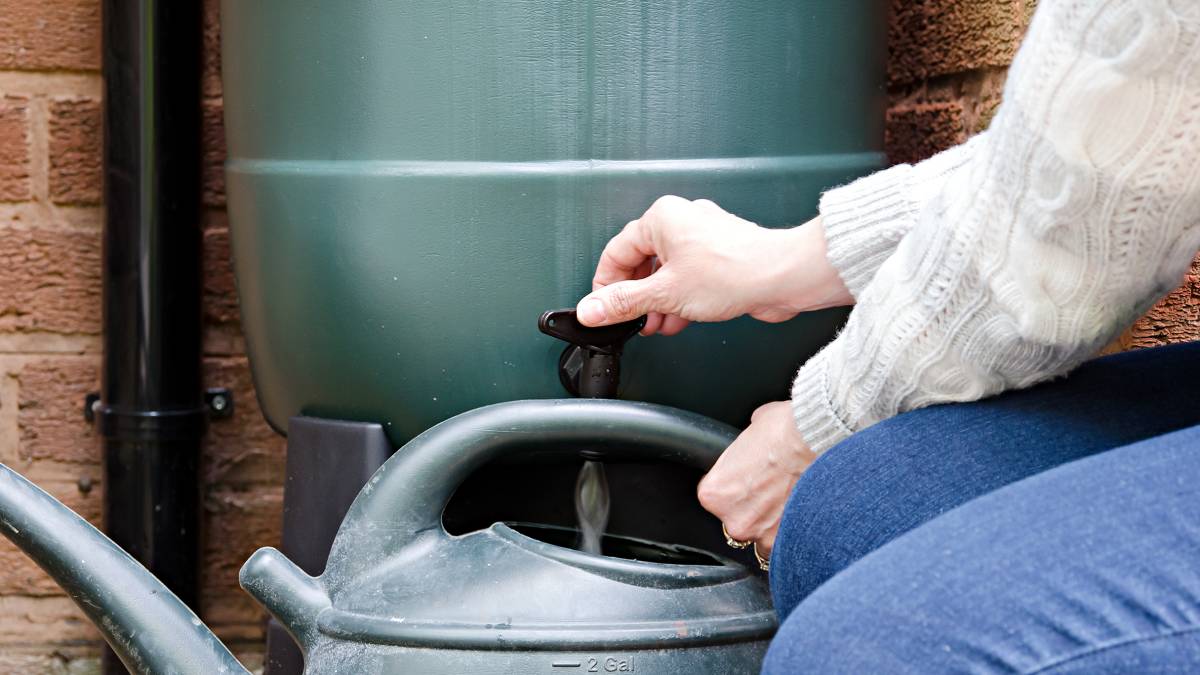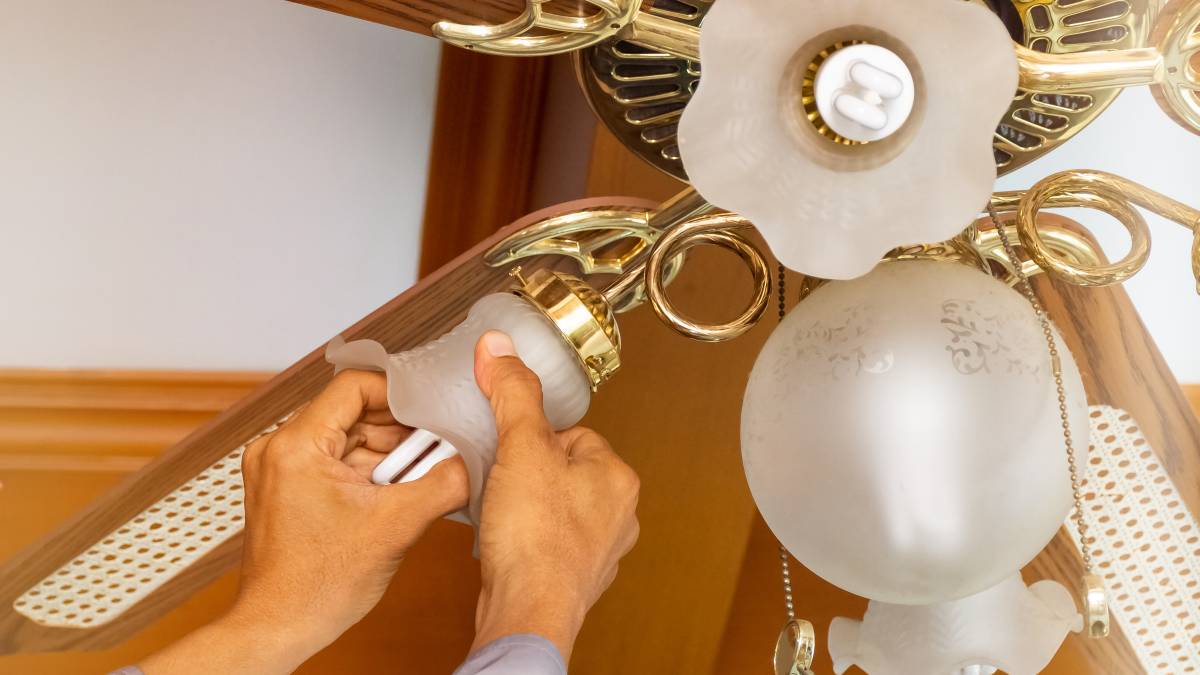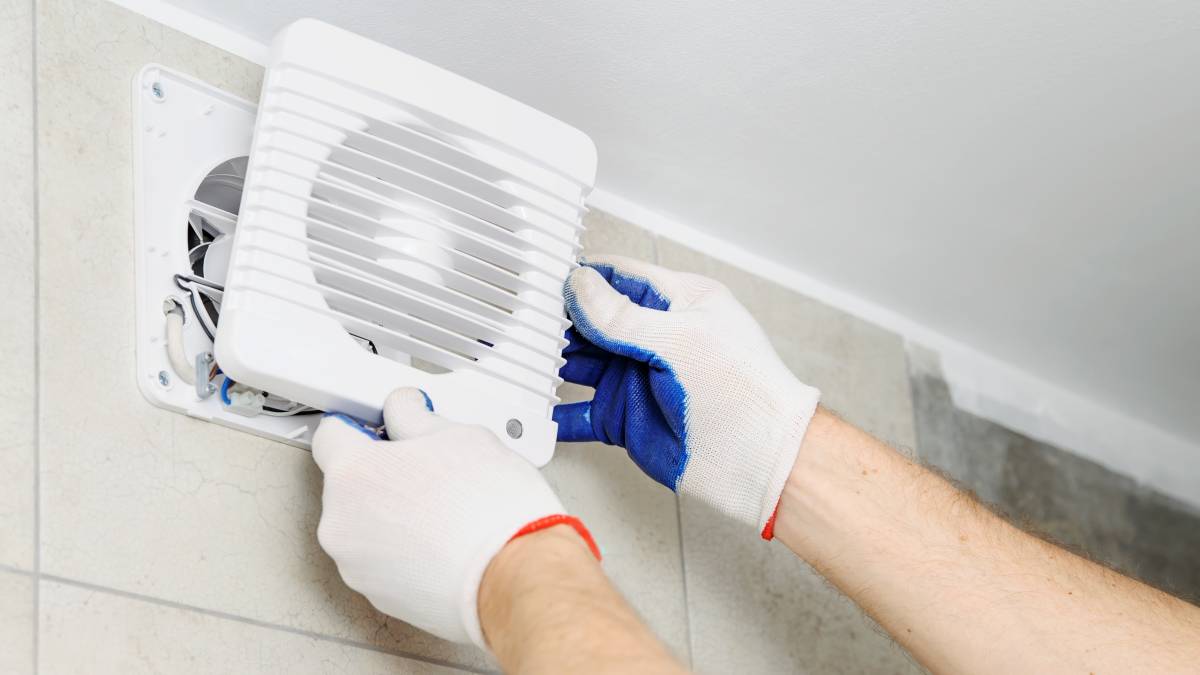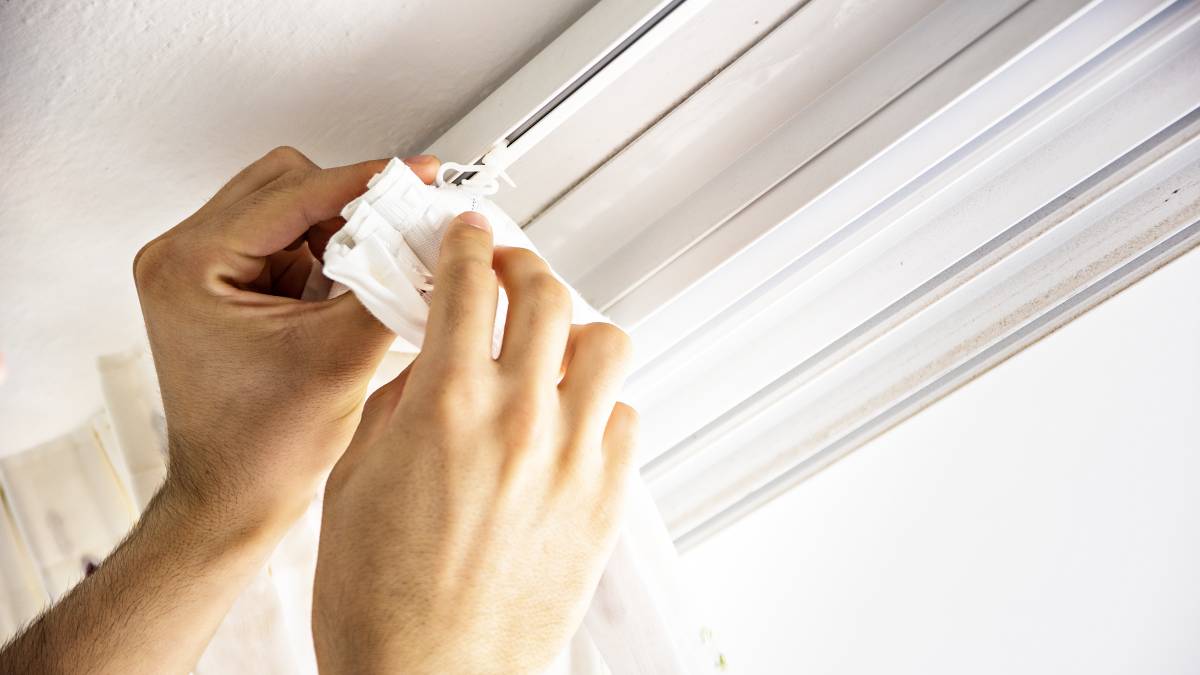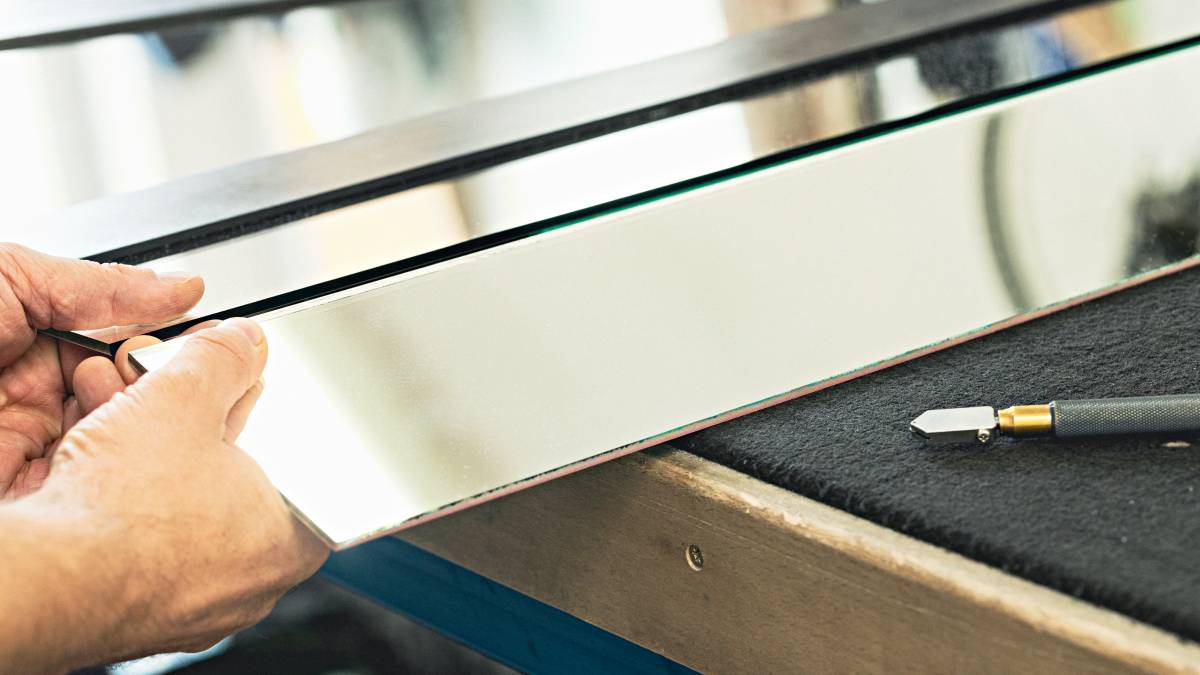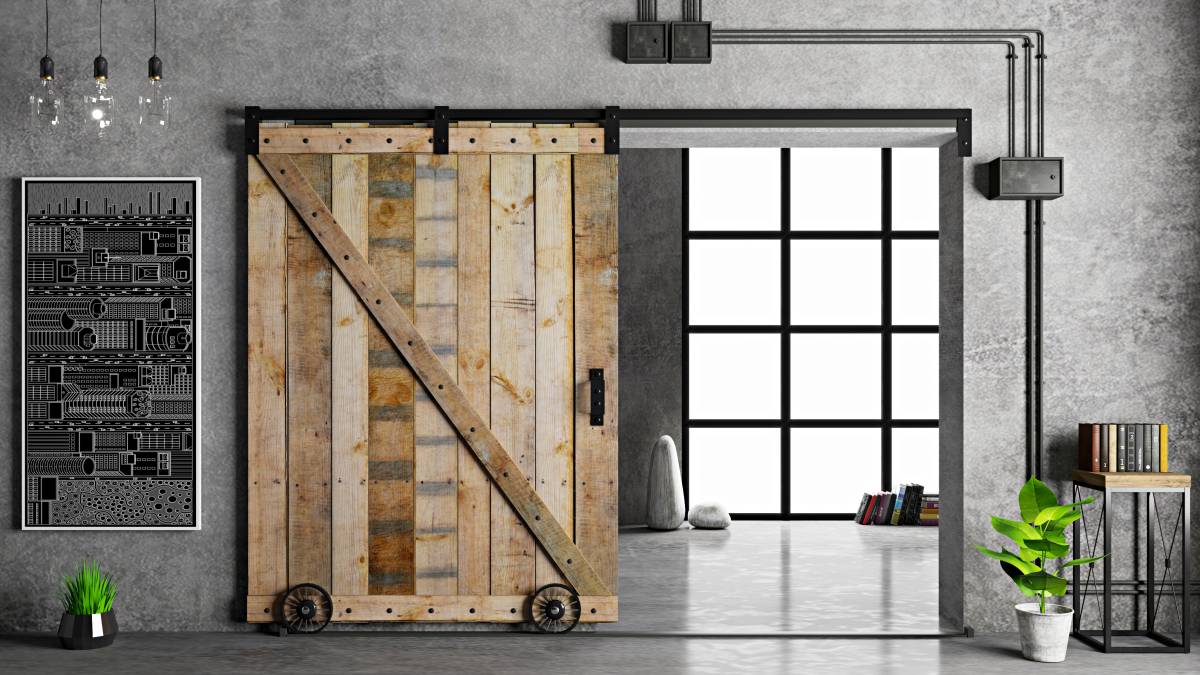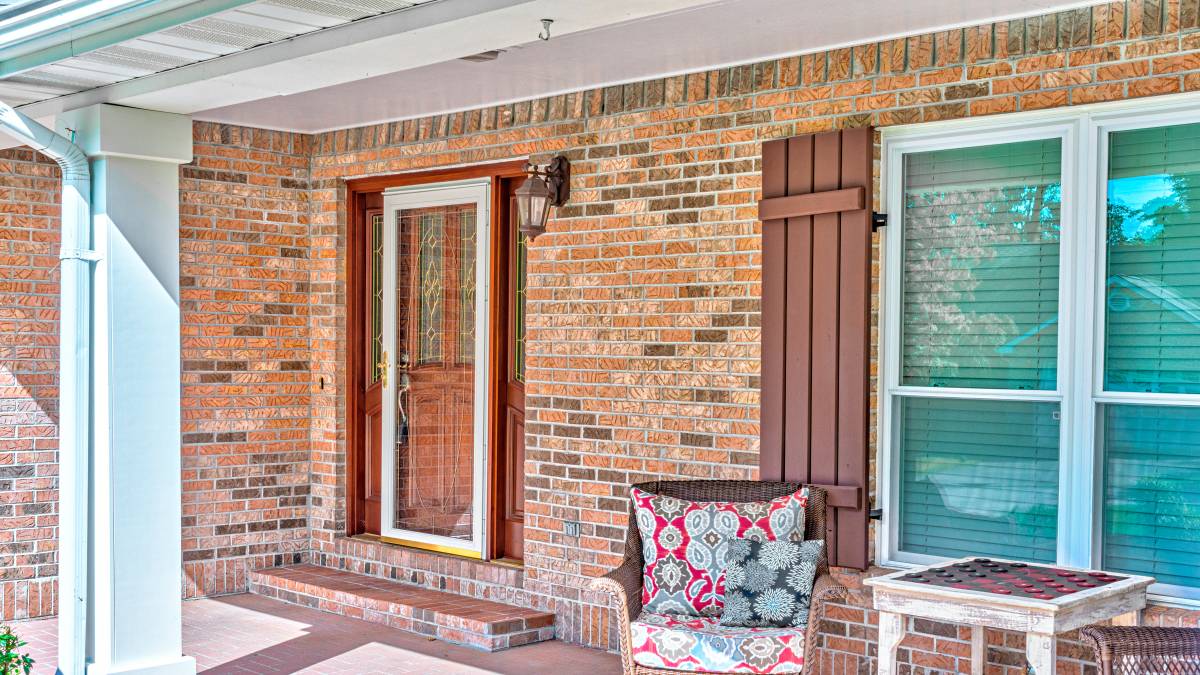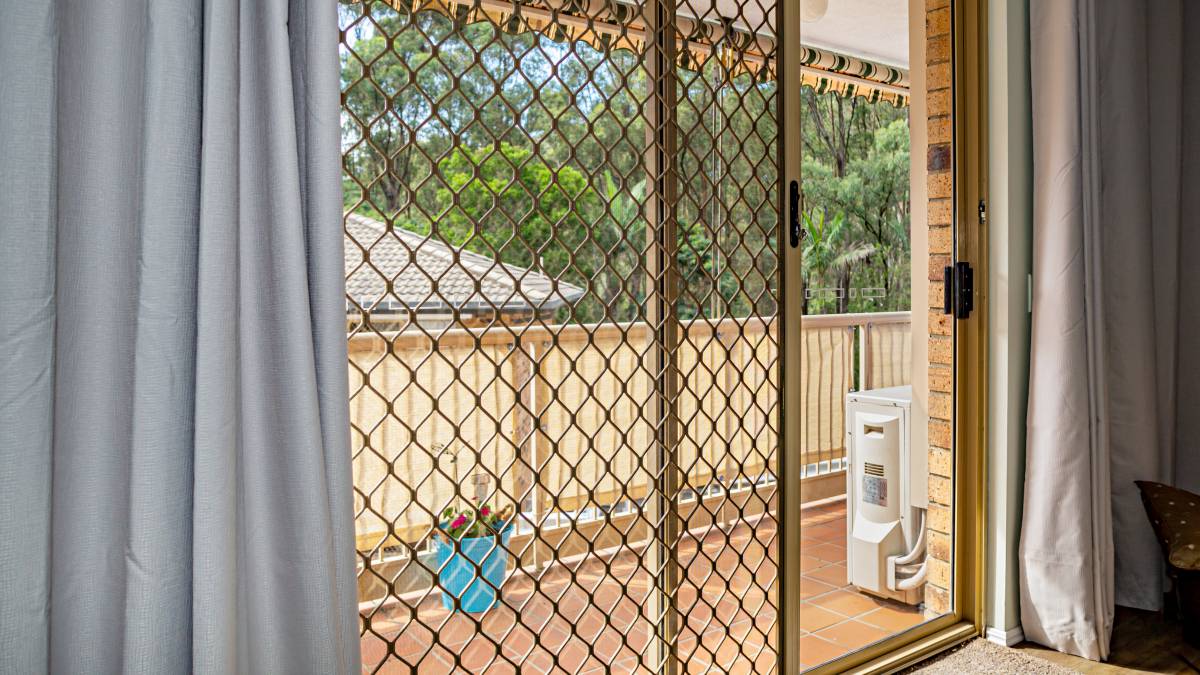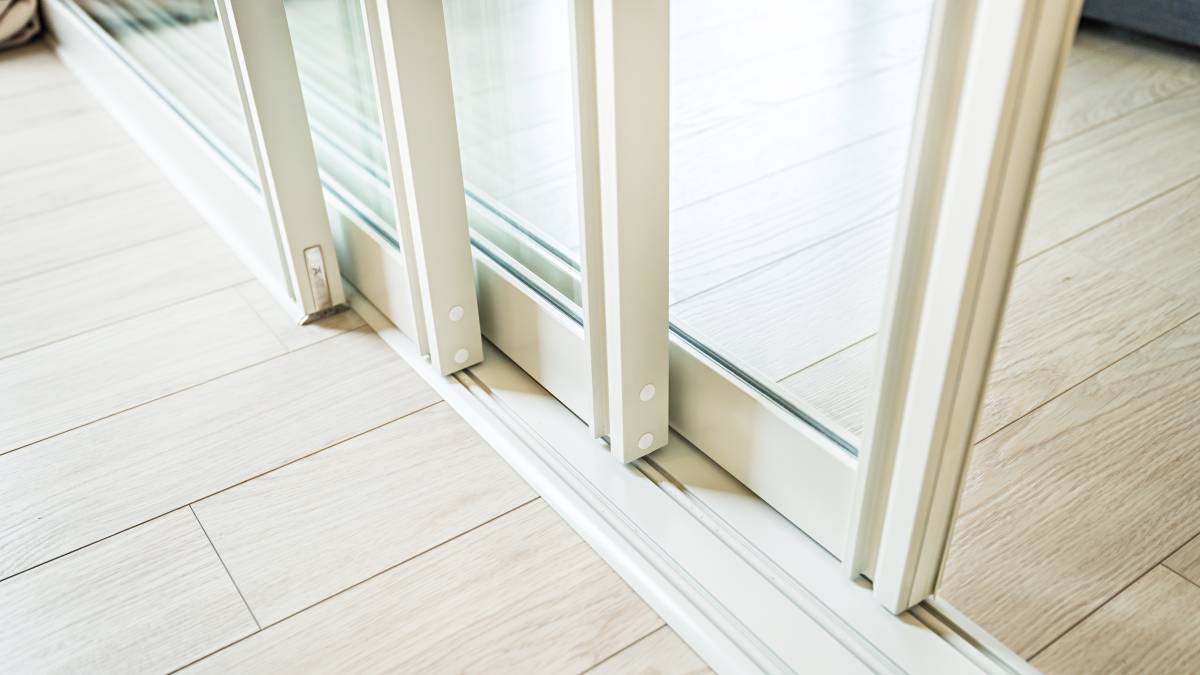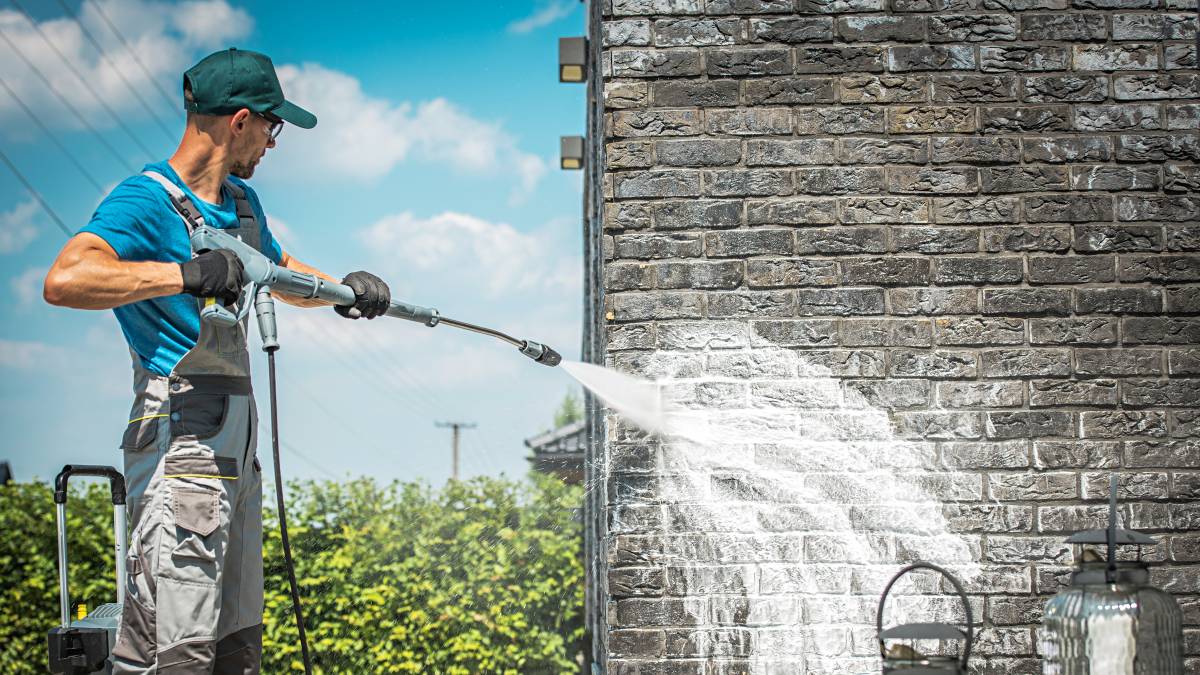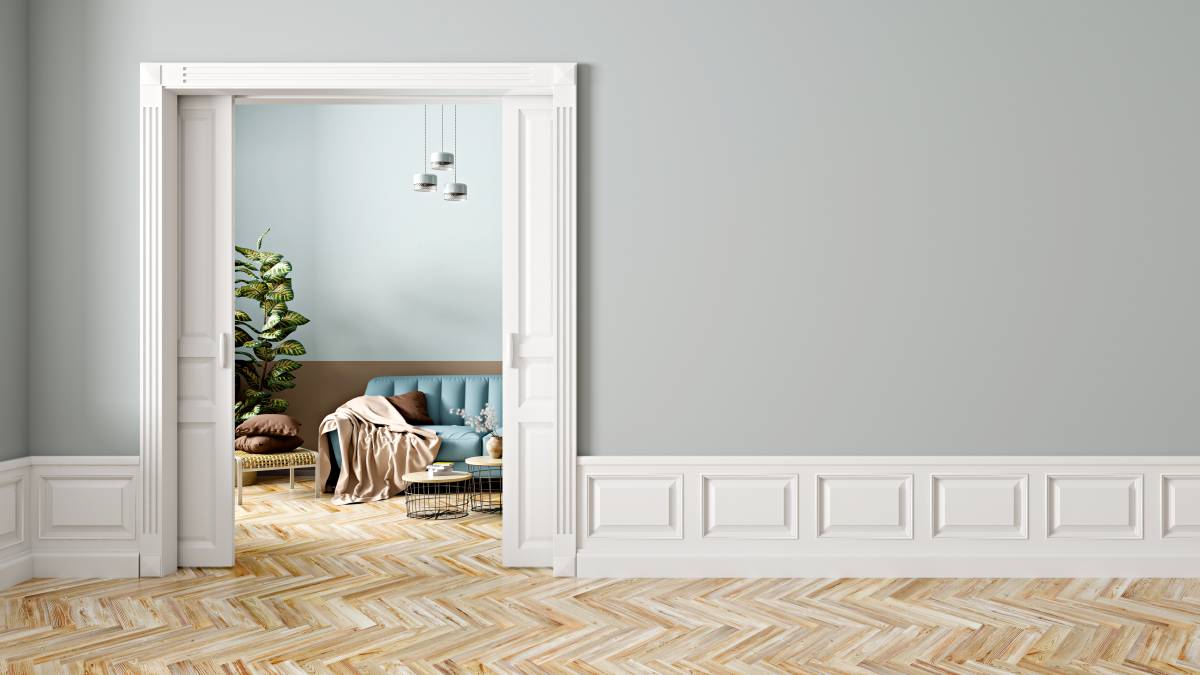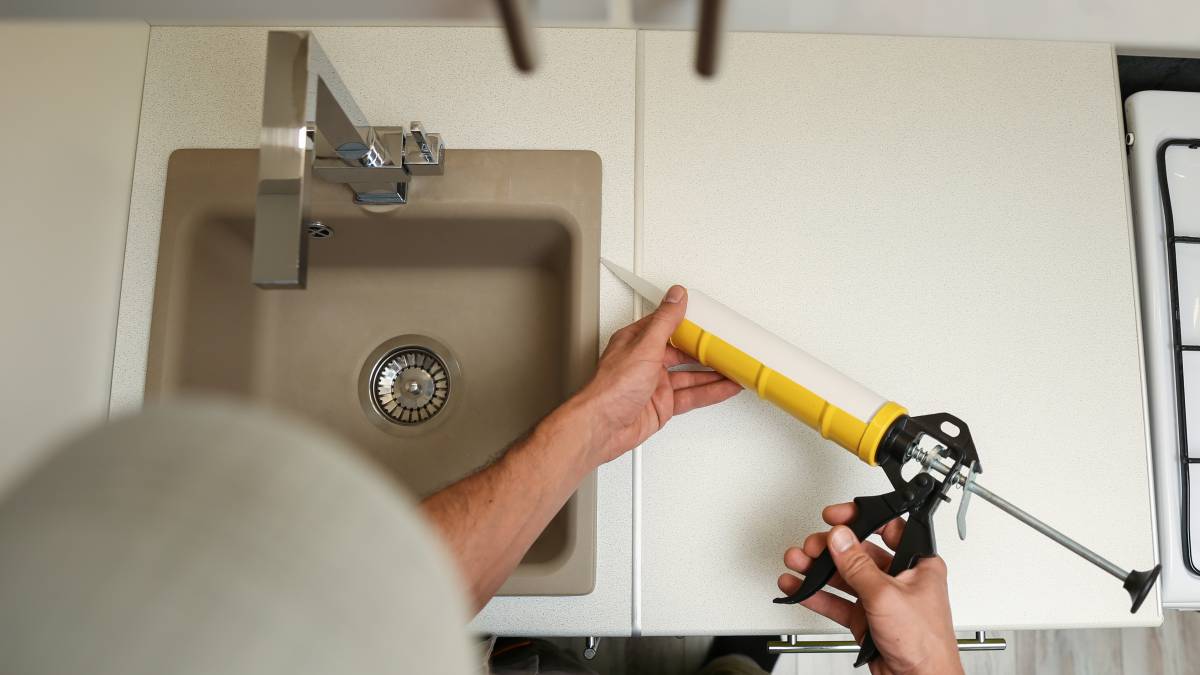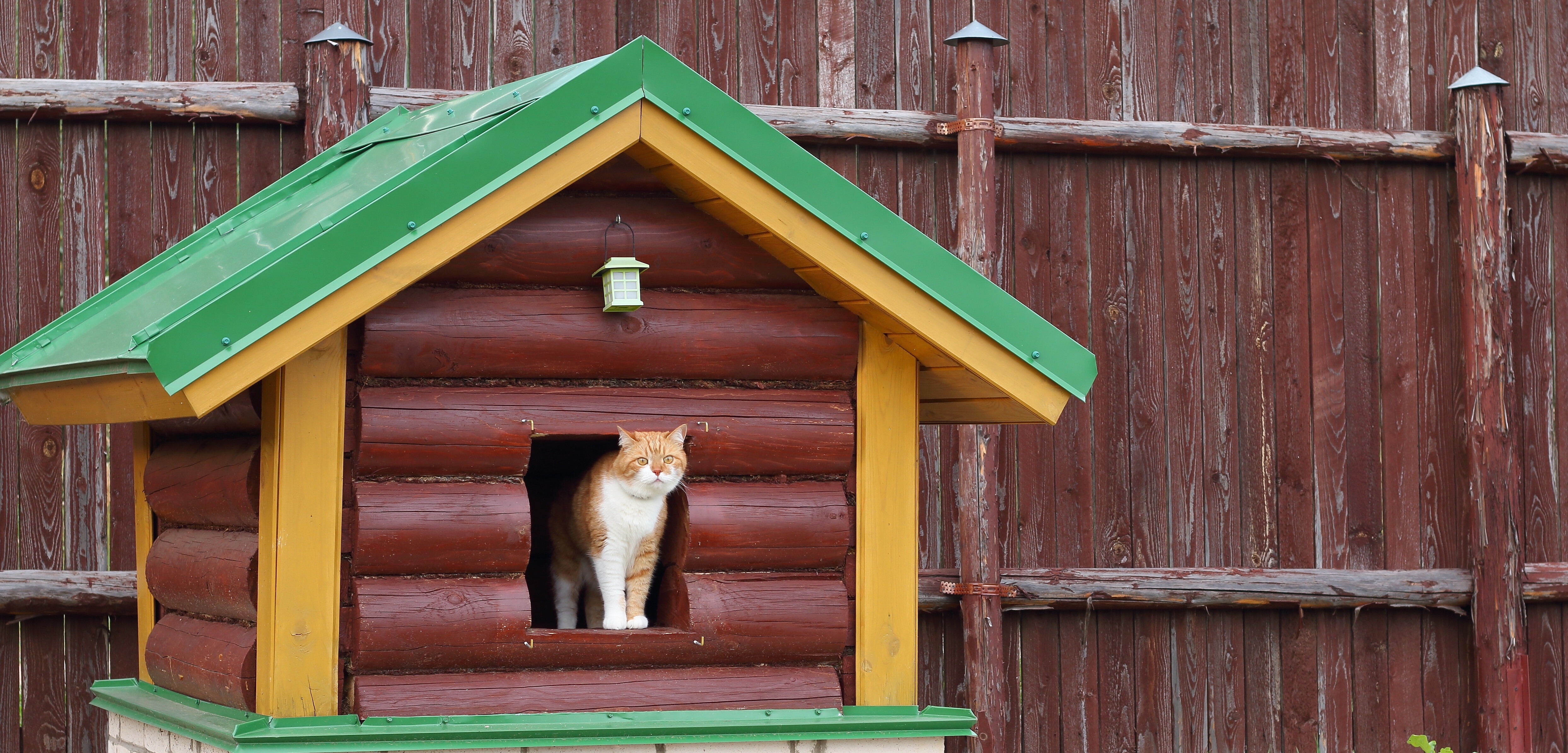
A fur parent's guide to building an outdoor cat house
Learn to build an outdoor cat house that's both easy and affordable!
Find a handymanLast Updated on
Your cat might have nine lives, but that’s no reason to let them be or care any less. Furry felines are naturally curious about their surroundings, and a cat patio or catio is the purr-fect solution for safe outdoor exploration. Read on to learn more about building an outdoor cat house.
Materials and tools
Constructing an outdoor cat house requires patience, skills, time, and some supplies. The materials and tools will depend on your outdoor cat house design. You can settle for a simple cardboard cat house or go big and set up a more stable, heavy-duty one. Here are the essentials for your DIY outdoor cat shelter:
Base - Wood is a great base for an attached cat house. But with a freestanding cat house, you can go natural and let your cats enjoy the grass. Or you can put bricks, tile, or other decking materials to elevate your cats, giving them better protection from ticks and roaming feral cats. Plus, it can prevent muddy paws, especially during rainy or bad weather.
Wire - There are various wires in the market for your DIY outdoor cat house, such as galvanized welded wires or fencing wires and vinyl-coated ones. Since they will act as walls of your cat’s outdoor house, purchasing good-quality materials is best.
Roof - Galvanised wiring is suitable for open-roof styles. Meanwhile, you can consider shingle, metal, or greenhouse roofs for a closed one or if you need extra shade. Whatever your choice, consider one that can withstand extreme temperatures to keep cats warm during the cold weather and cool in the summer.
Frame or panels - Your frame makes up the structure of your outdoor cat house. Cat owners commonly use wooden cat enclosures and panels, but you can explore other materials, such as steel or metal cat enclosures.
Shelves - Wooden materials, like tight-knot cedar and plywood, are good for shelves in your DIY cat house. Ensure they’re sturdy enough to support your cats when hanging out on the shelves. You can also add carpeting for a smoother finish.
The necessary tools can vary, but you should have the basics: a nail gun, measuring tape, a drill, a bolt cutter, and a circular saw or jigsaw. You may also need other materials, such as wood glue, screws, a pencil, a pet door, a door lock, cardboard boxes, a ruler, and a staple gun.
How to build an outdoor cat house
Step 1: Settle your cat house plans
Are you making a freestanding cat patio or an attached outdoor cat house on your terrace or balcony? Other important considerations are size, shape, design, color, preferred materials, and budget. Remember to include cat accessories in your blueprint and a door that gives you easy access to your cats.
Consider your cat’s needs, especially if you plan to have kittens on board. Planning all the details of your DIY cat house and seeking guidance from a cat care specialist will help make the entire process easier and faster.
Step 2: Select and set up the site
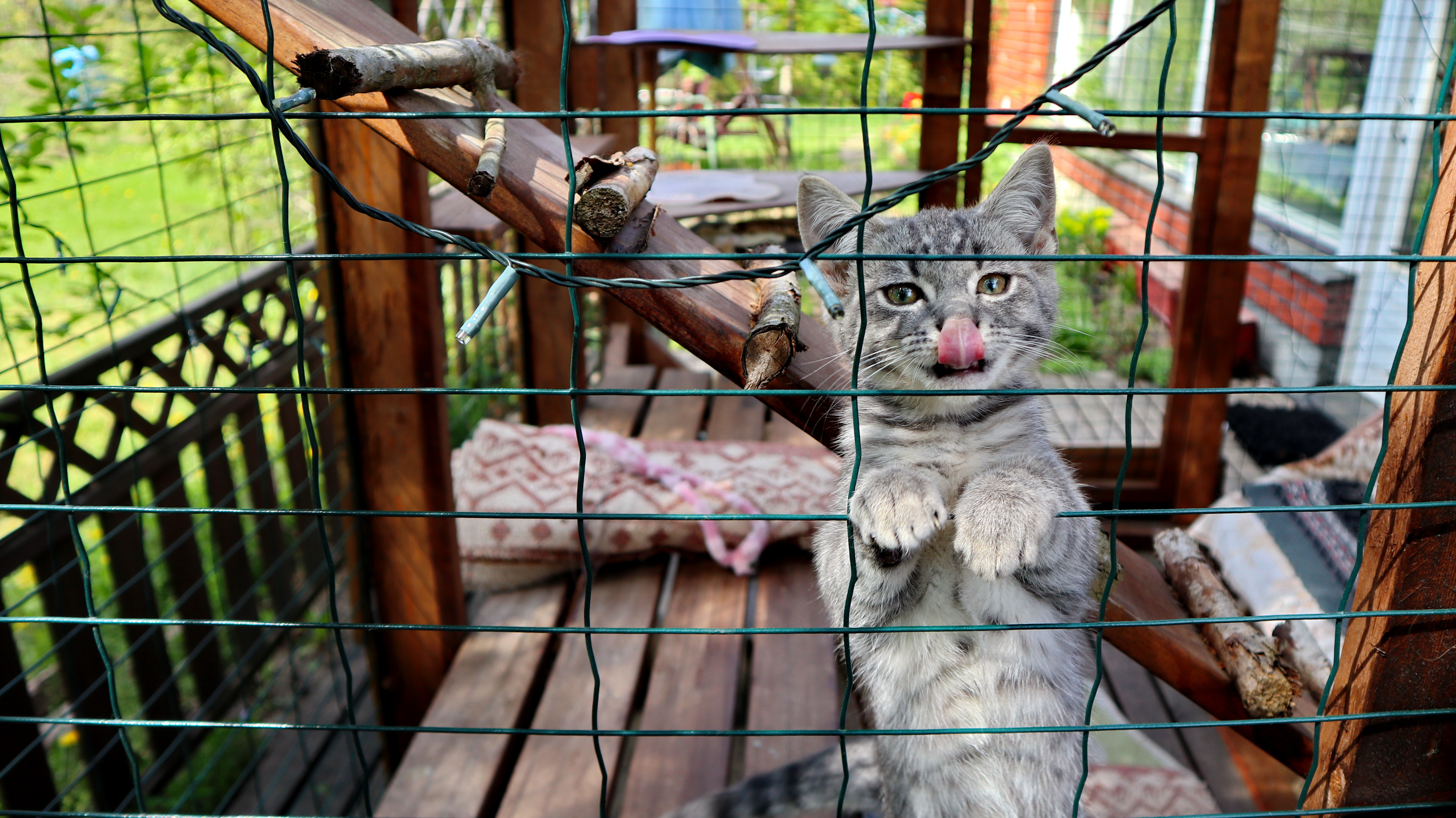
A freestanding cat house may need some cleaning and pre-work before starting the build. If your chosen location has grass and plants, inspect and remove anything poisonous to cats. Examine the area for attached cat enclosures and clear out any blockages or hindrances.
Step 3: Gather all the materials
Before you begin your DIY cat house, ensure you have everything you need, including your tools. It’s also best to do the prep work, if any, such as resizing pallets, painting certain pieces, and coating necessary parts.
Step 4: Build your base
Using wood pallets, set up the floor of your cat’s home. Make it big enough to support all the panels and check for gaps or spaces to prevent tiny paws from getting stuck. Establish a heavy-duty base, as this will be the house’s foundation.
Step 5: Create your cat patio frame or panels
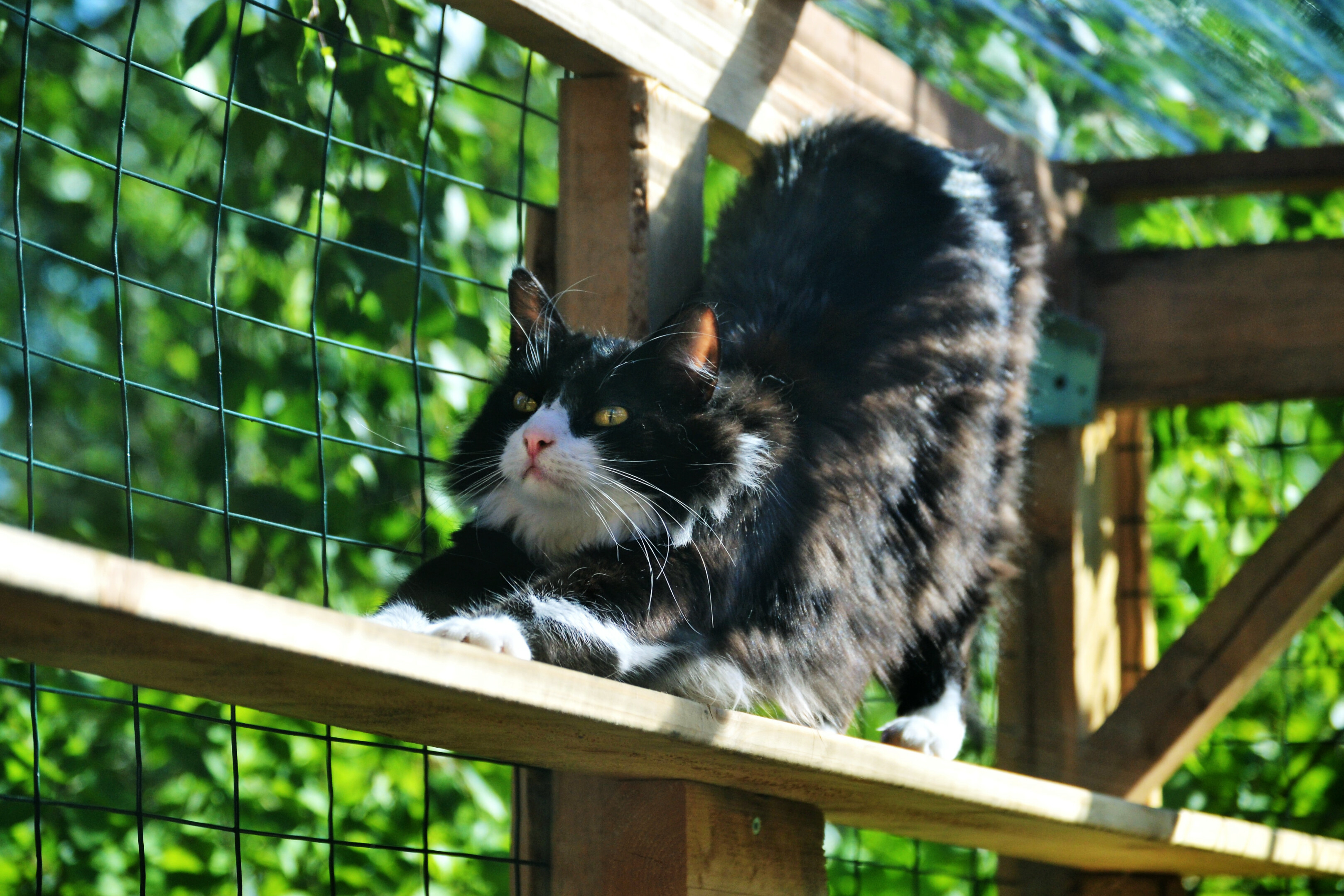
Whether building your cat house panels from scratch or buying one you can assemble, make sure they’re solid. Your DIY outdoor cat house will stand the test of time if the frame or panels are made of rigid materials and properly installed. Remember to include a door (your easy access) by allotting a specific panel.
Before proceeding to the next step, remember to install the pet door. This applies to backyard outdoor cat enclosures connected to the house. An outdoor cat house attached to the window or house will need a pet door to let your furry feline in and out. You can build your own, buy, or get help from a reliable cat door installer.
Step 6: Put everything together
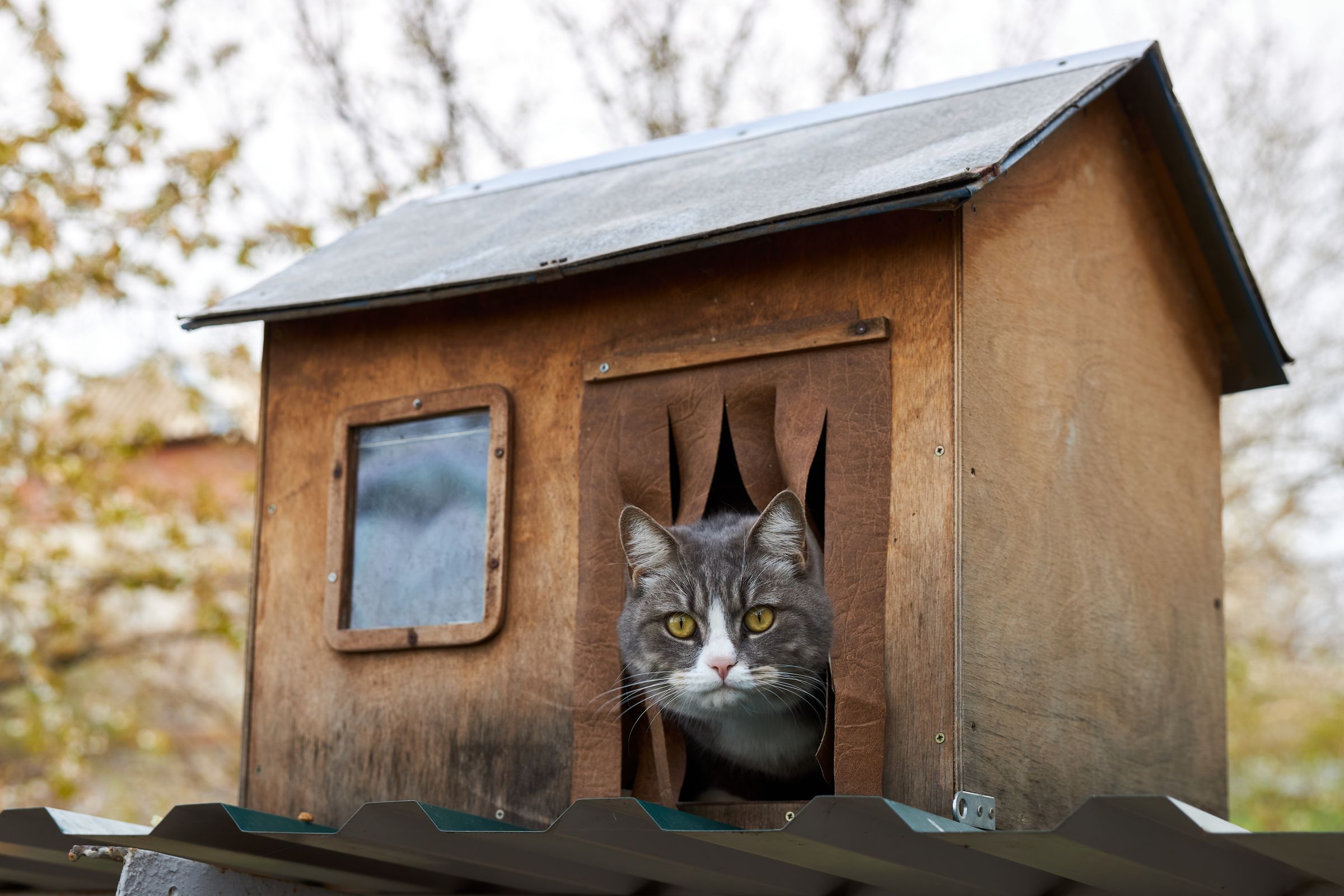
Add fencing or mesh wire to each panel. Secure the wire by screwing or stapling it into each panel. Ensure a firm fit to prevent your cats from escaping or having stray cats and other animals break into the outdoor house.
Screw the panels into the outdoor cat house base. Then, nail in the shelves to give your cats vertical movement. Finish it off by adding and securing a roof over the cat house.
Step 7: Childproof your project
Just as you would make your home safe for children, do the same for your cats. Ensure no nails or sharp items are sticking out to avoid harm. Sand any rough patches and double-check all the nooks and crannies of your DIY outdoor cat house.
Kitty cat house ideas and tips
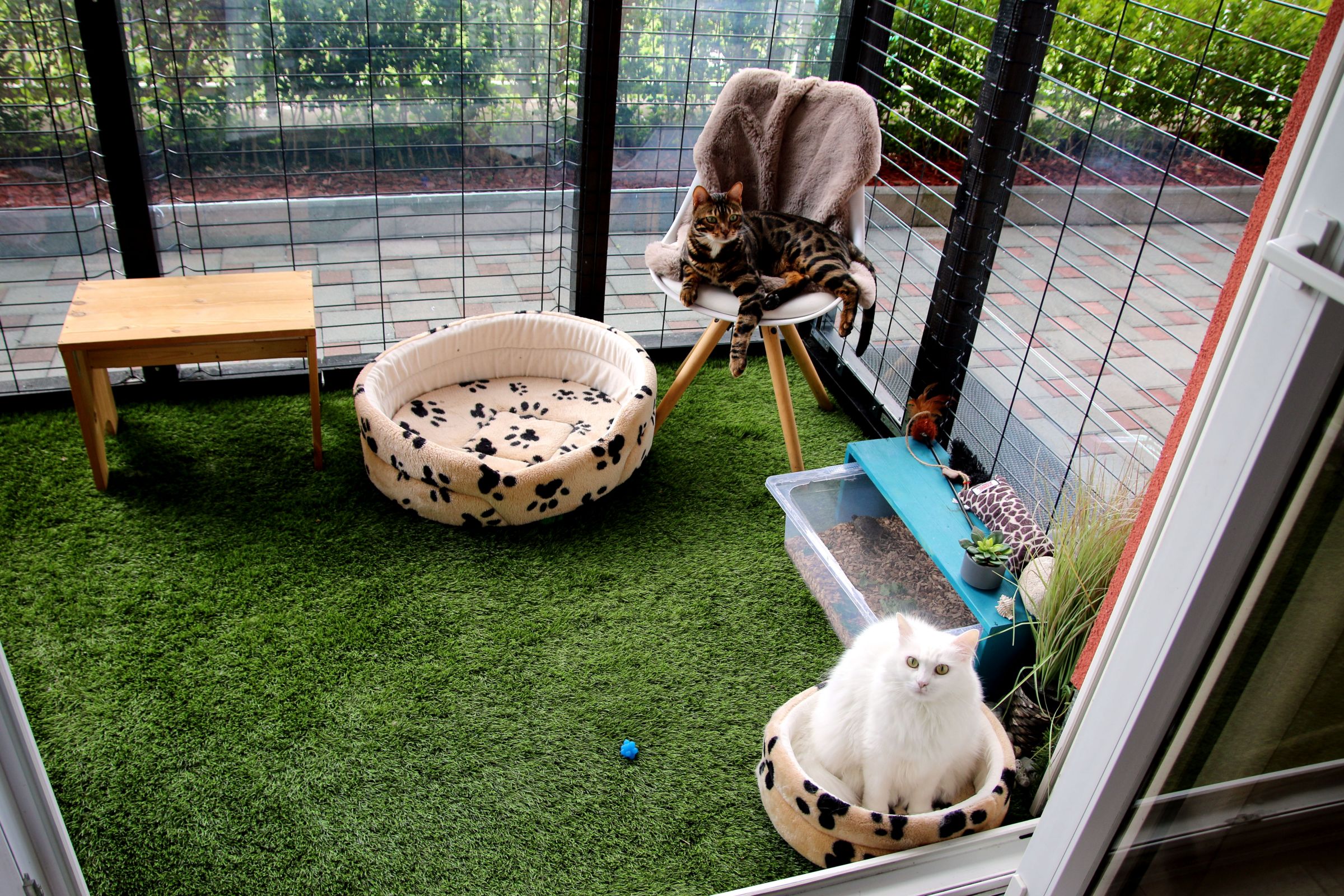
Besides building a solid and sturdy outdoor cat house to keep your cat safe, you can also turn it into a cozy place. Add some accessories to make your cats love their home even more.
Toys - Scratch posts, catnip balls, cat towers, hammocks, and colorful springs will catch your cat’s attention and turn your DIY outdoor cat house into fun.
Essentials - Food, water, bowls, a litter box, and a cat bed should be a priority in any cat house. But if you have multiple cats, stock up on these items to keep everyone happy. Another thing to note is to have enough room in the kitty house.
Water fountain - Although having a bowl of water is good enough for cats, you can go the extra mile with a fountain. Some cats tend to drink more when they see moving, flowing water. Water fountains would be the perfect way to encourage lazy drinkers.
Plants - Whether you have a kitten or an adult cat, plants add life to a cat shelter. Steer away from plants toxic to cats and stick with safe ones, like catnip, wheat grass, and basil. Place them in a plastic flowerpot instead of a fragile one to avoid breakage.
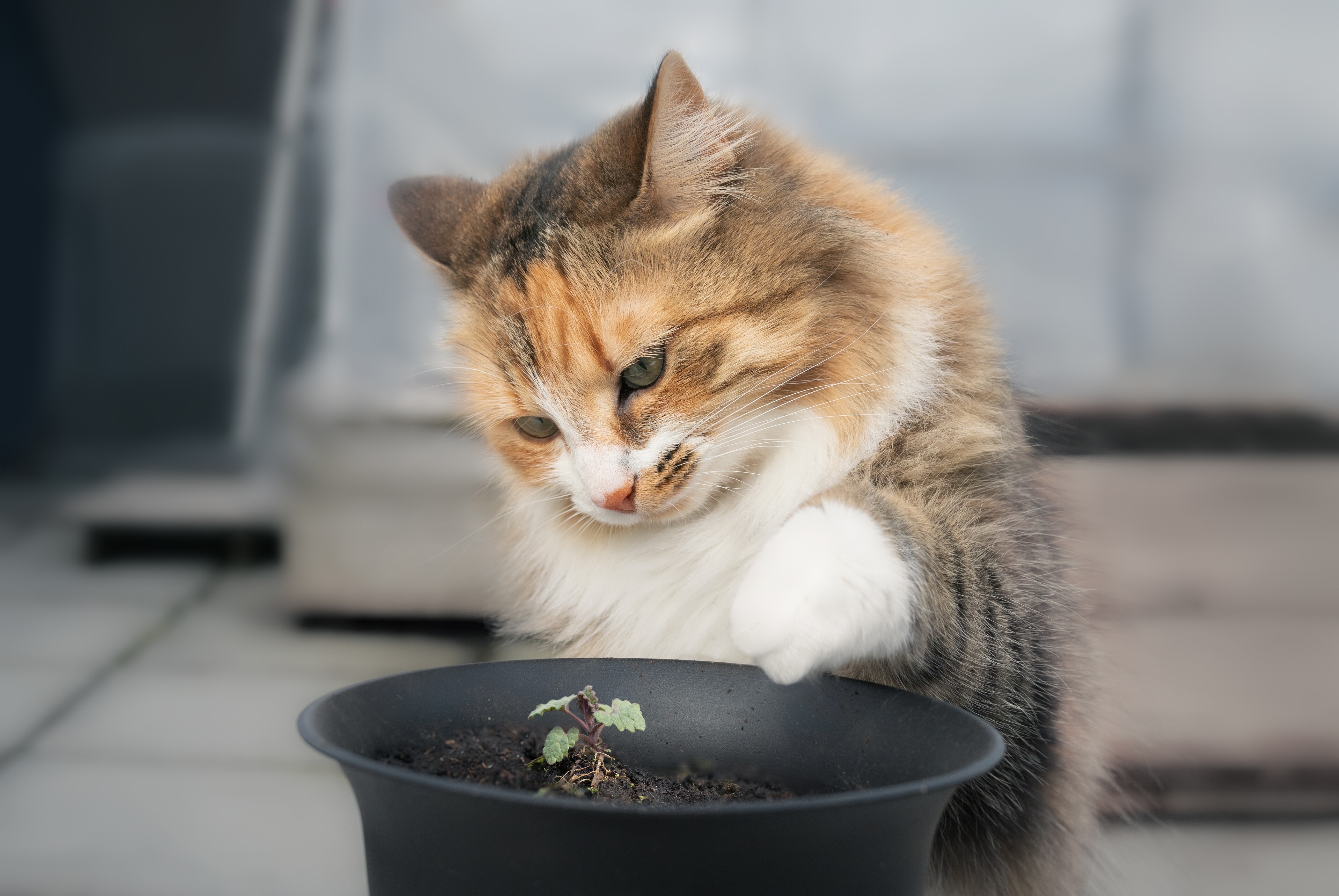
Insulated shelter - If you live in a chilly place or have cold winter months and you’re wondering how to heat an outdoor cat house without electricity, install an insulation board on the panels and place a polycarbonate sheet on the roof. These help cats stay warm and comfortable. A heating pad is also great for adding extra warmth to your cat’s outdoor shelter.
Good location - Consider the best spot for your feline friends while making your cat house plans. A shaded or partially shaded area is best. But if you’re in a sunny space, invest in a good roof to add shade. A cooling pad can also do wonders for your outdoor cat house for summer.
Recycle materials - A limited budget calls for a resourceful attitude. Have you considered a styrofoam box the perfect solution to cold winter woes? A styrofoam cooler or cardboard box is an affordable alternative to keeping your cats warm. Fill the kitty shelter with blankets and old t-shirts so your cats can relax and sleep better.
Cleanliness - You may notice your cats love to clean themselves, or perhaps you bring them to your friendly, local pet groomer. But keep in mind that your cats also like a neat home. Don’t forget to maintain cleanliness, more so with their litter boxes.
Curiosity won’t kill the cat
Building an outdoor cat house no longer has to be complicated. With this guide and its tips, you can give your furry best friend the luxury and freedom they deserve while keeping them safe. Share these pointers with pet parents alike, and make the best cat home with the help of an expert from Airtasker today!
FAQs on building an outdoor cat house
Although staying indoors is healthier and safer for your cat, you can keep your cat outside. But it’s best to take precautionary measures for their protection. You can spay or neuter your cat, be updated with vaccines, use a GPS cat tracker, and build an elevated cat house.
Cats aren’t picky with their house type. A simple cardboard or styrofoam box can be top-tier for them. The important part is their home has good insulation to keep them warm, especially during the cold season.
If you’d like to help out some feral cats in your community during the winter, you can set up a cozy box or shelter for them to take refuge in. Boxes and blankets are great, but you can add a heating pad for extra warmth.
Cedar is considered the best choice for a wooden cat enclosure because of its versatility and durability.
Find handyman, fast
Find a handyman
Related articles
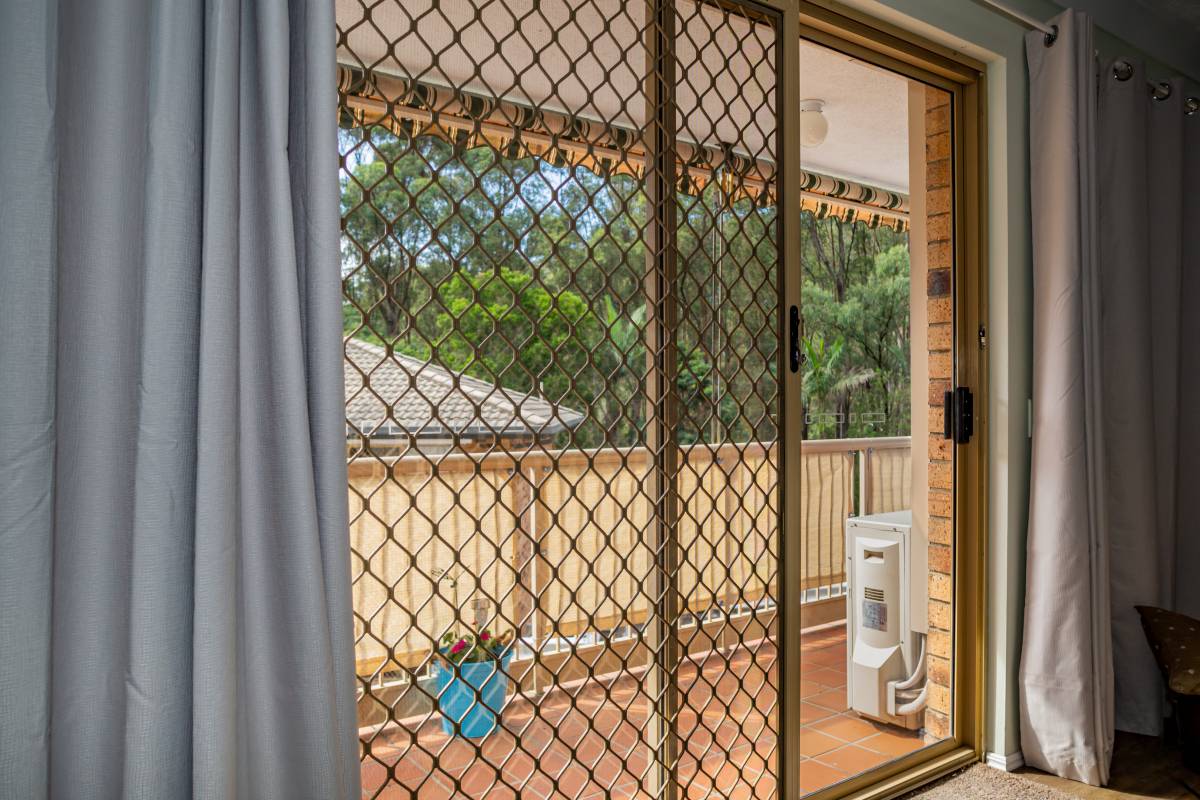
Install a screen door in 6 steps
Read more
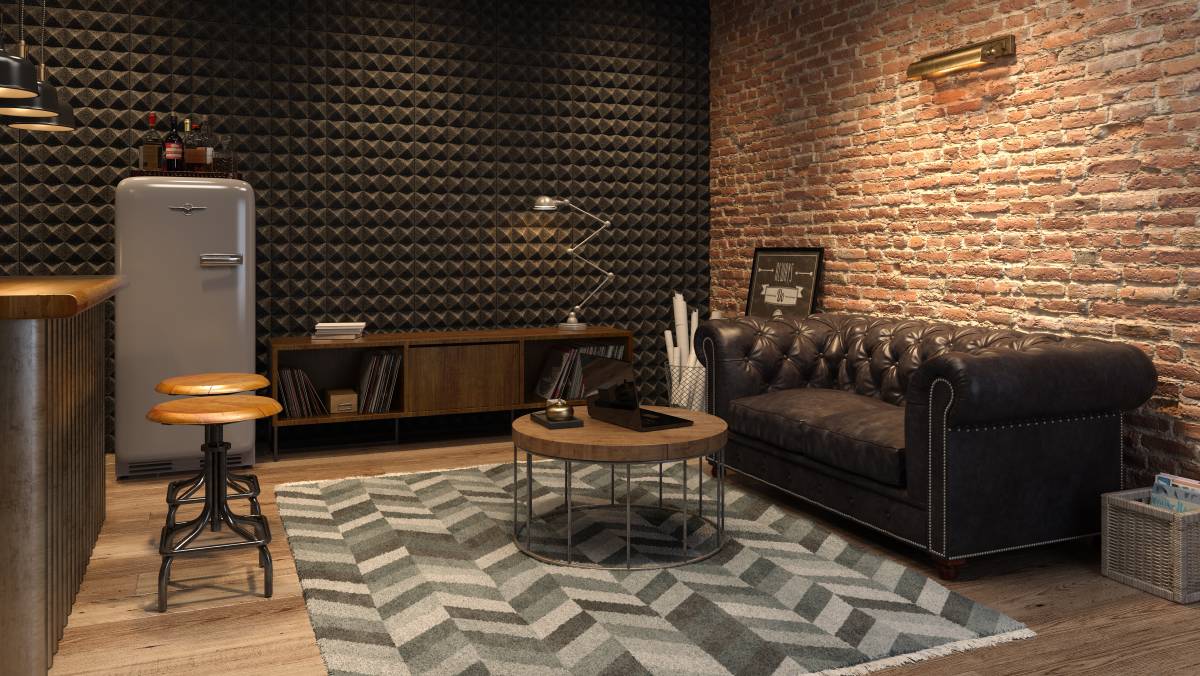
How to Soundproof a Room
Read more
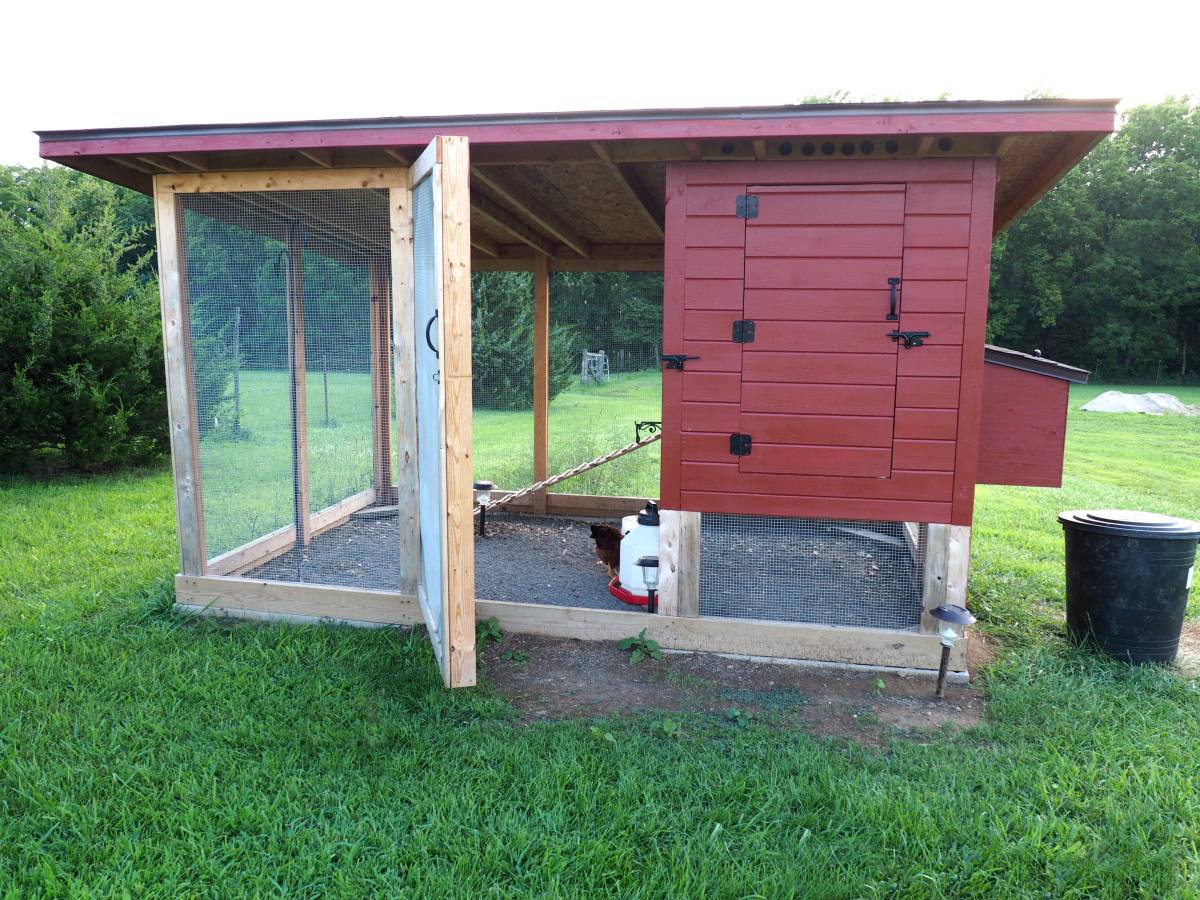
How to fox proof your chicken coop
Read more
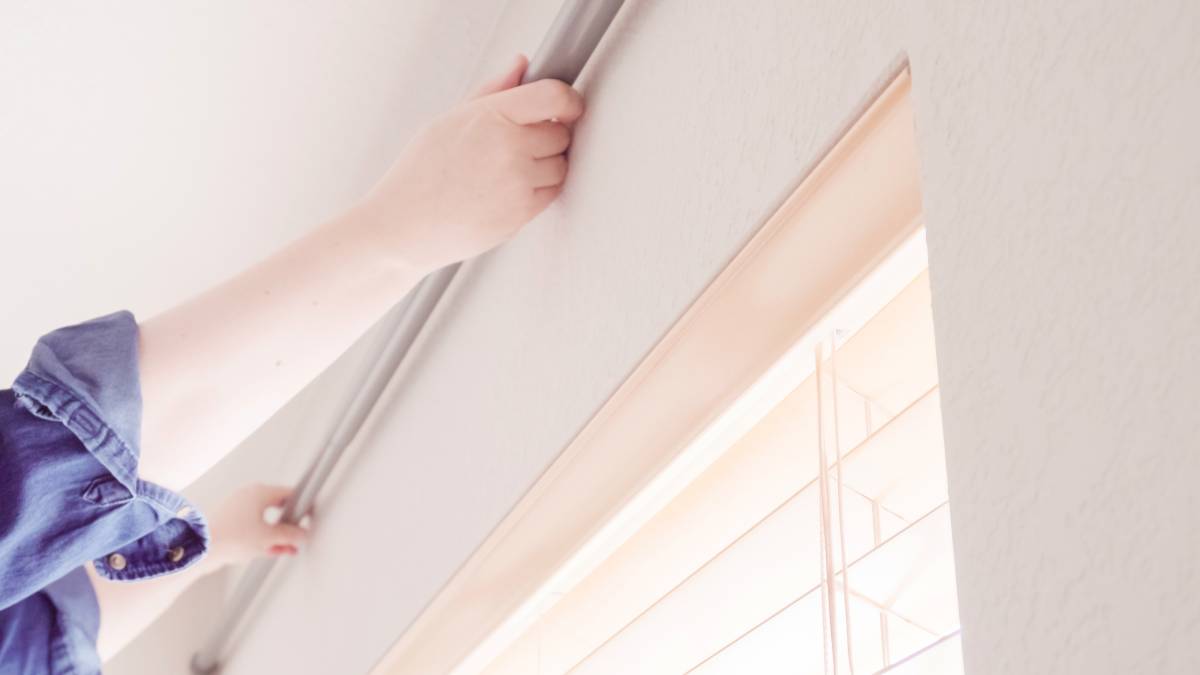
How to install curtain rods
Read more
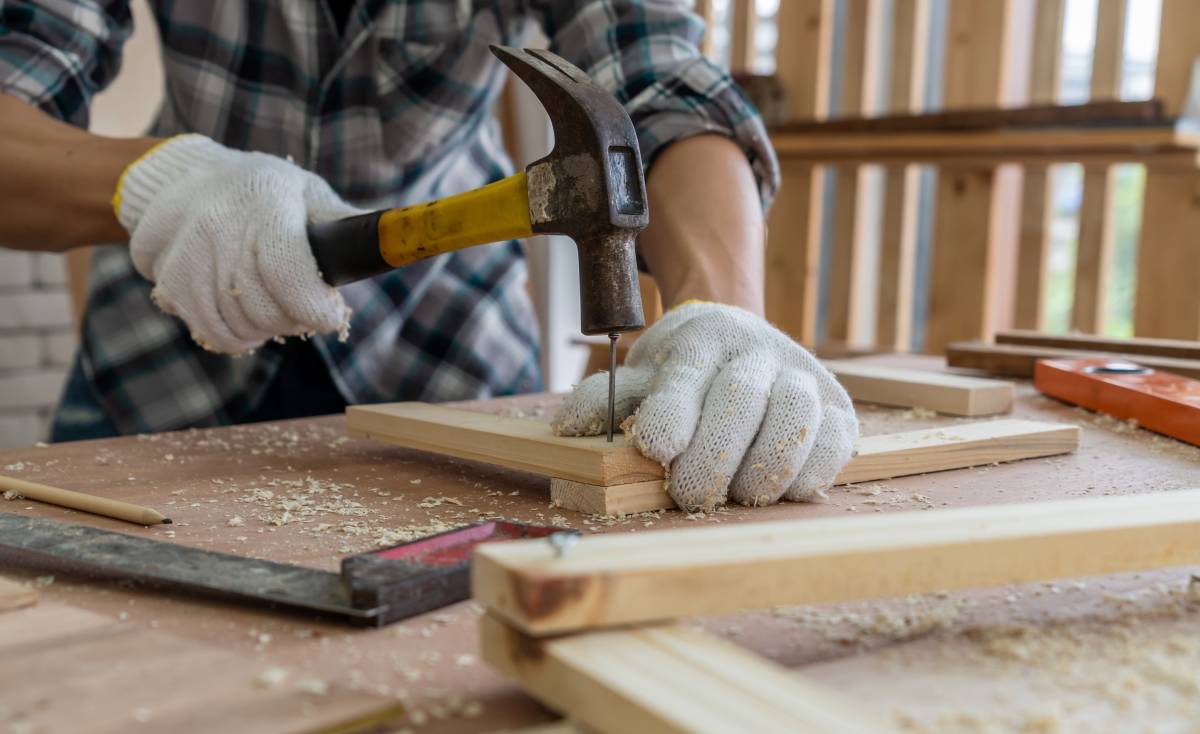
Best blue-collar jobs on Airtasker
Read more
Related price guides
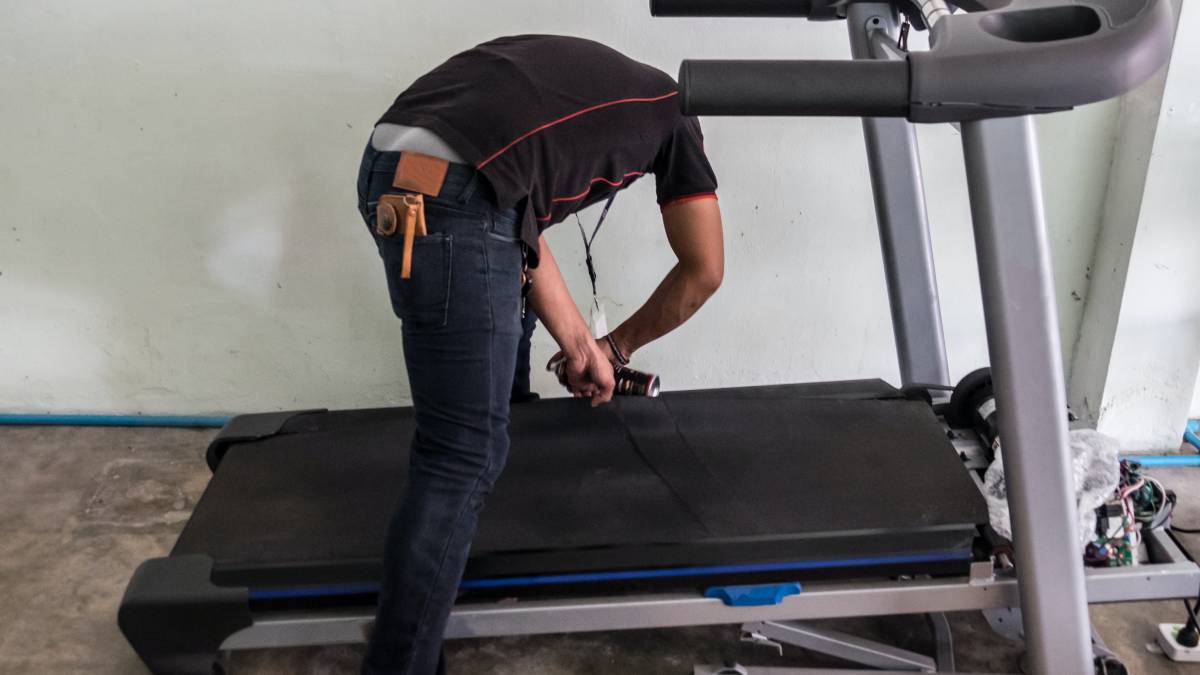
How much does treadmill repair cost?
Read more
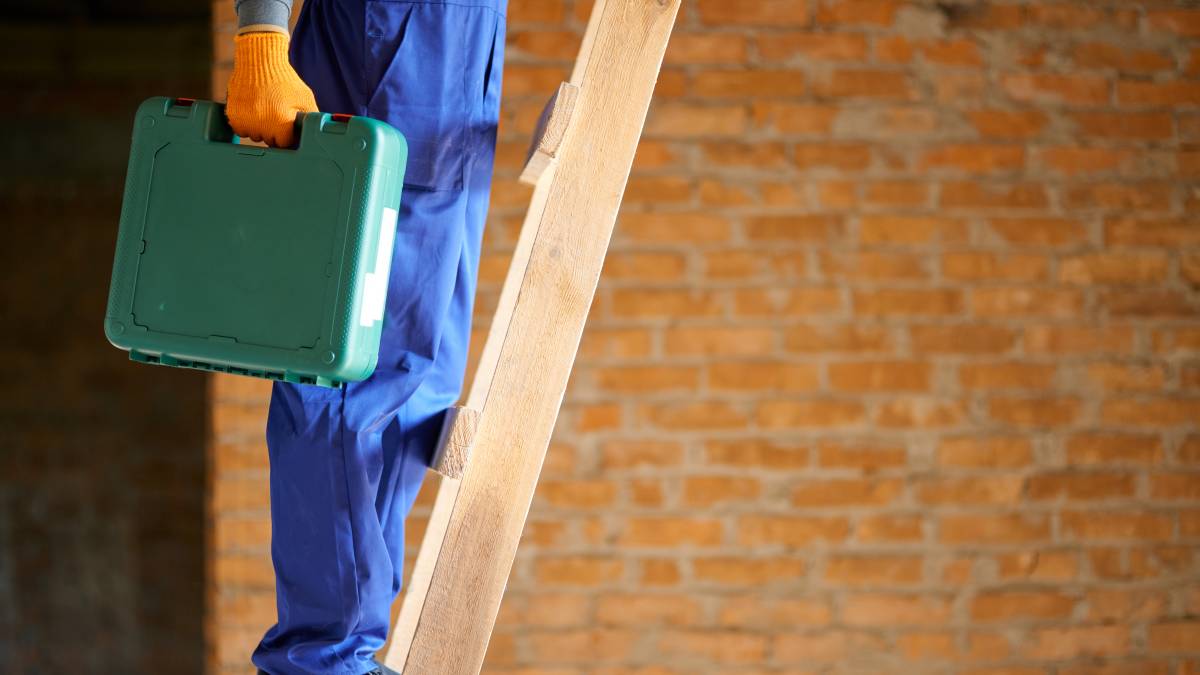
What are average handyman prices?
Read more

How much does clock repair cost?
Read more
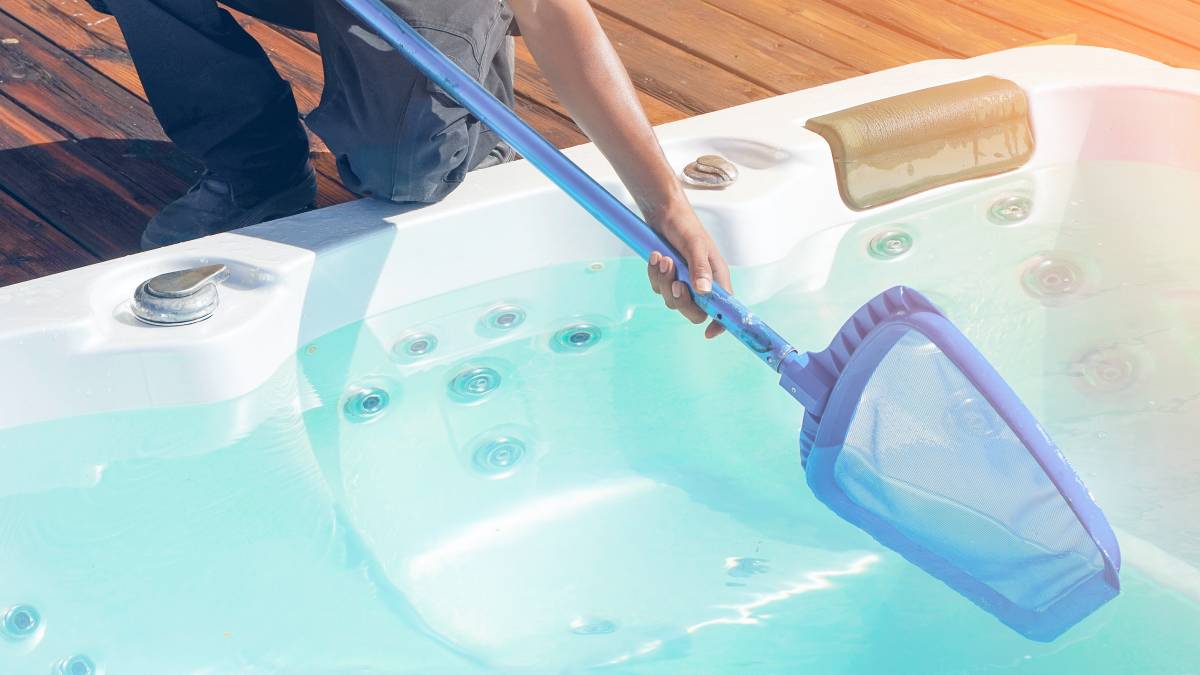
How much does hot tub repair cost?
Read more
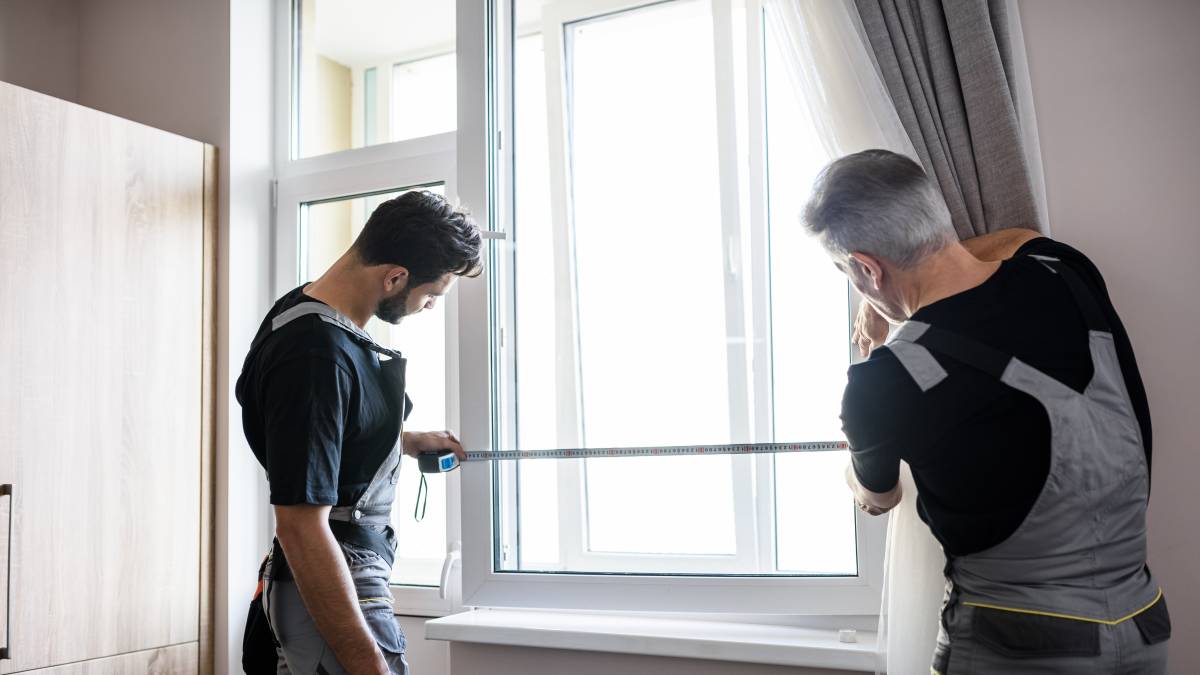
How much do roman blinds cost?
Read more
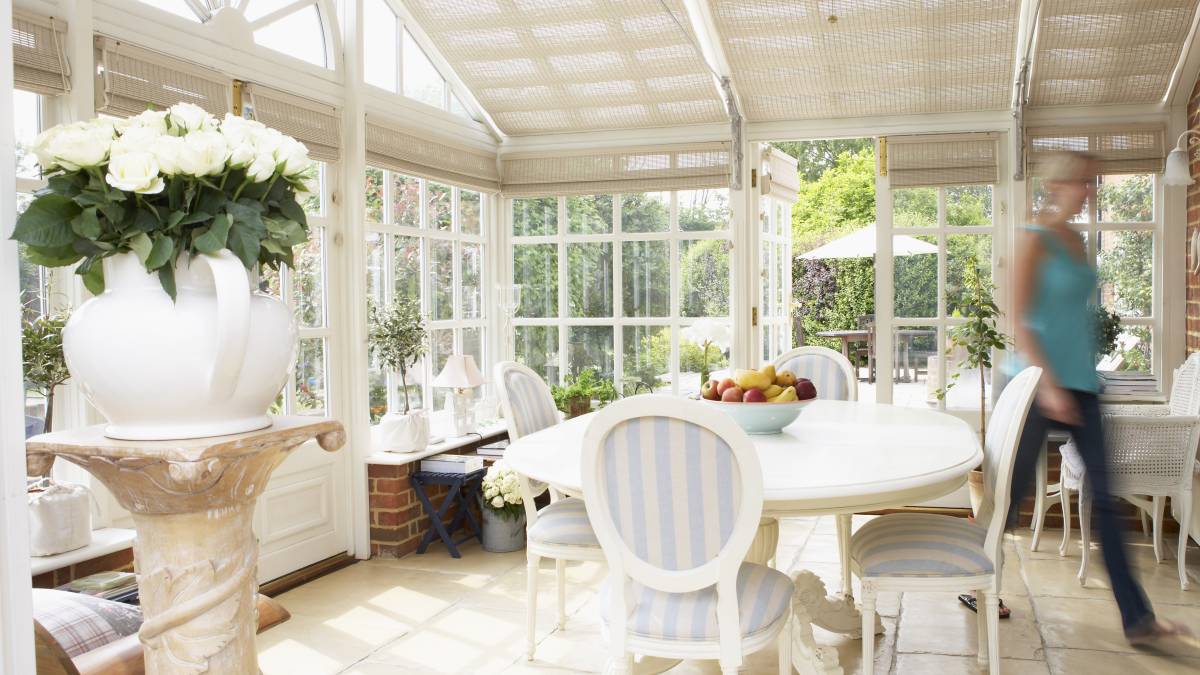
How much does a sunroom cost?
Read more
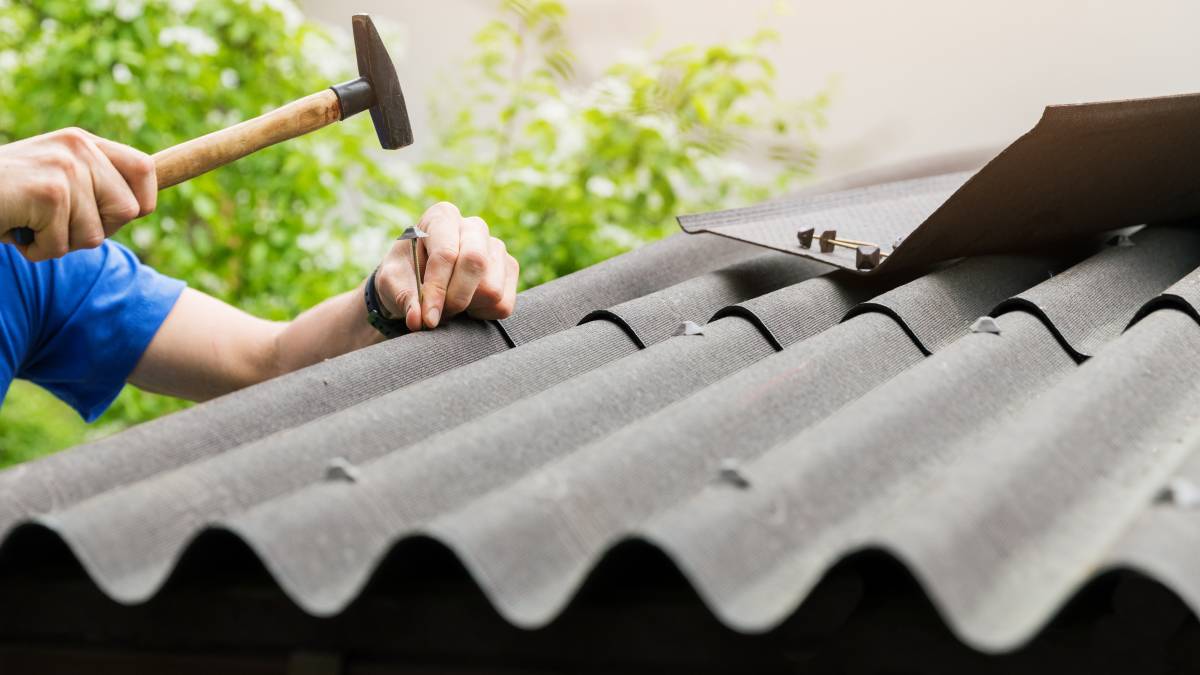
How much does shed roof repair cost?
Read more

How much does signage cost?
Read more
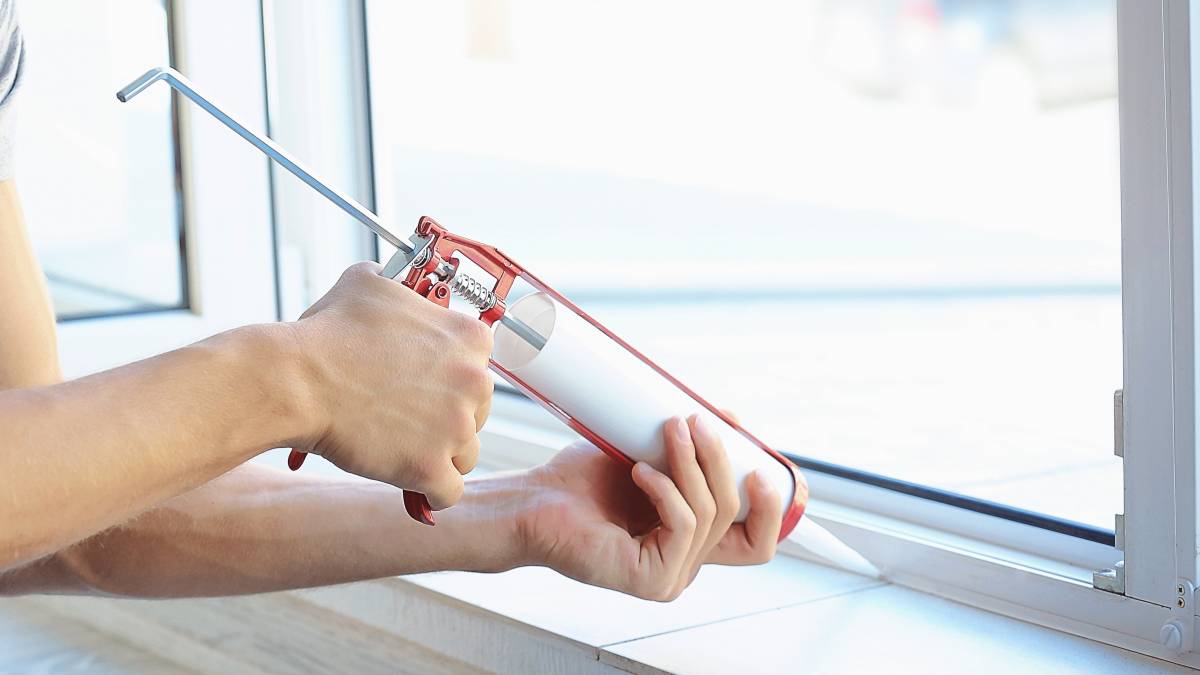
How much does window repair cost?
Read more
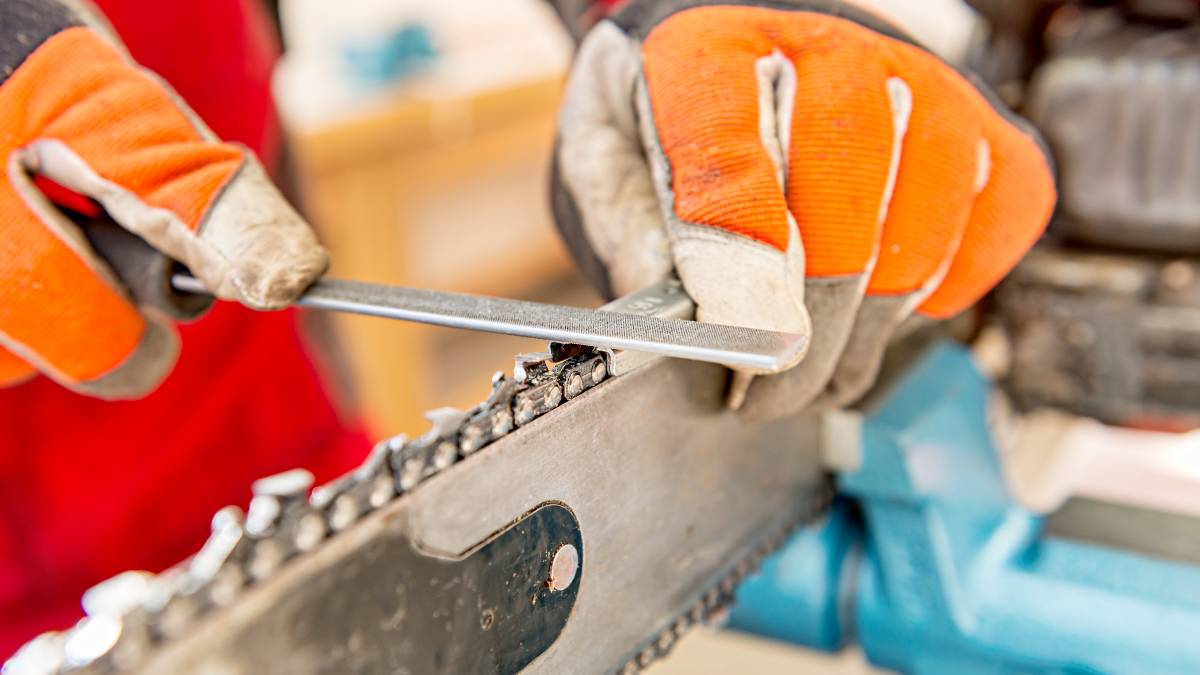
How much do chainsaw services cost?
Read more
